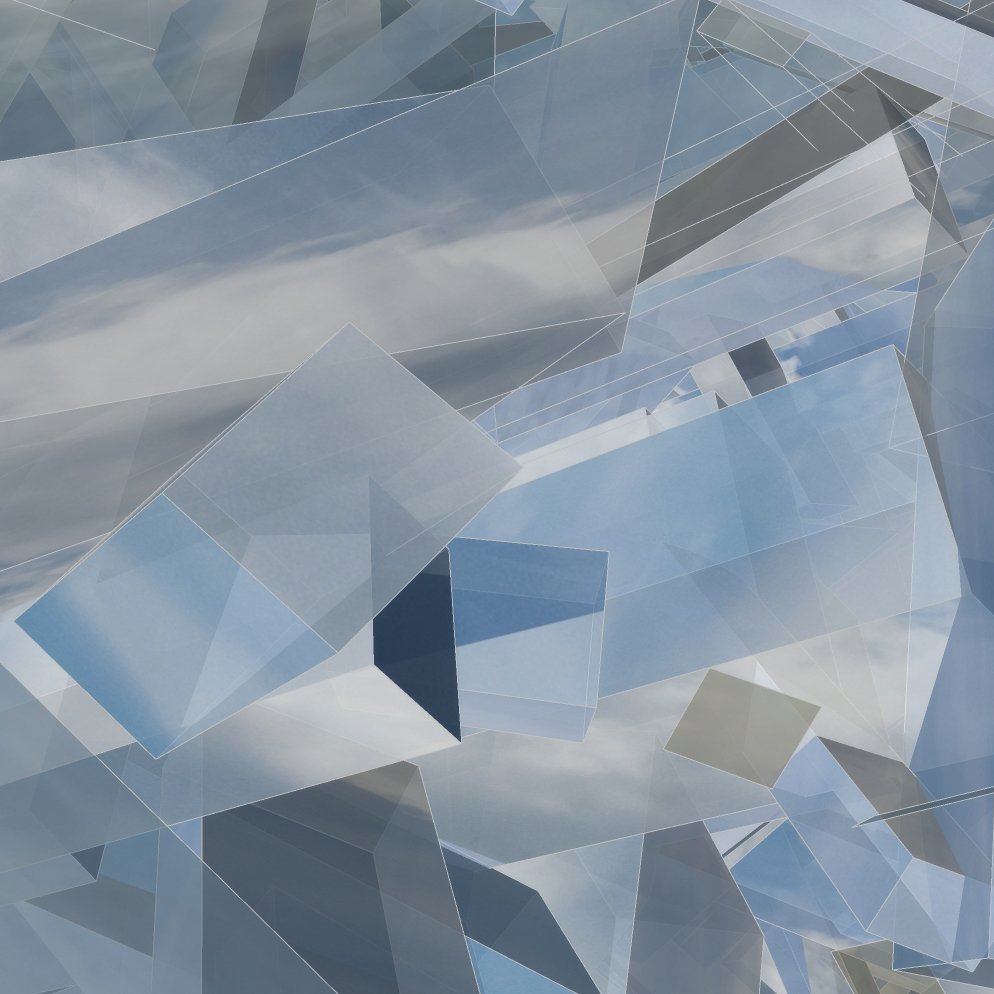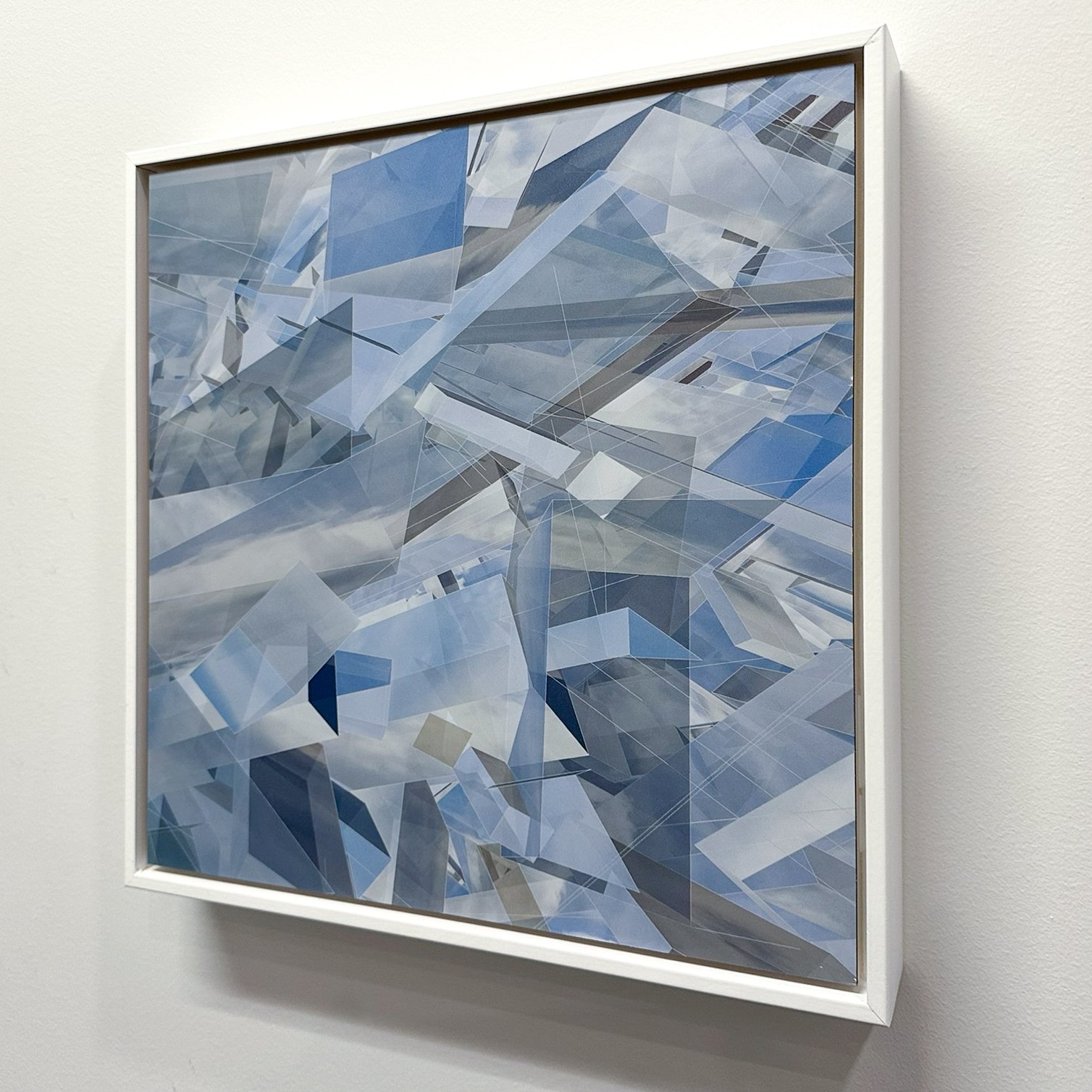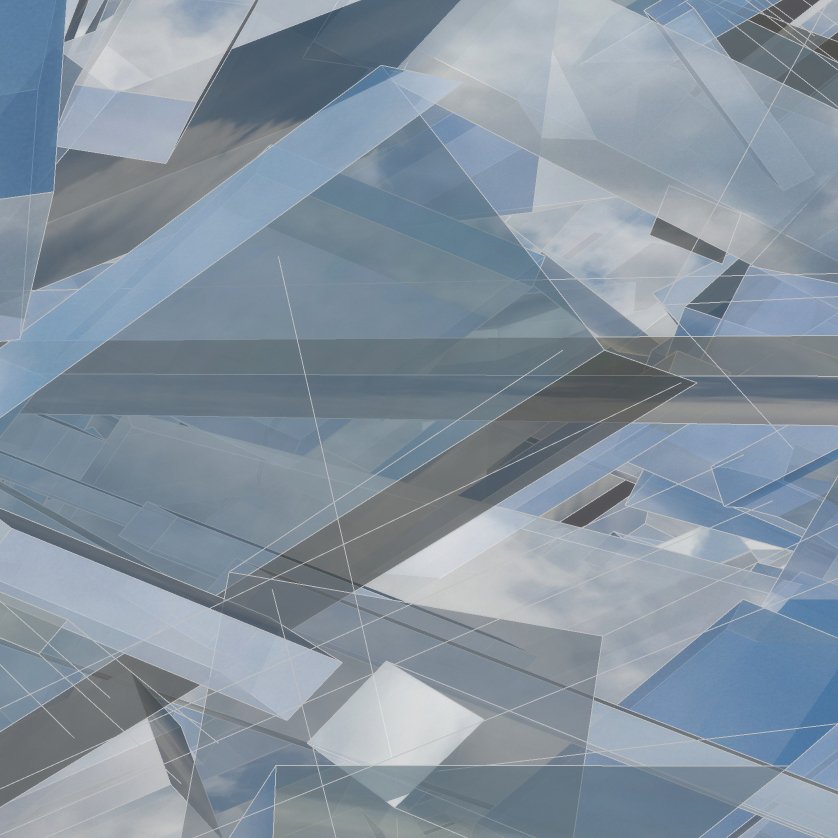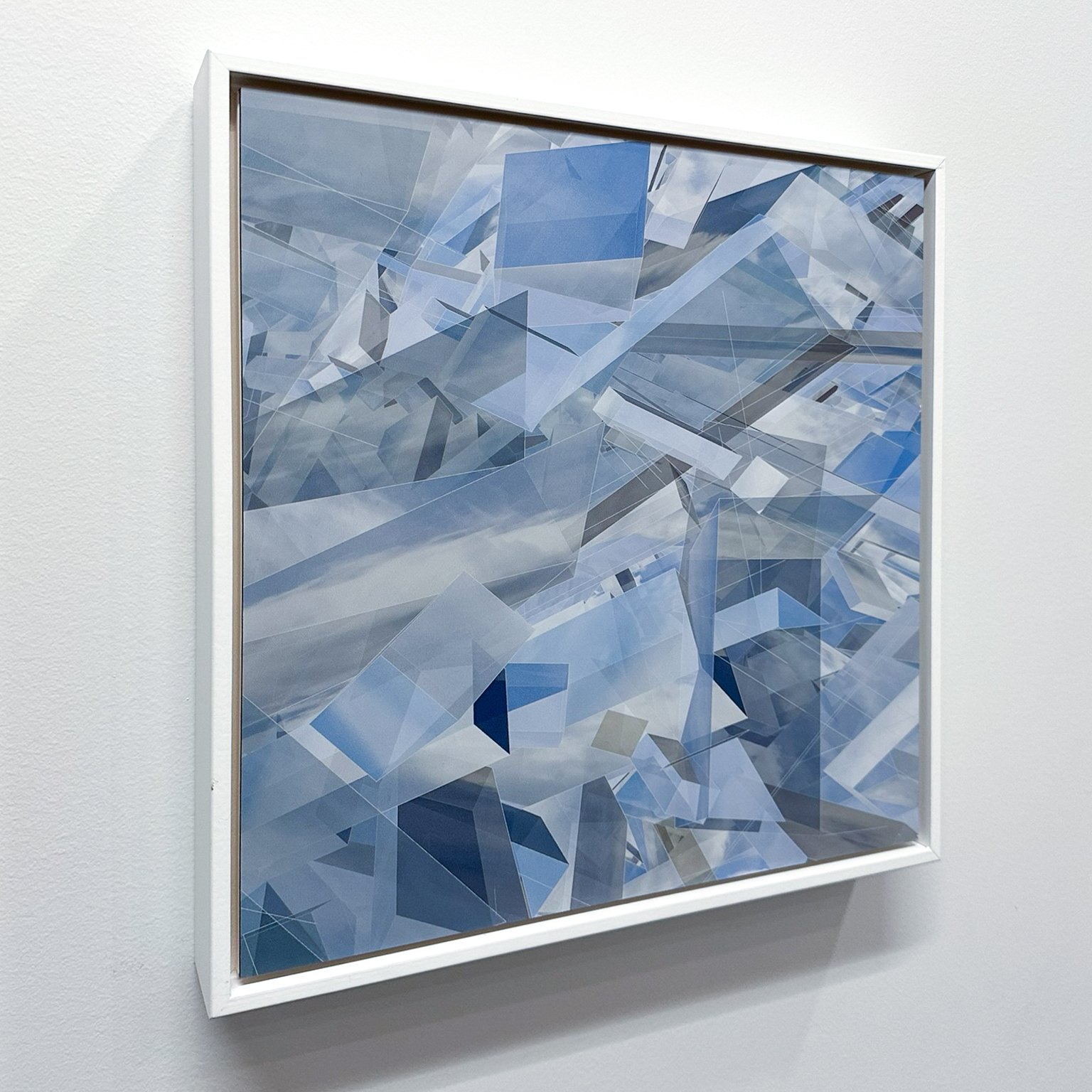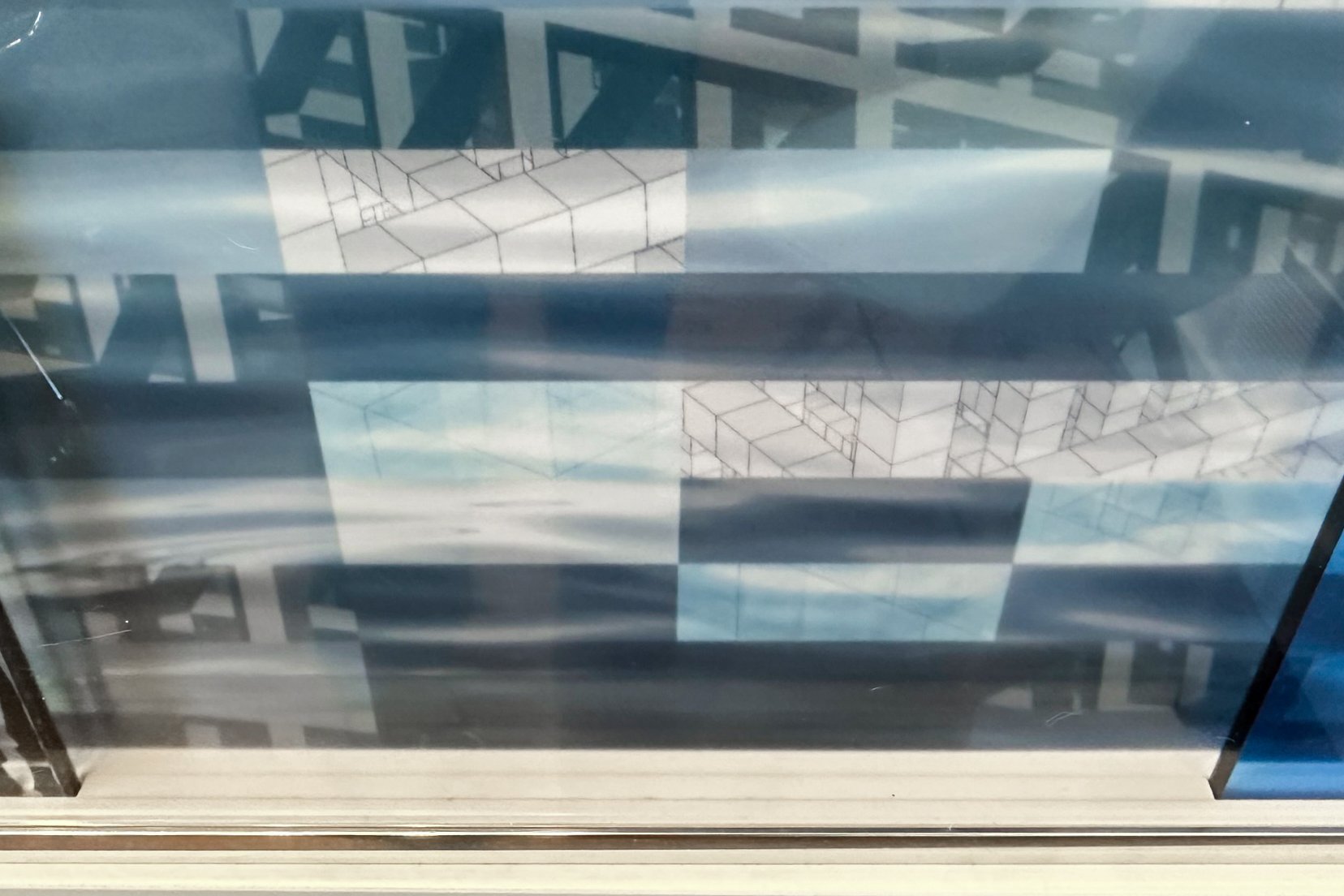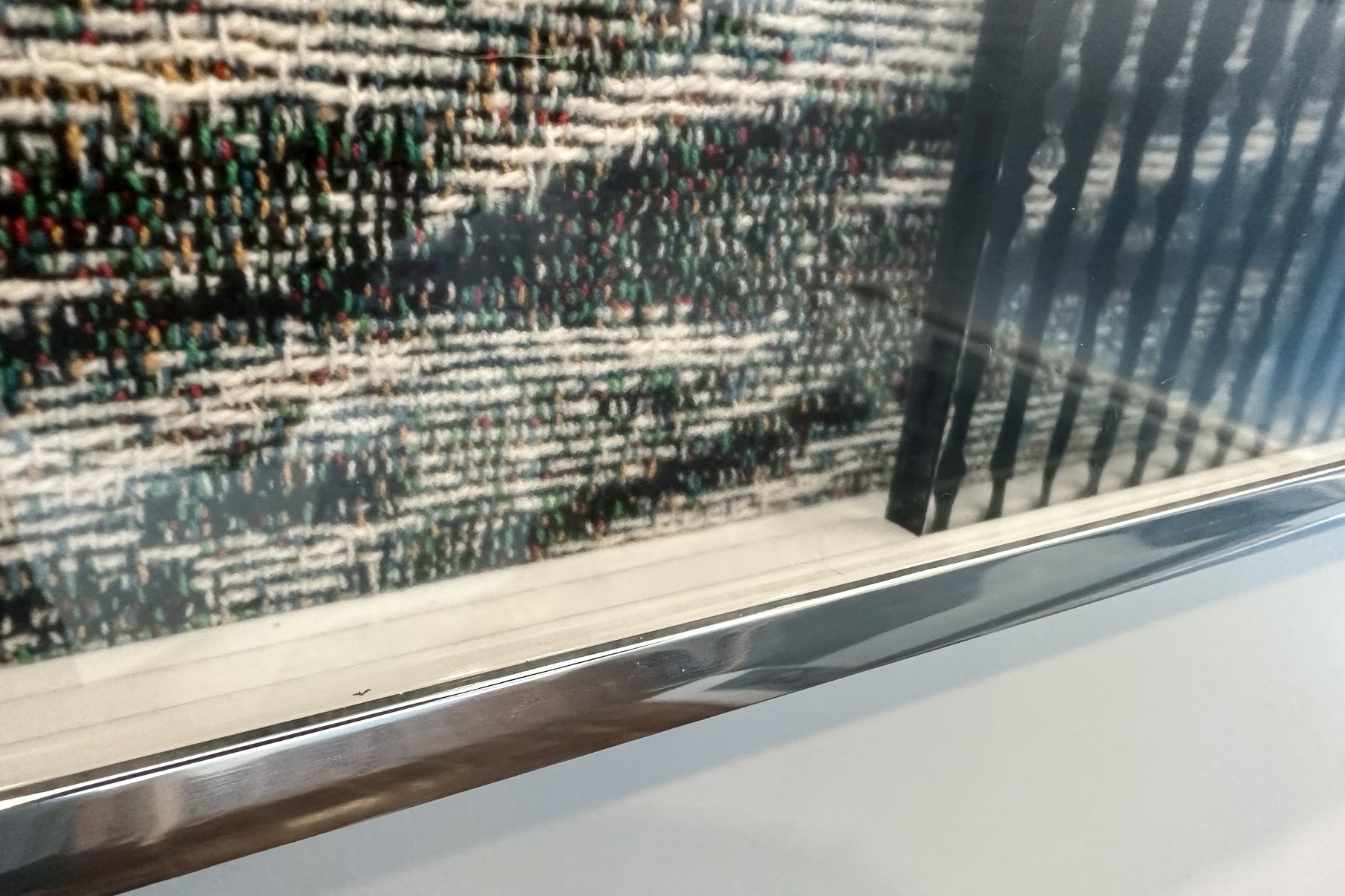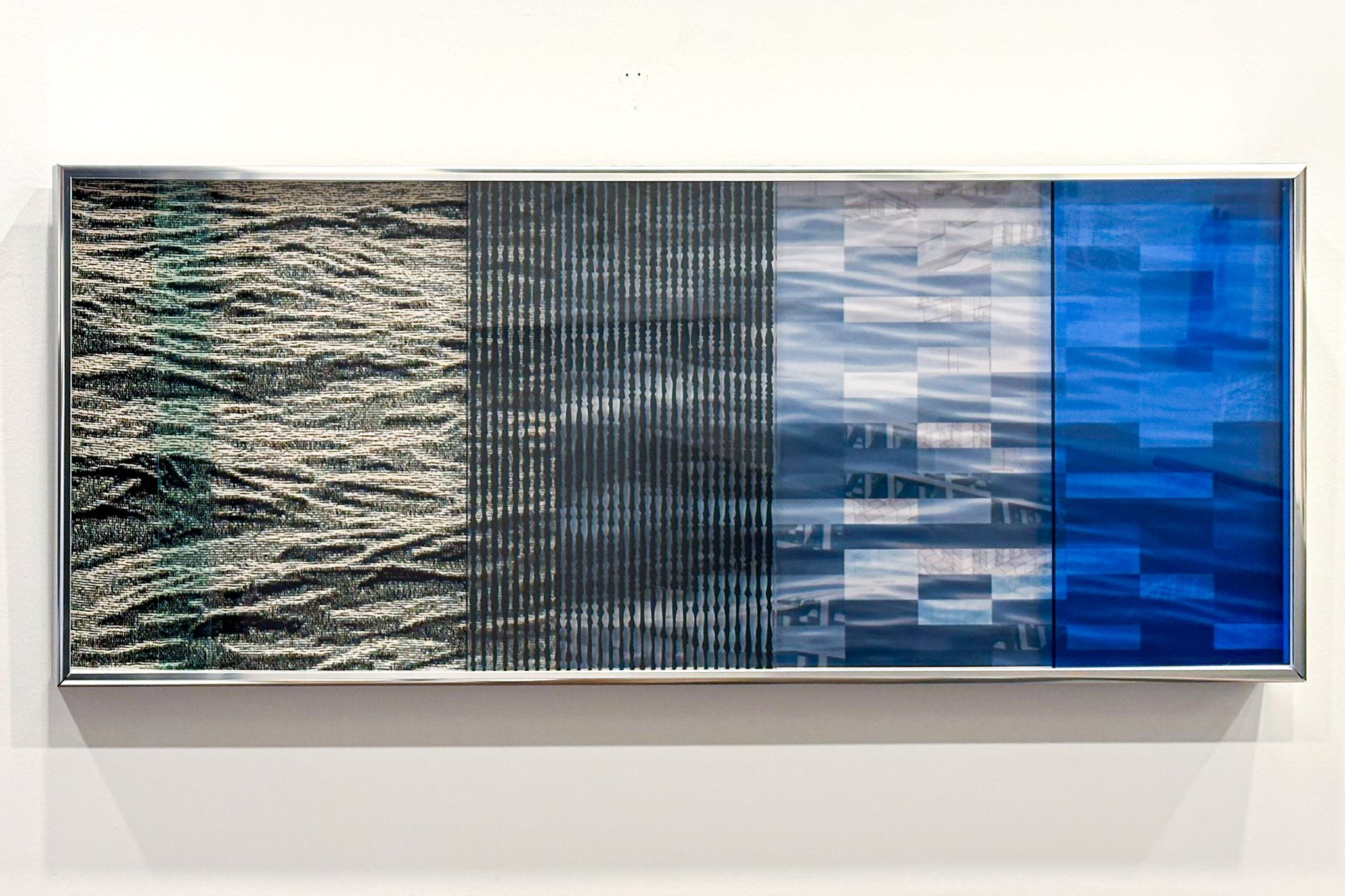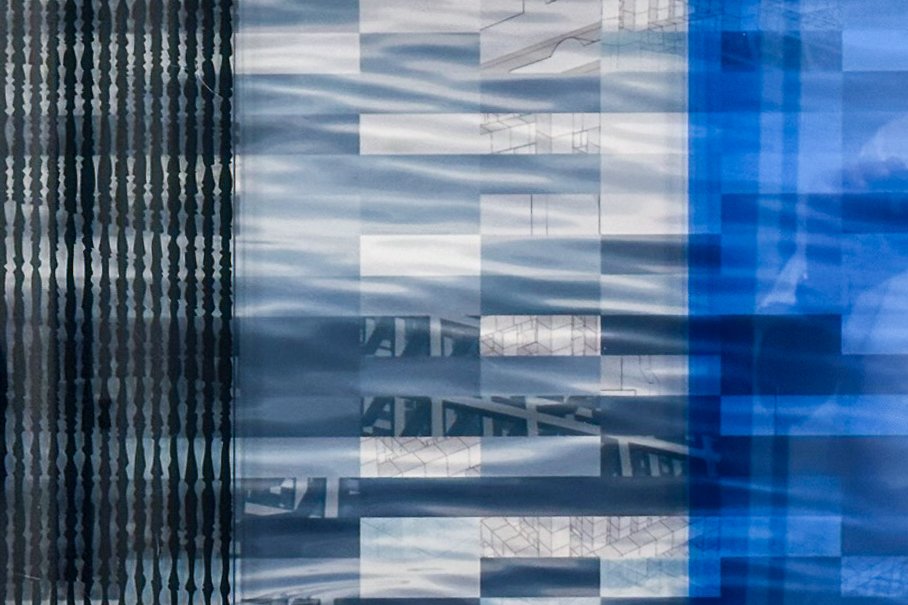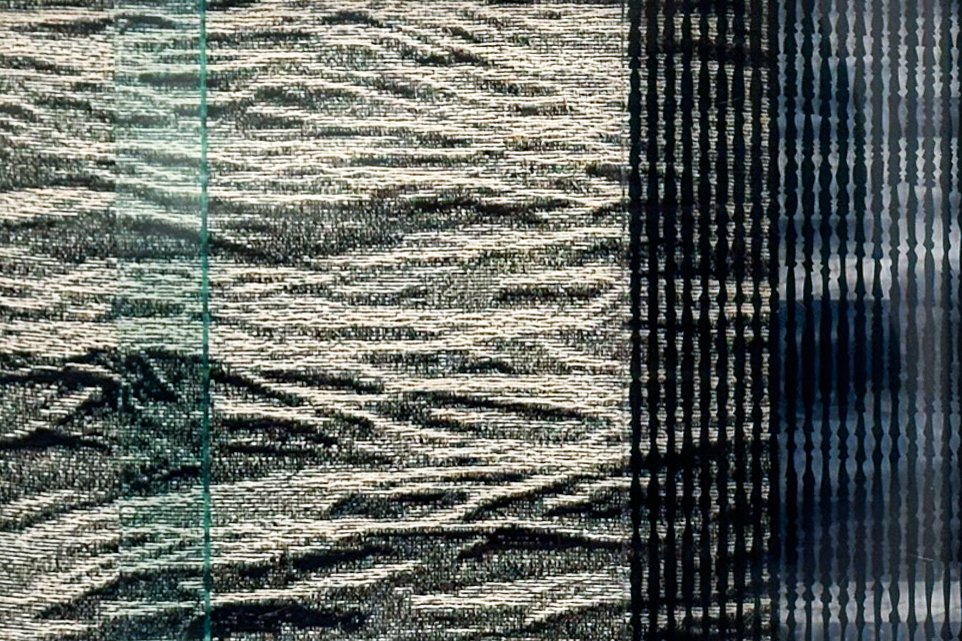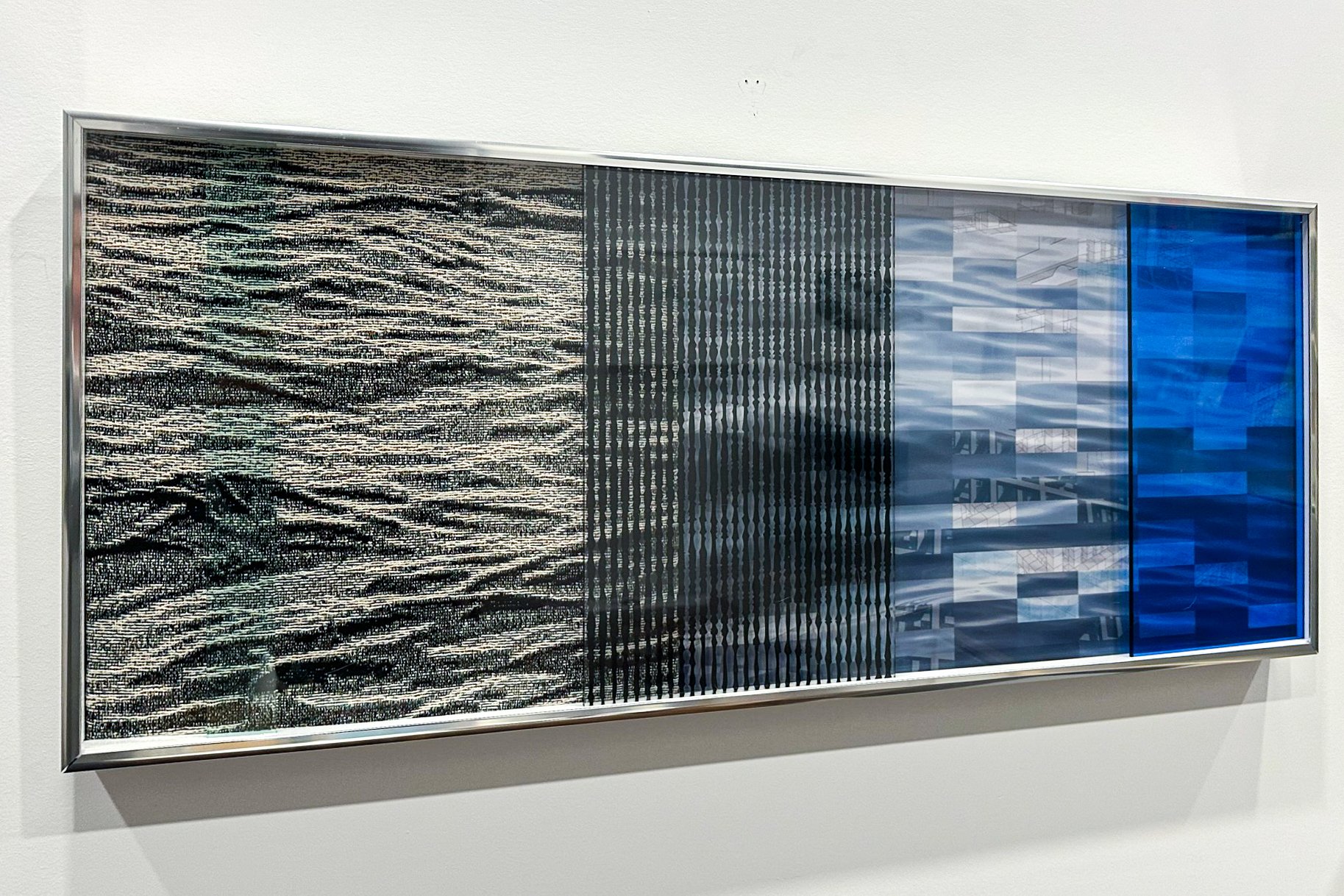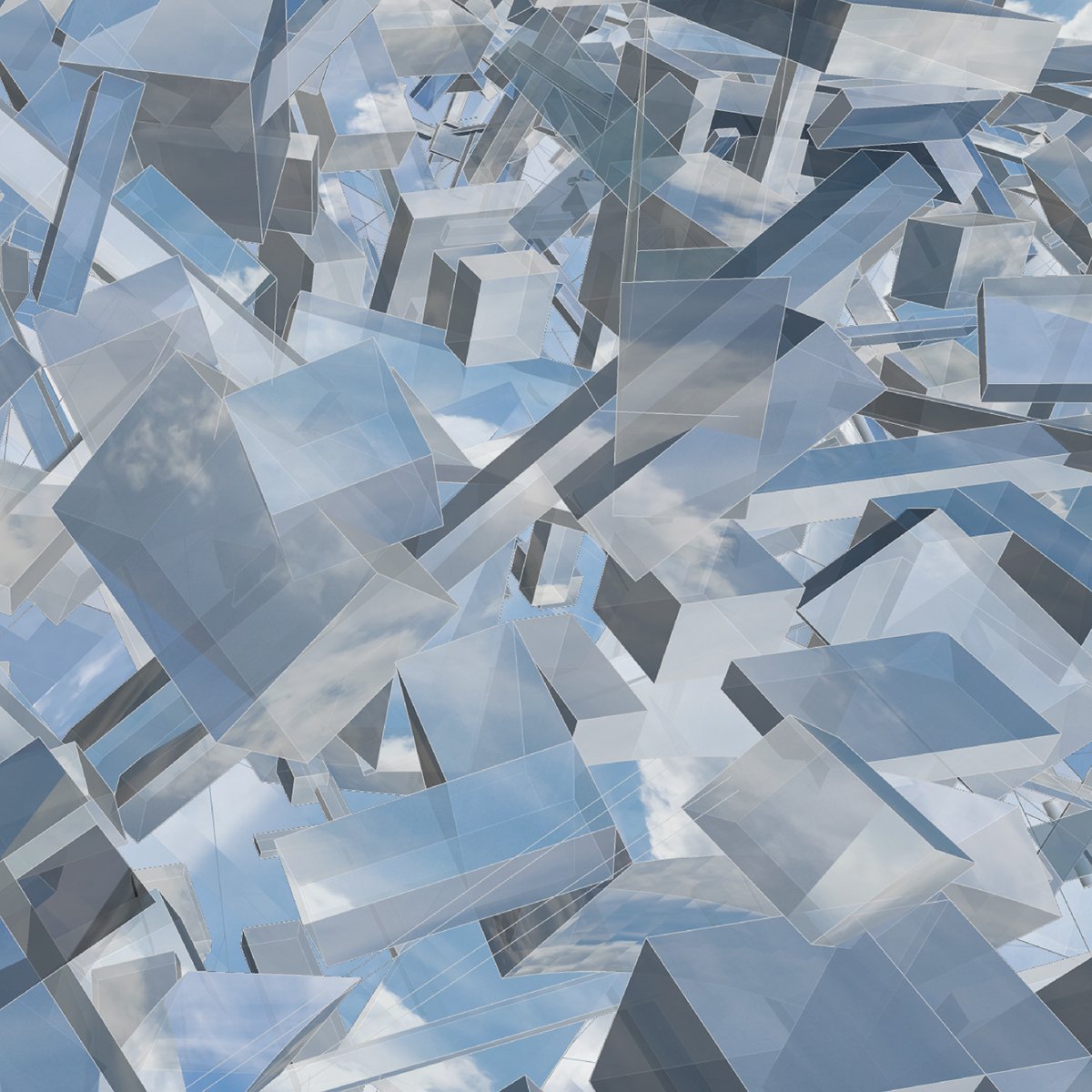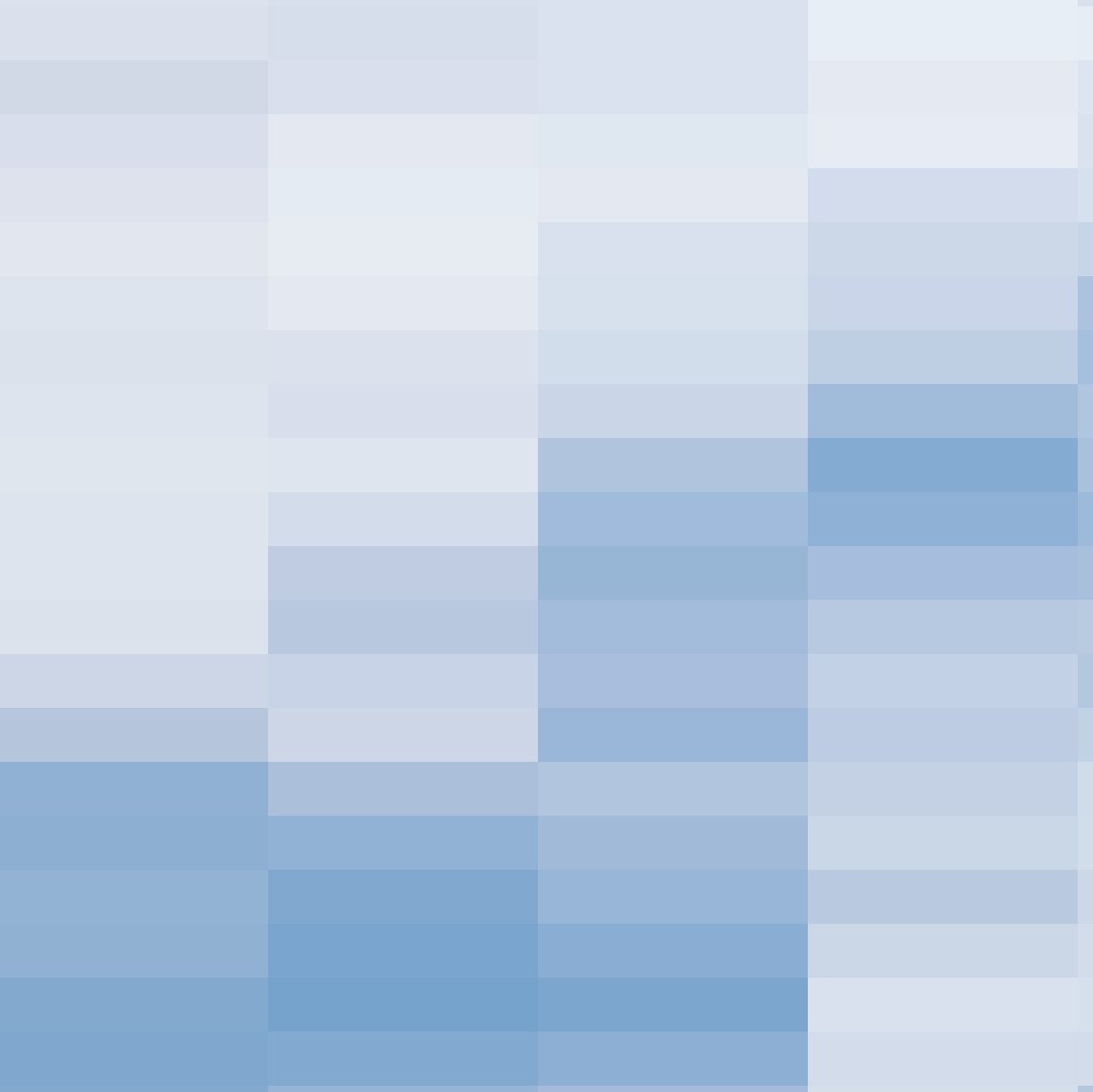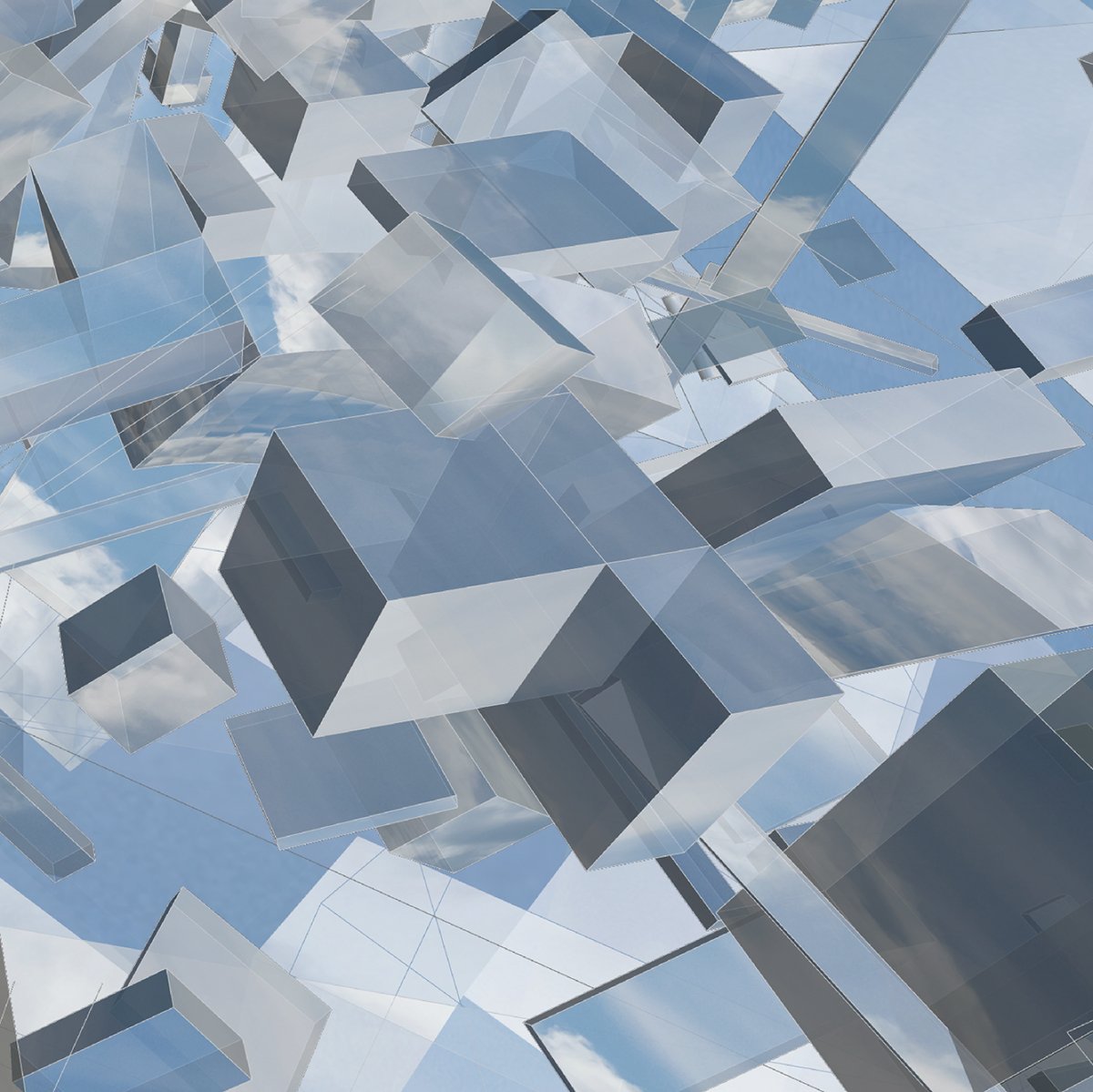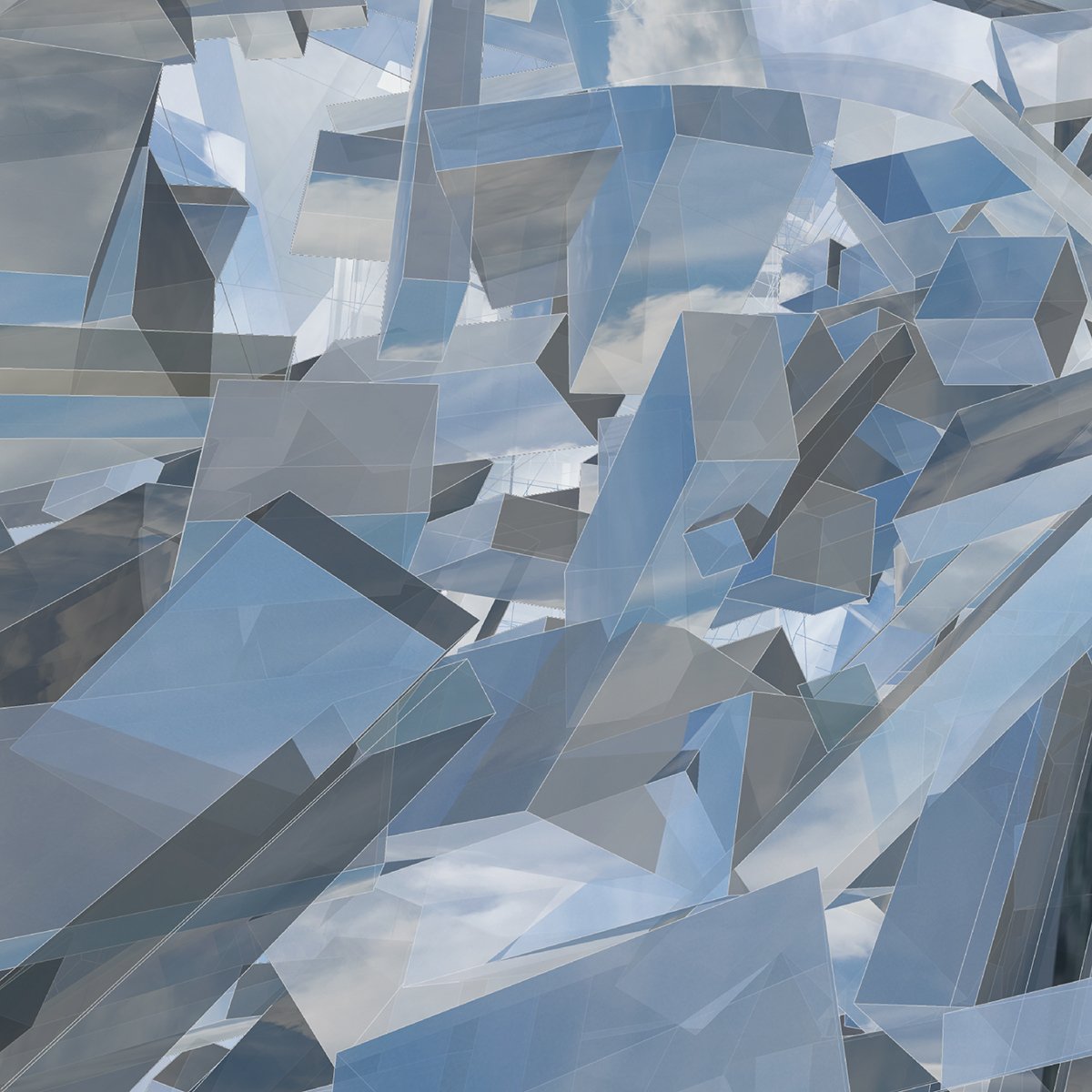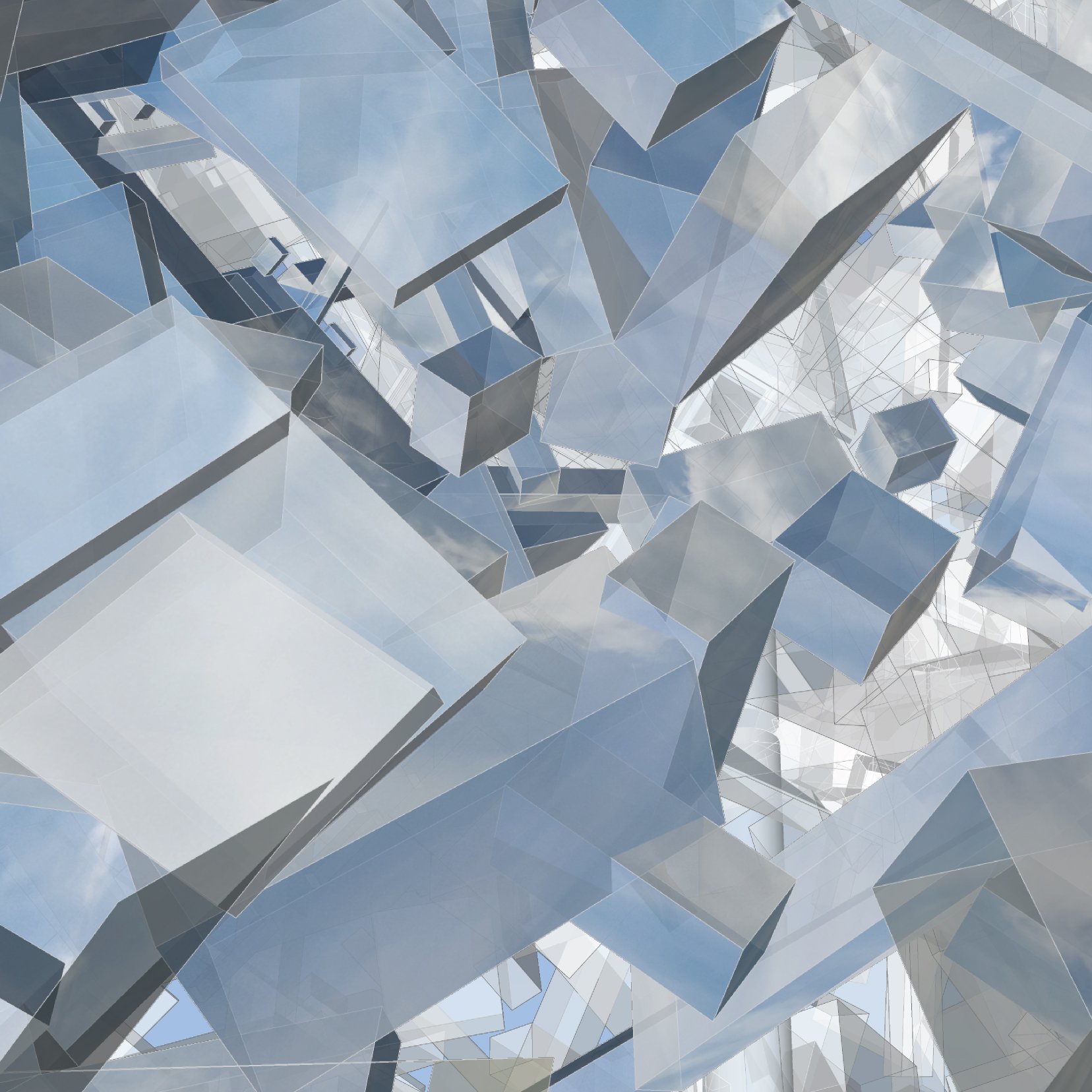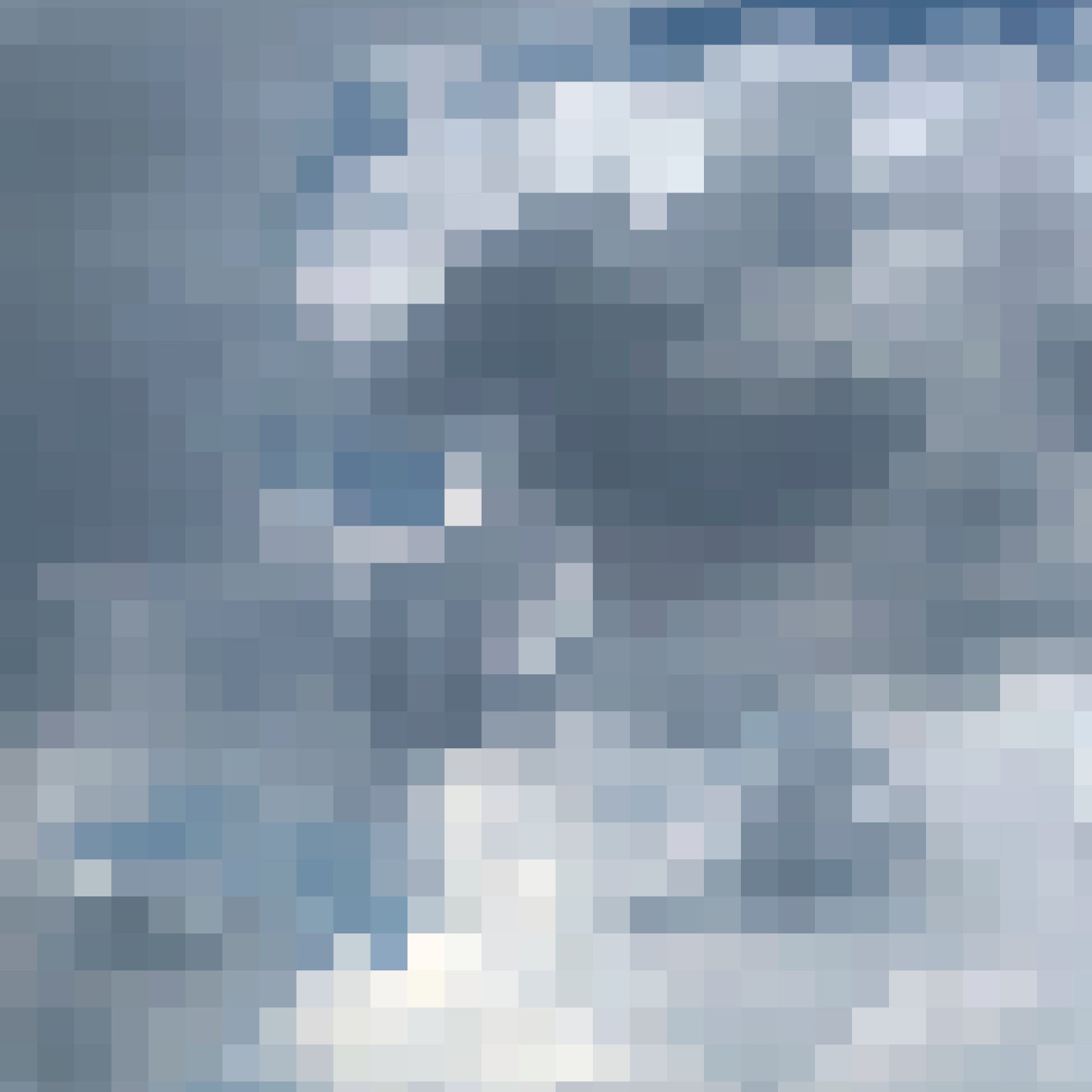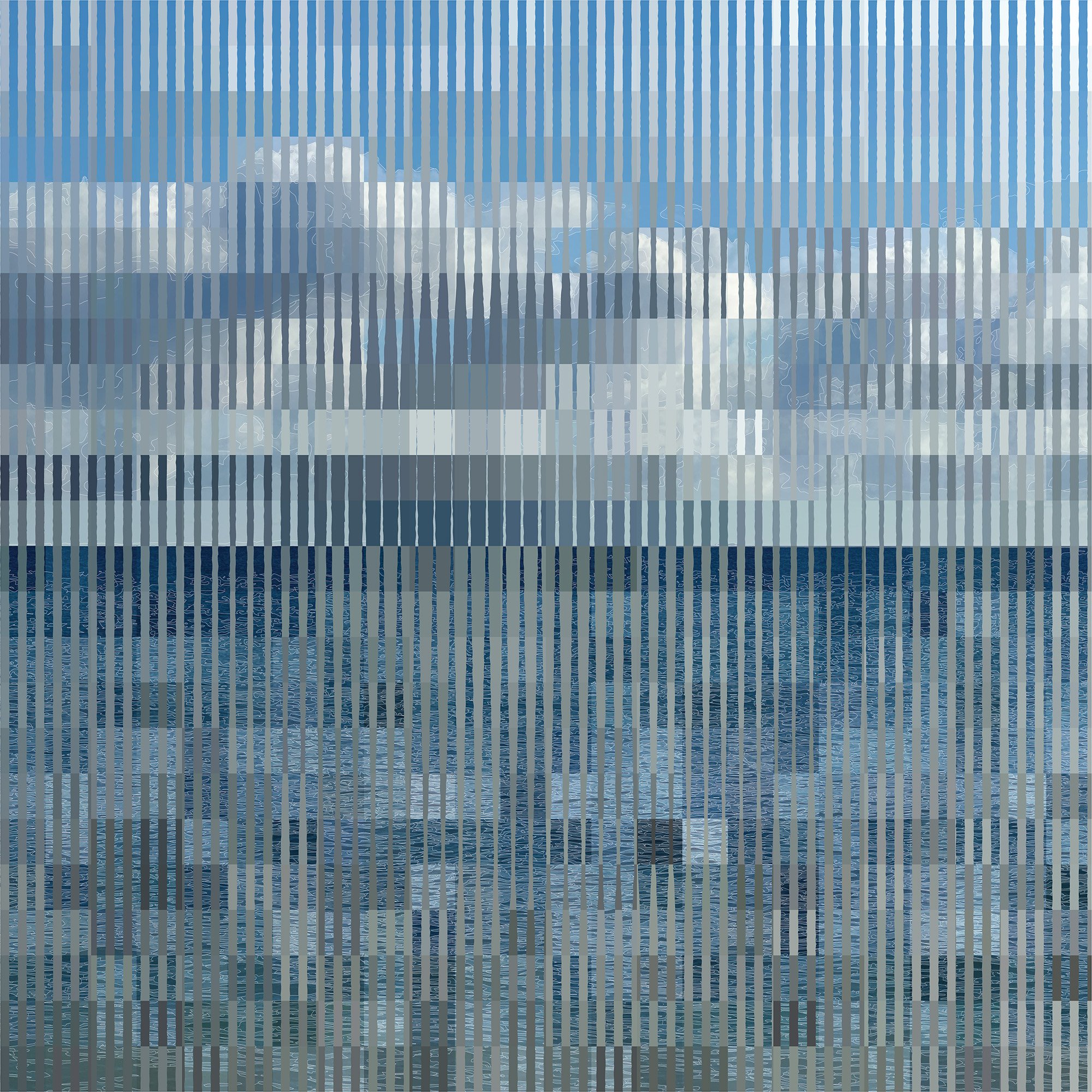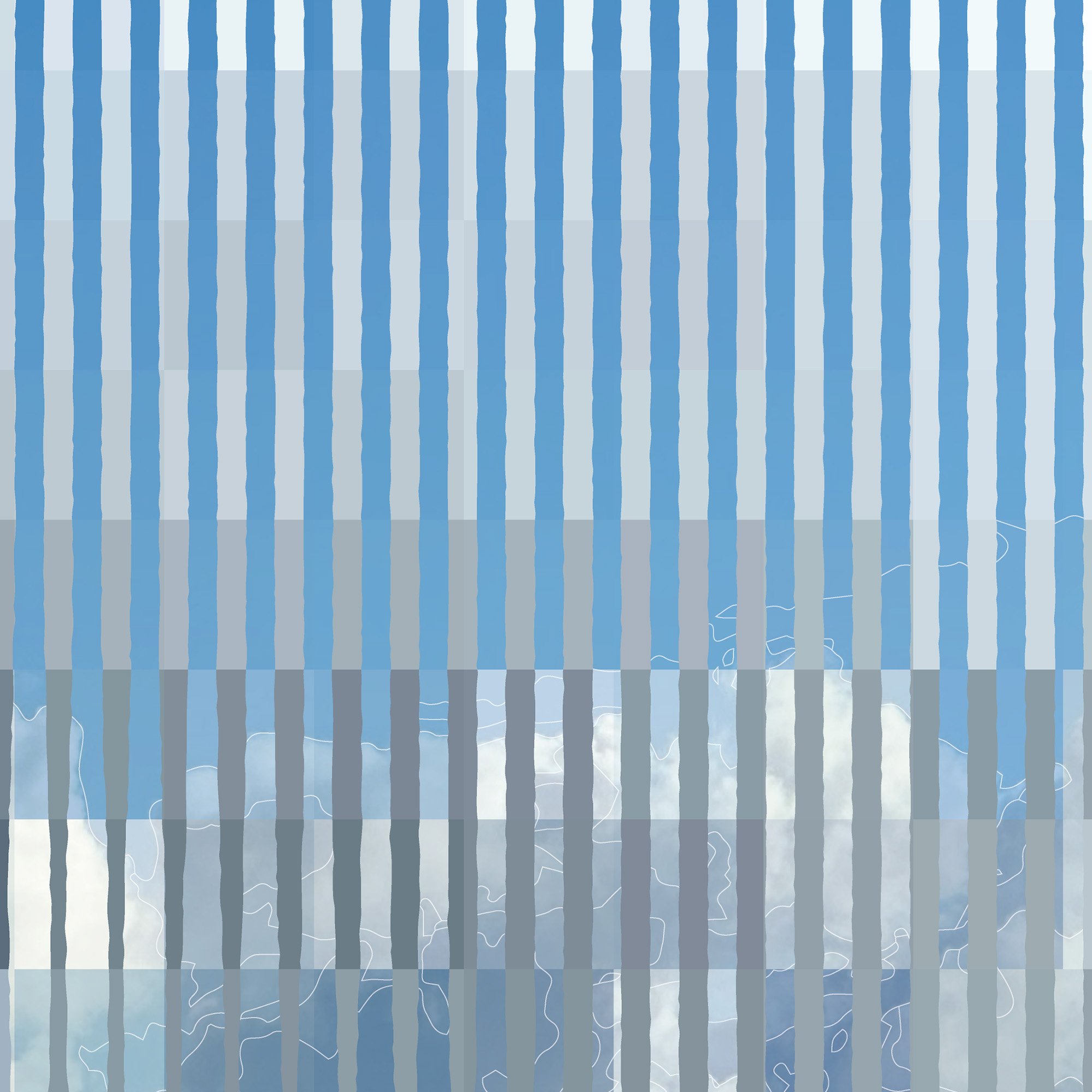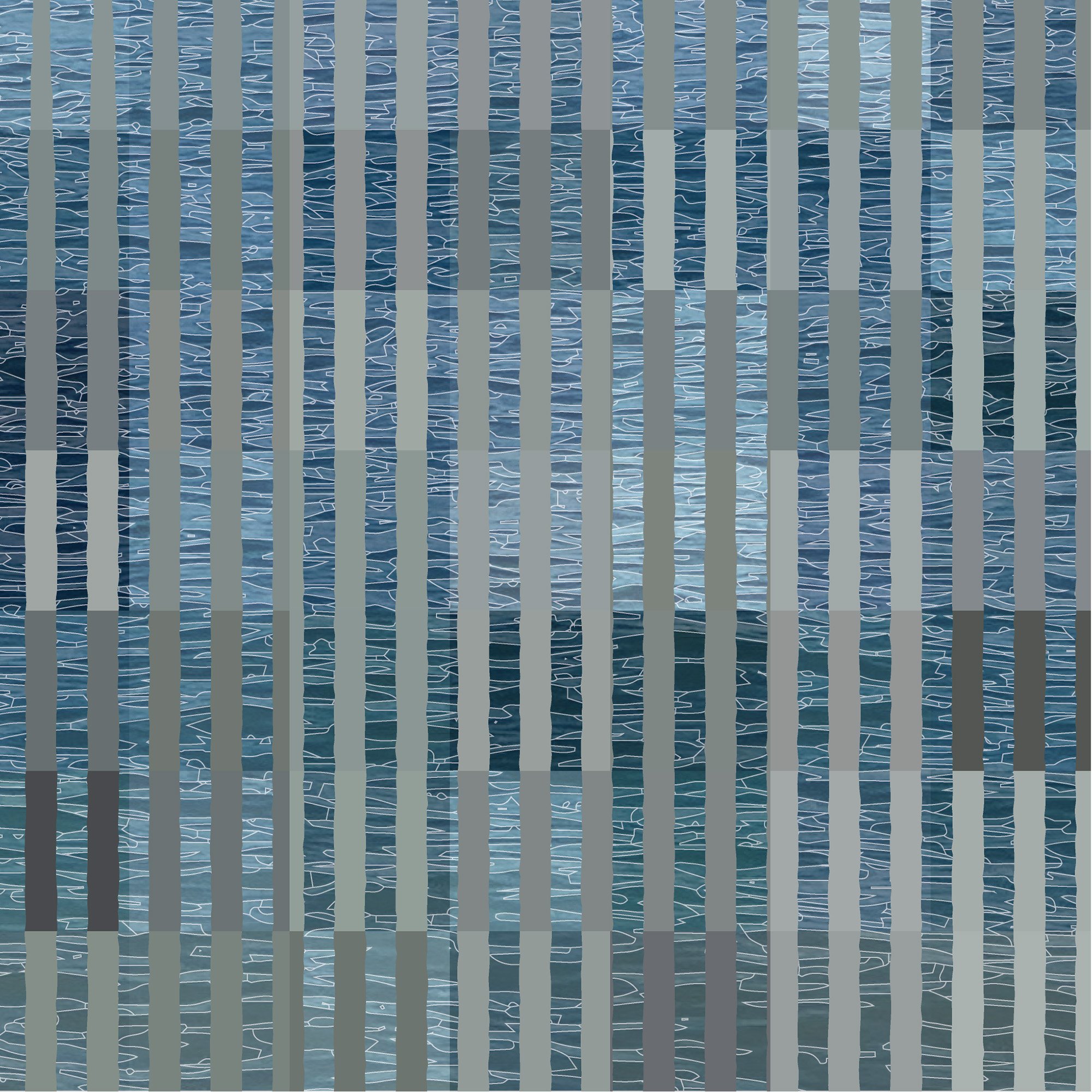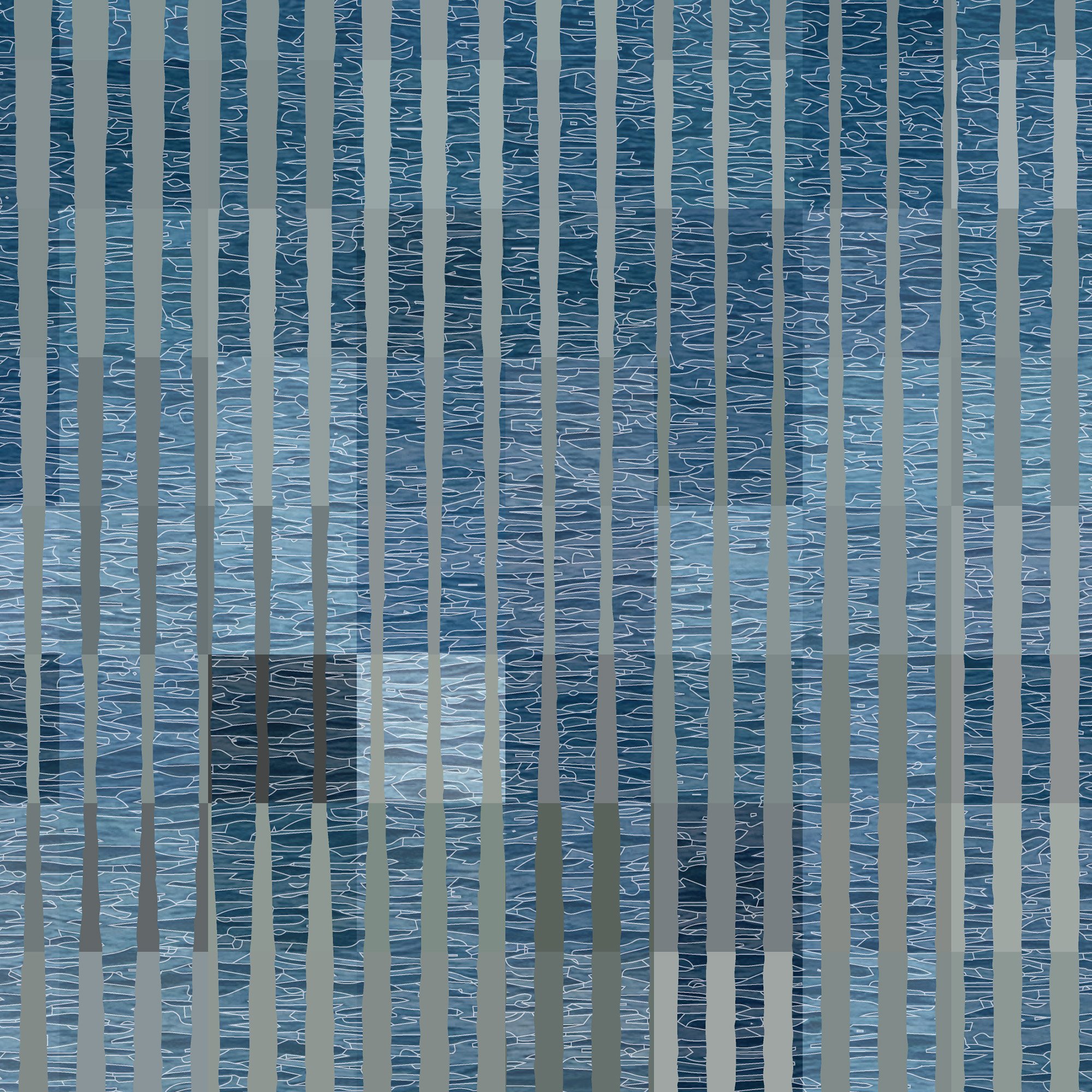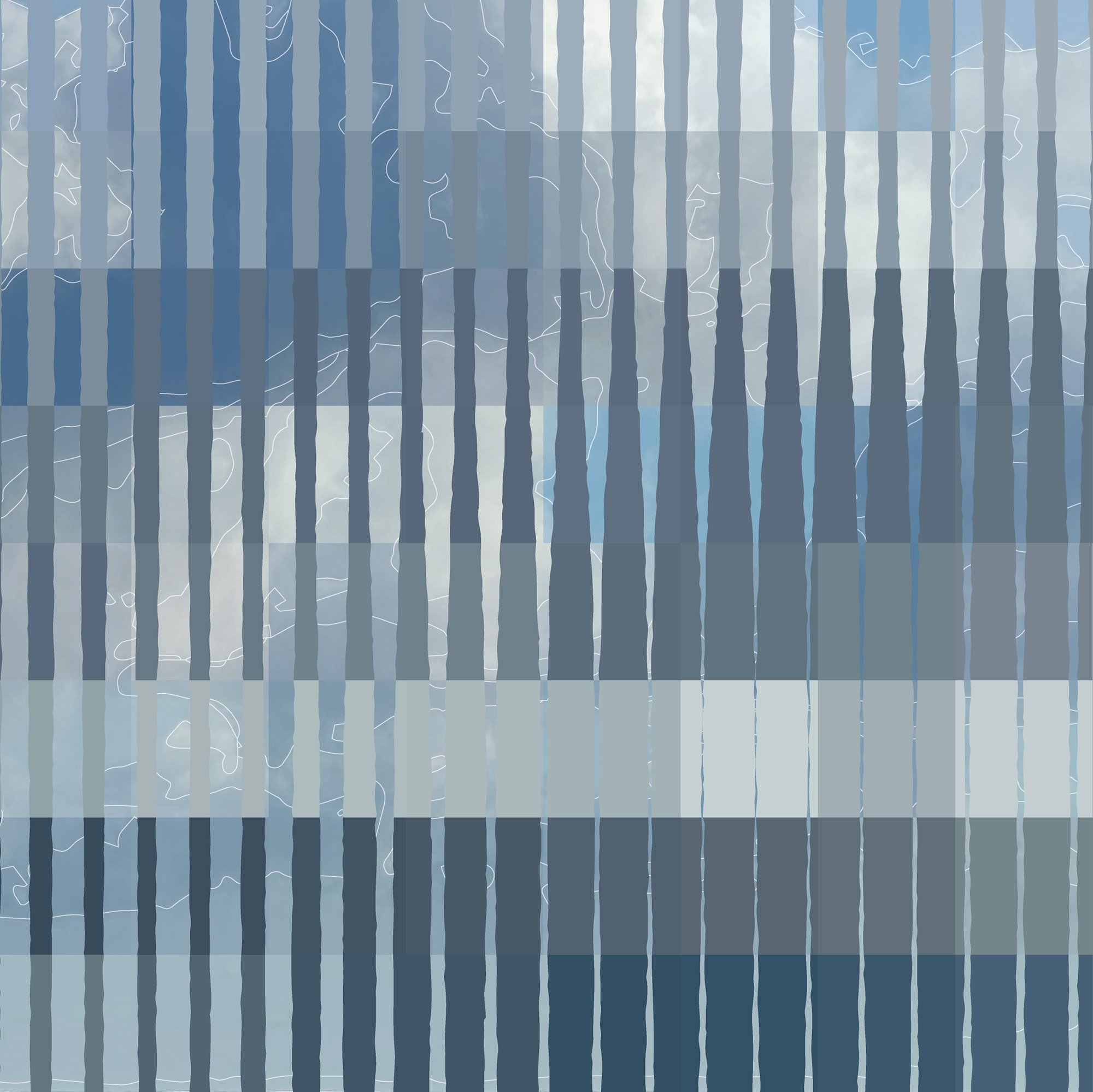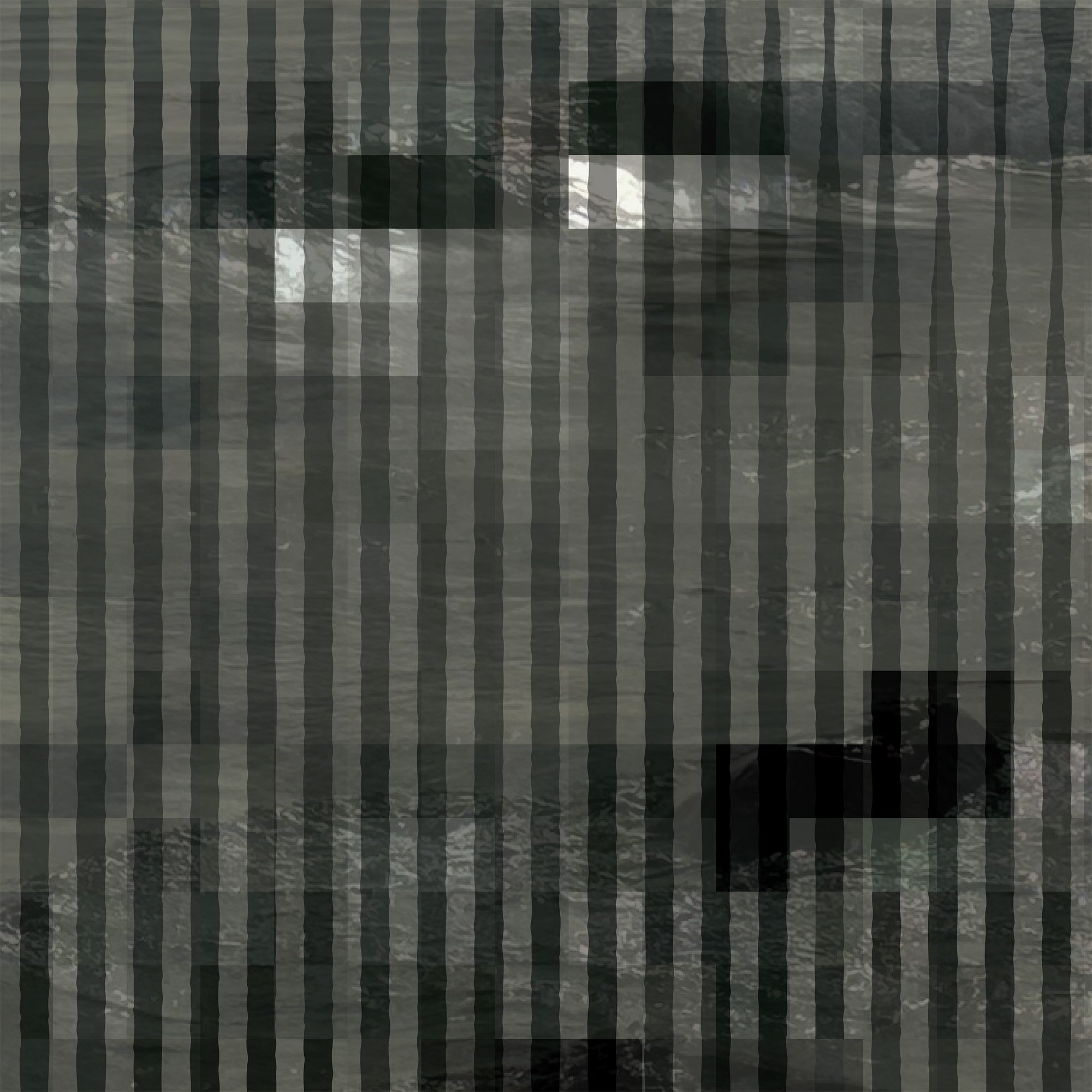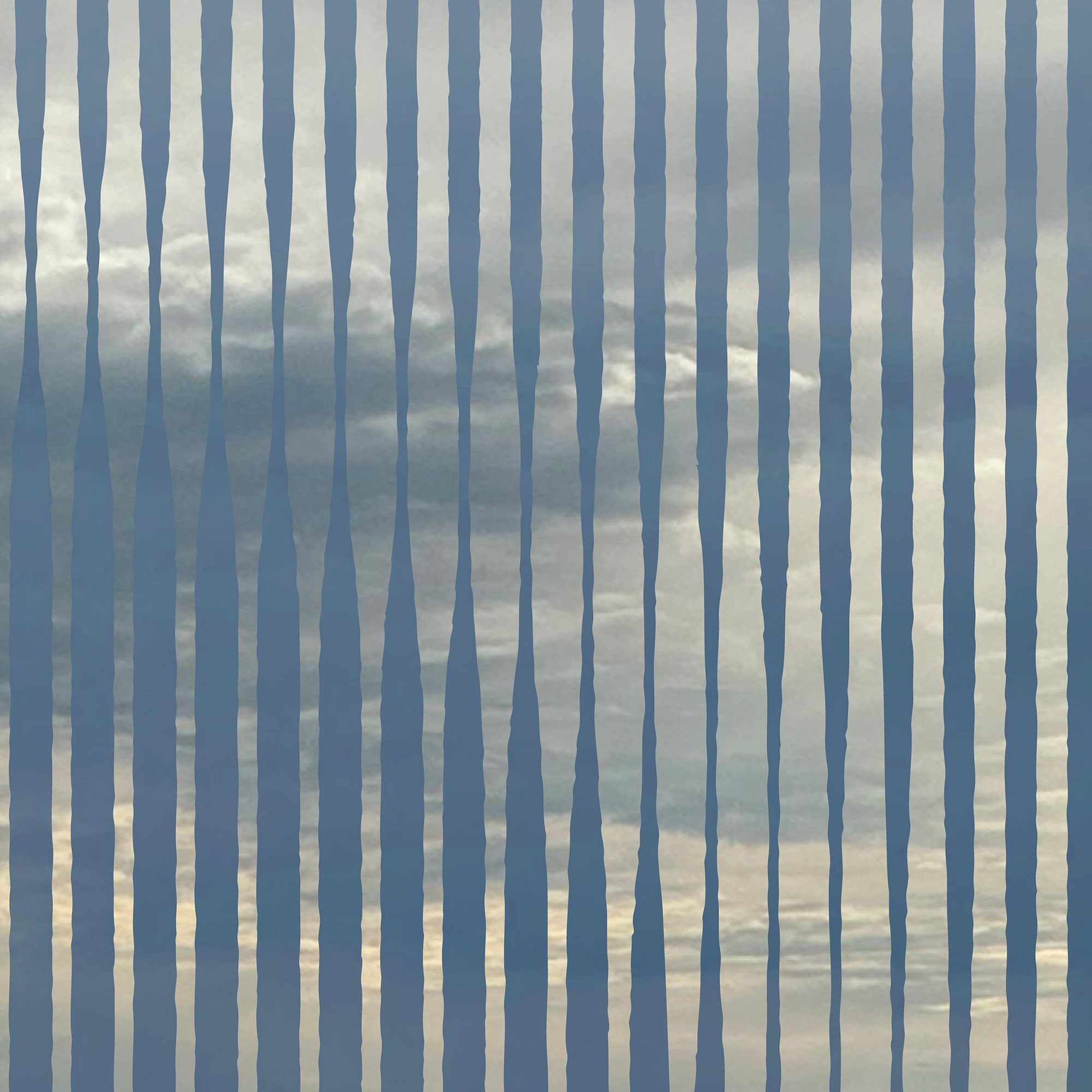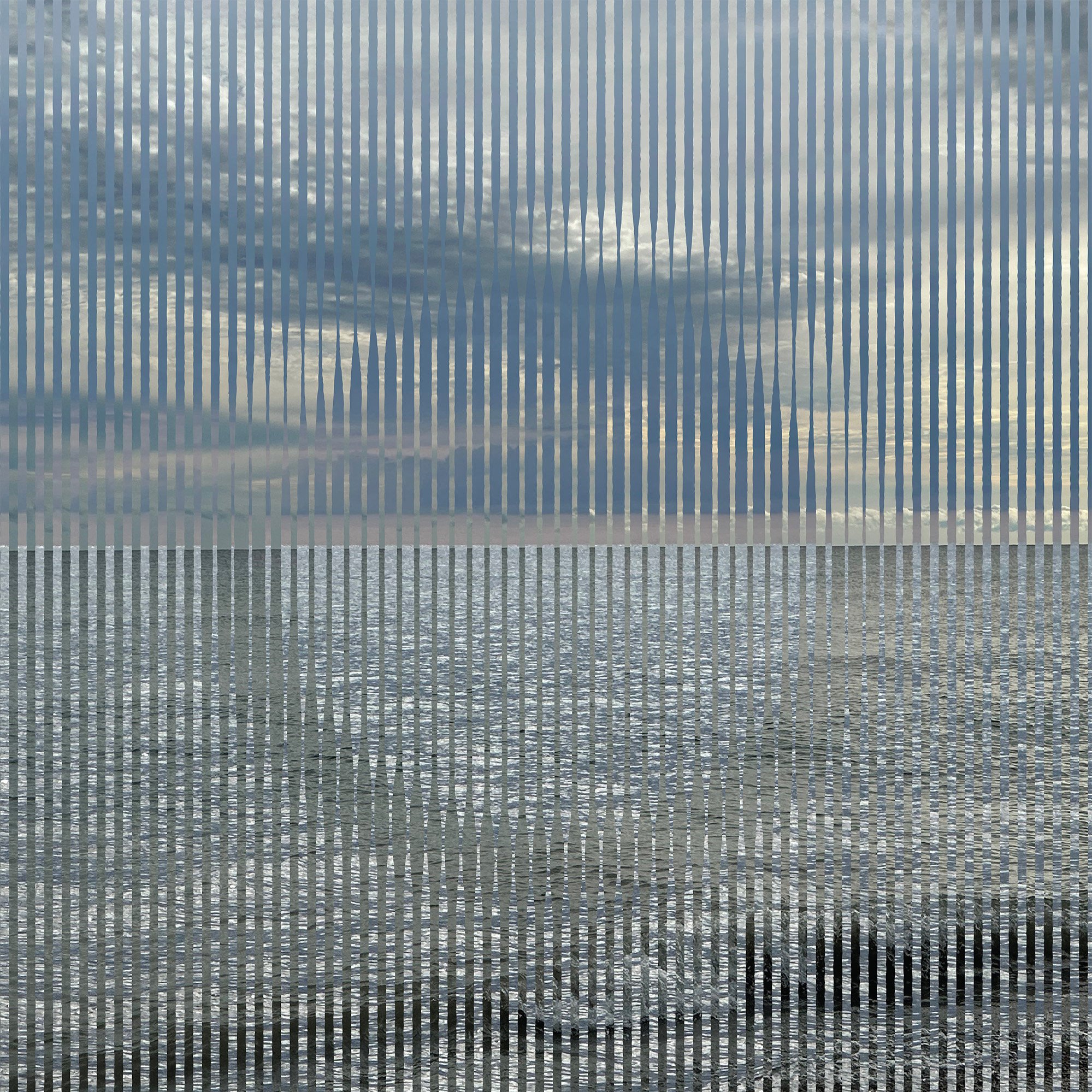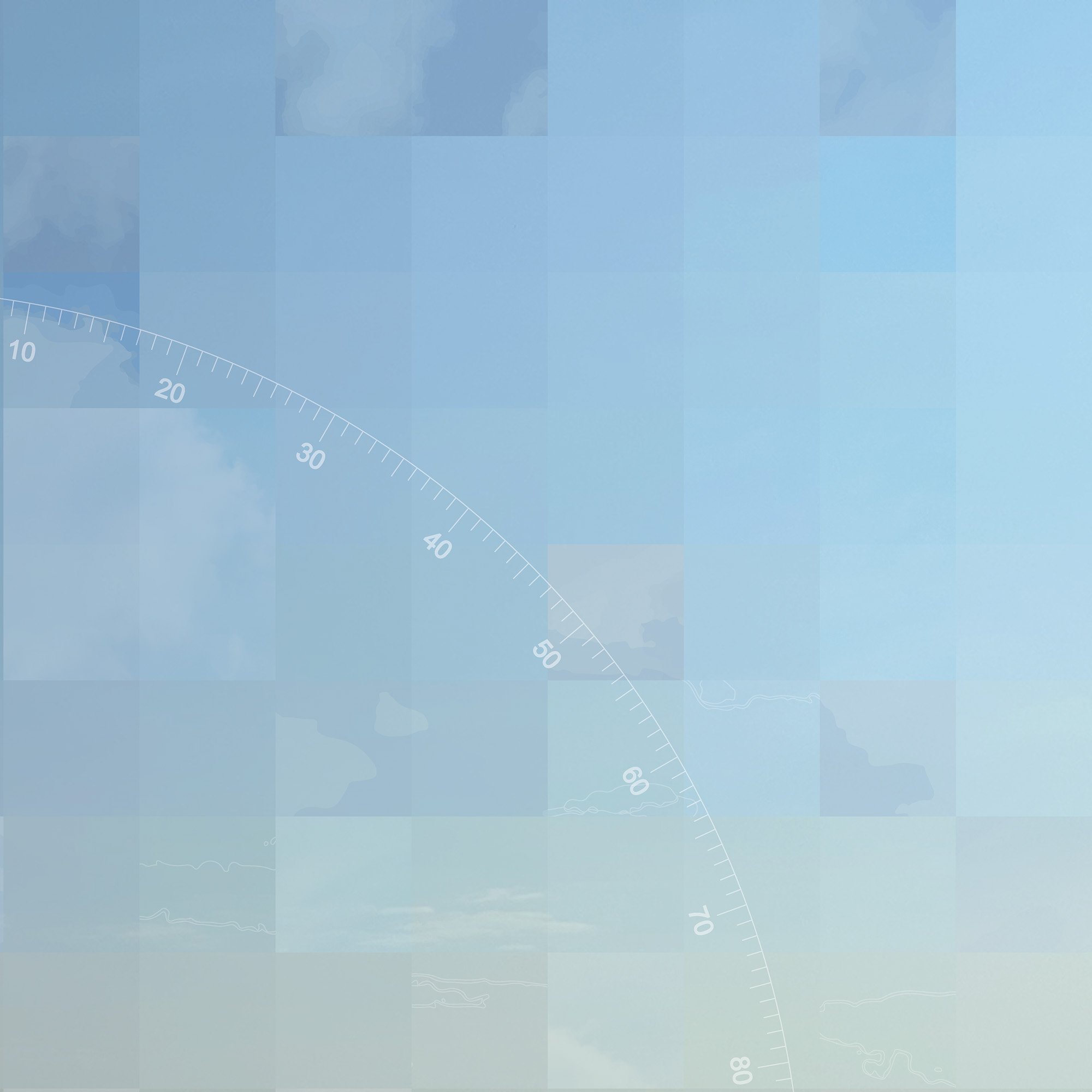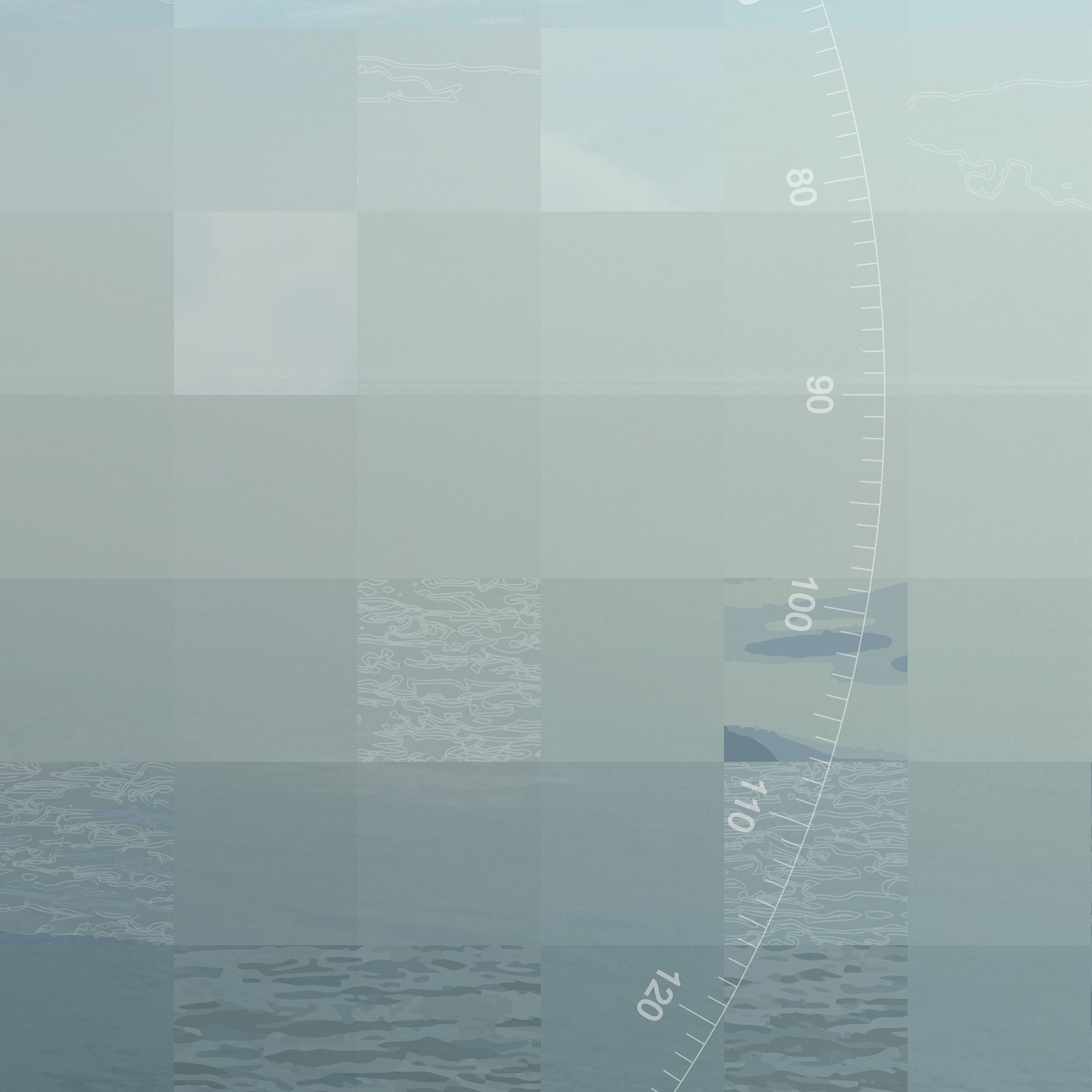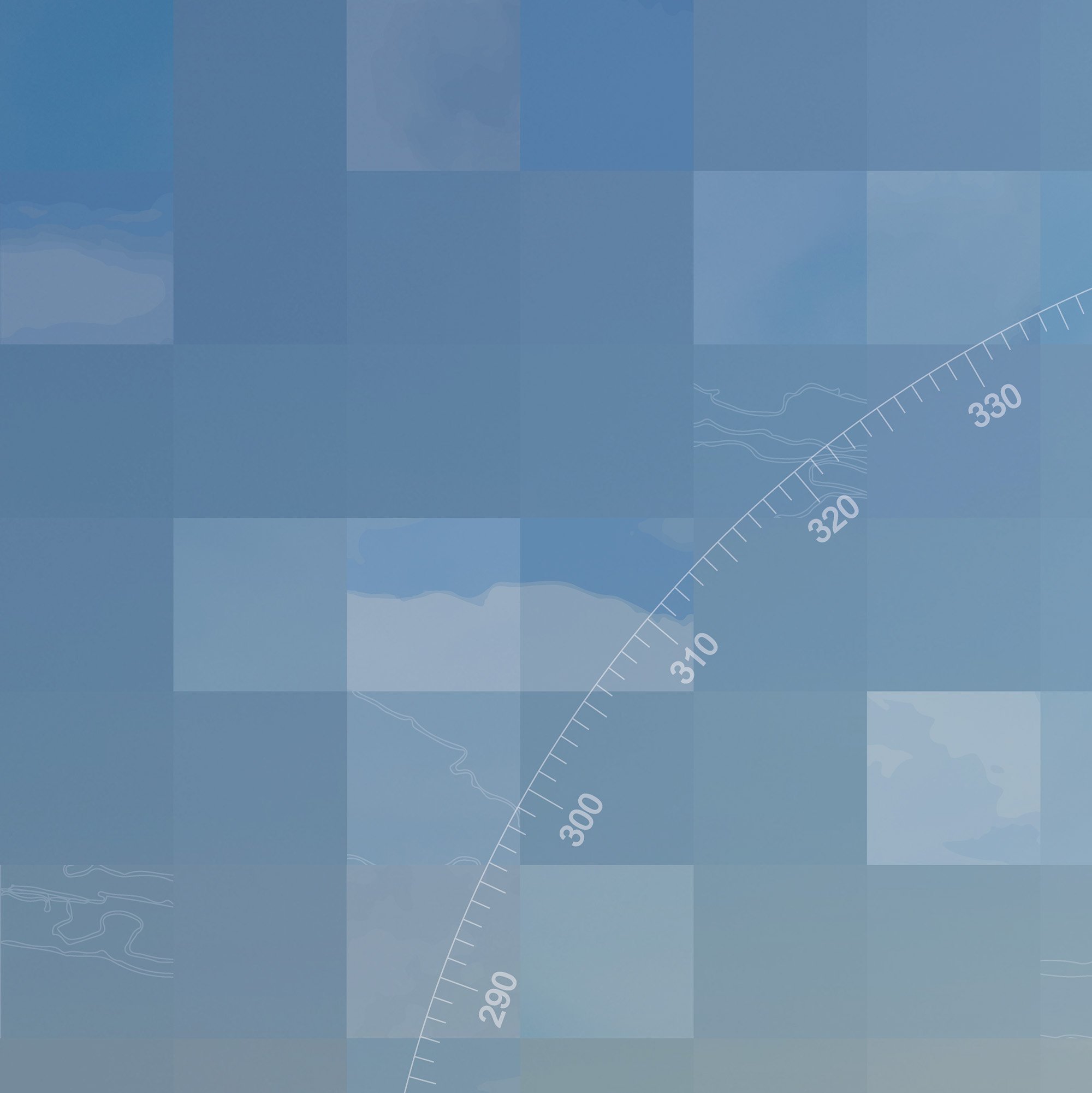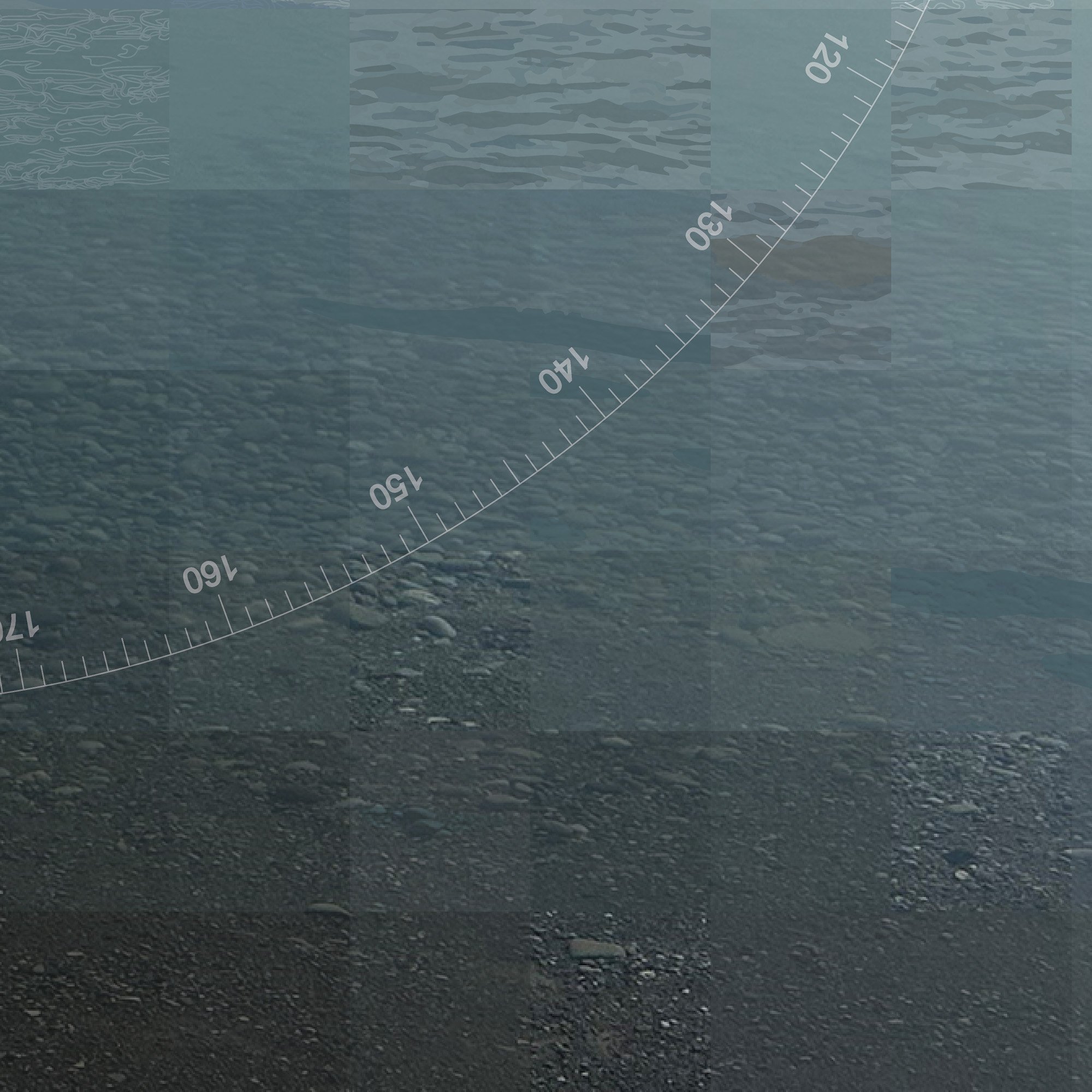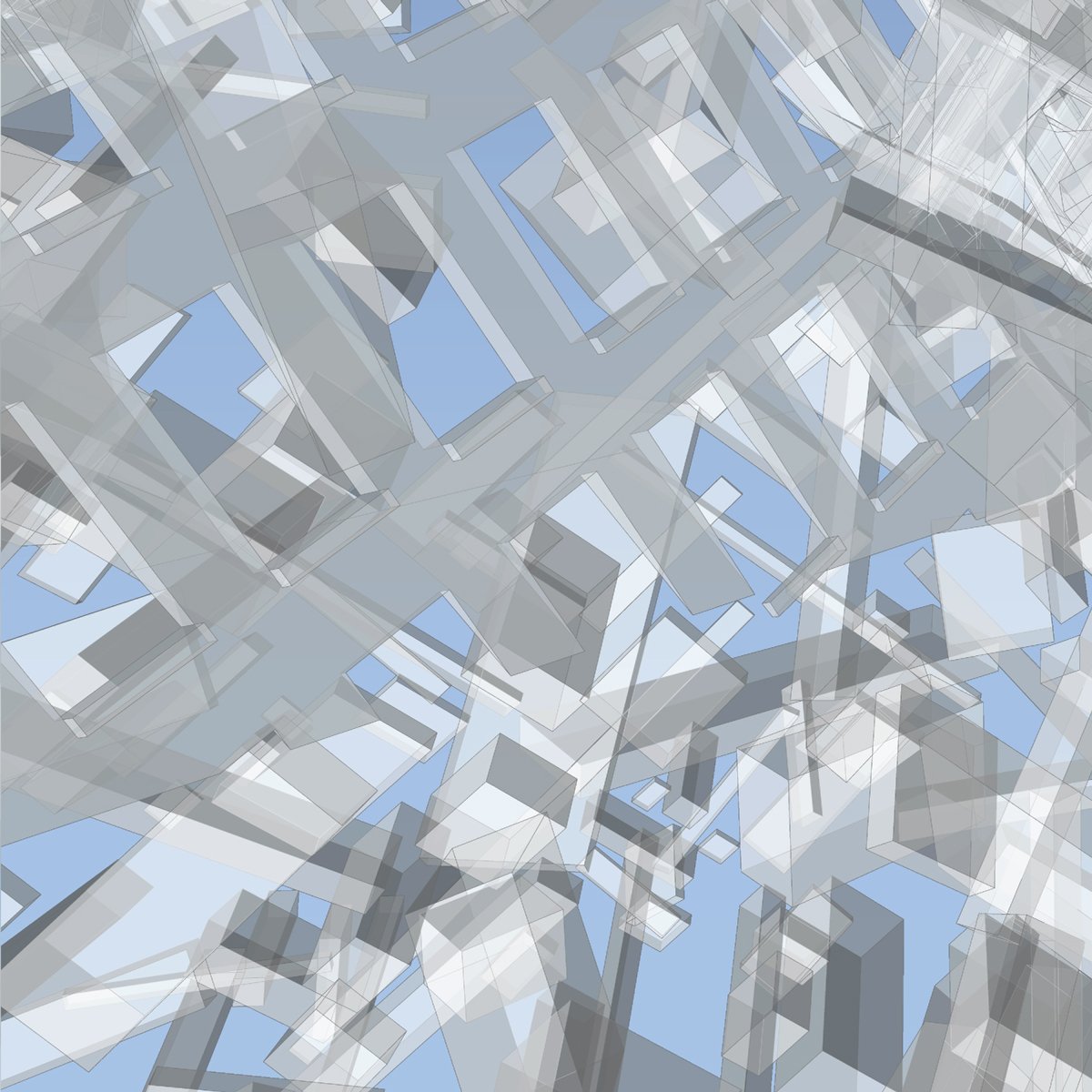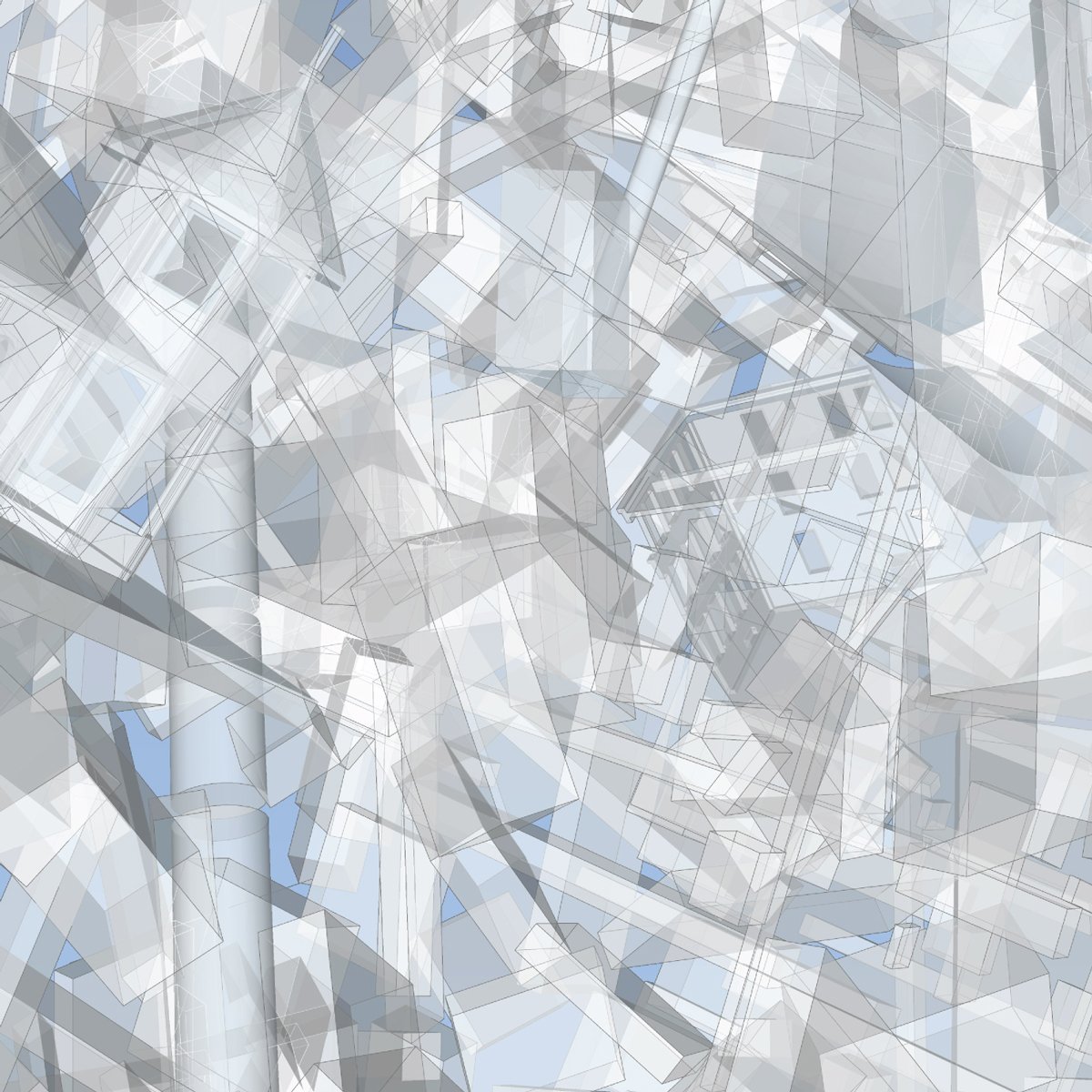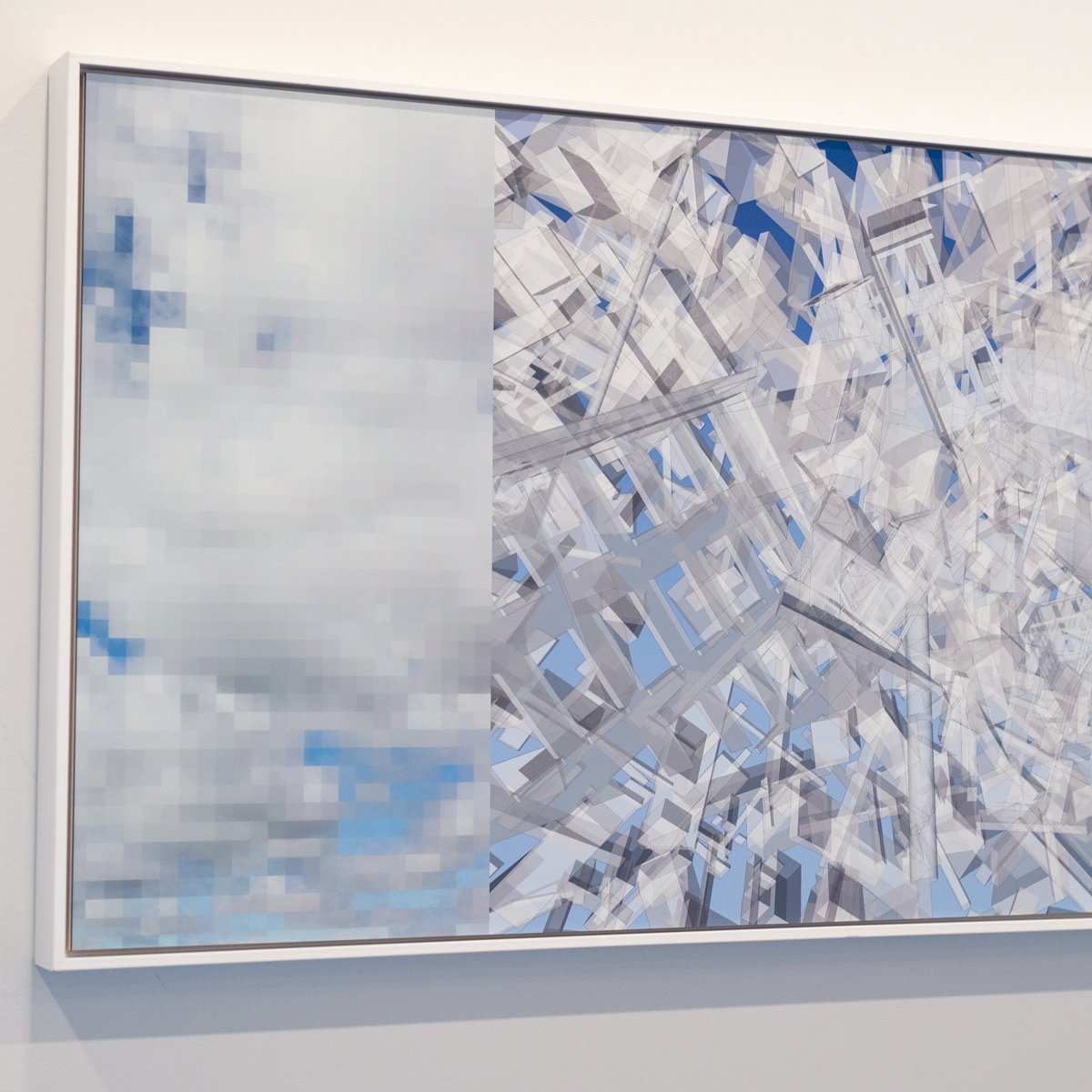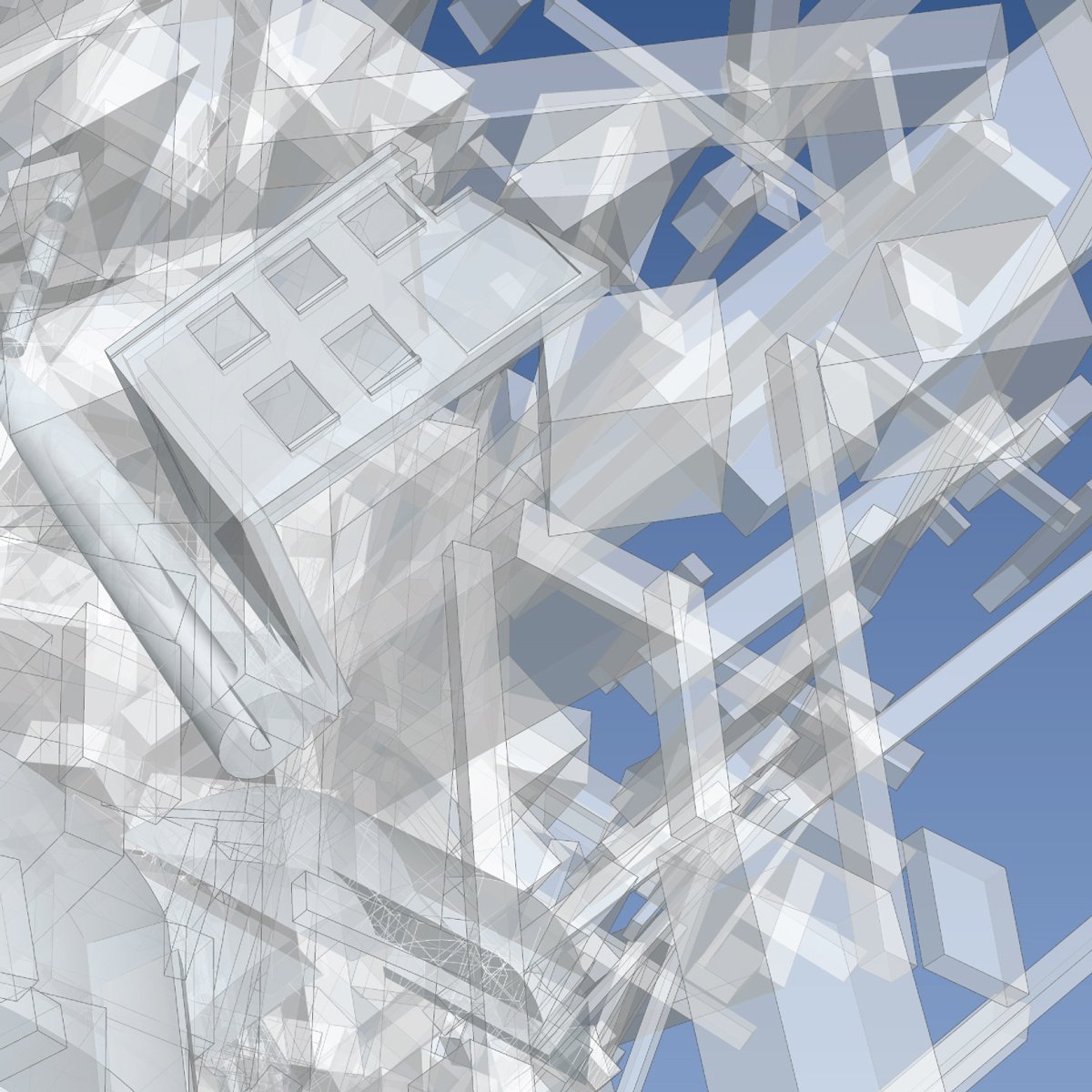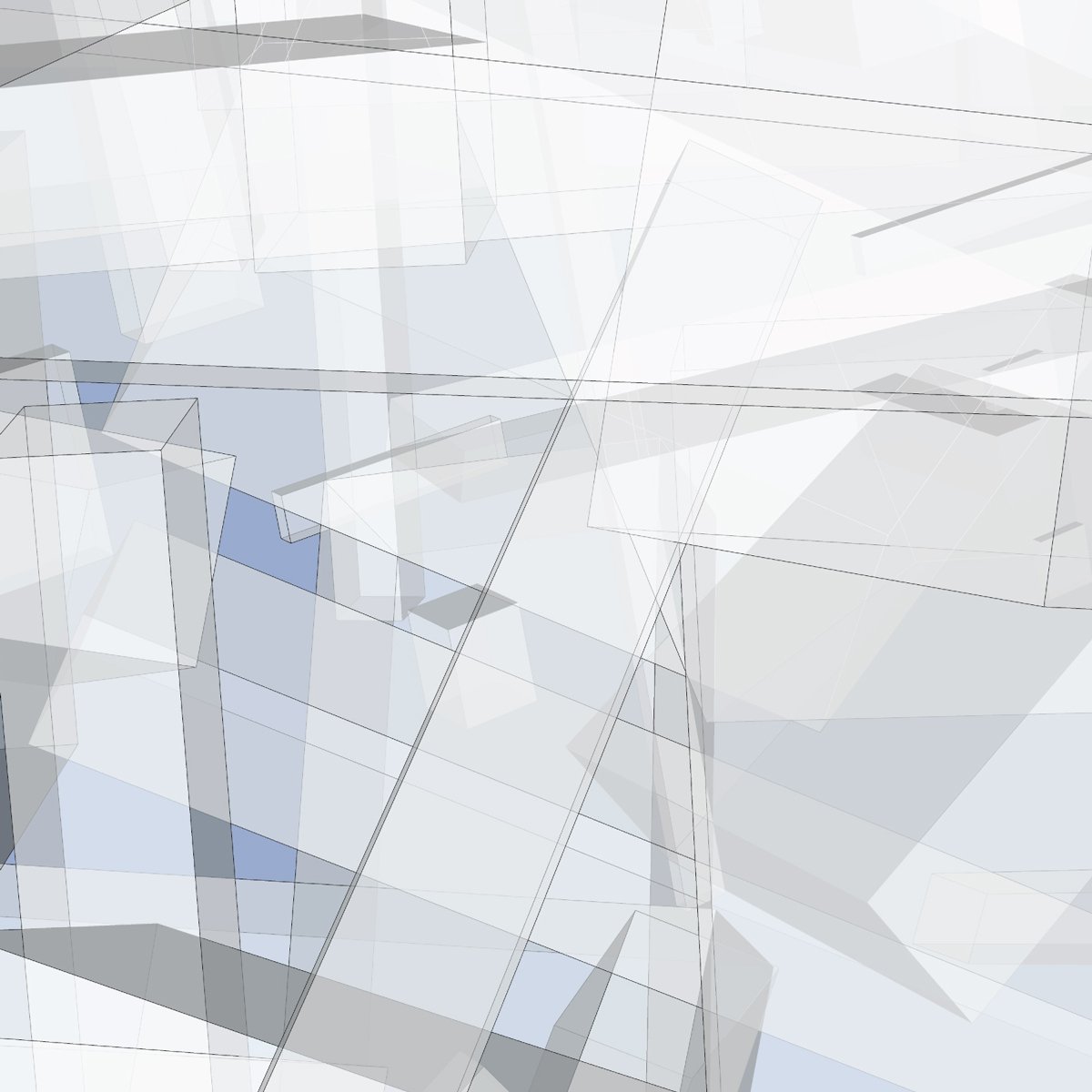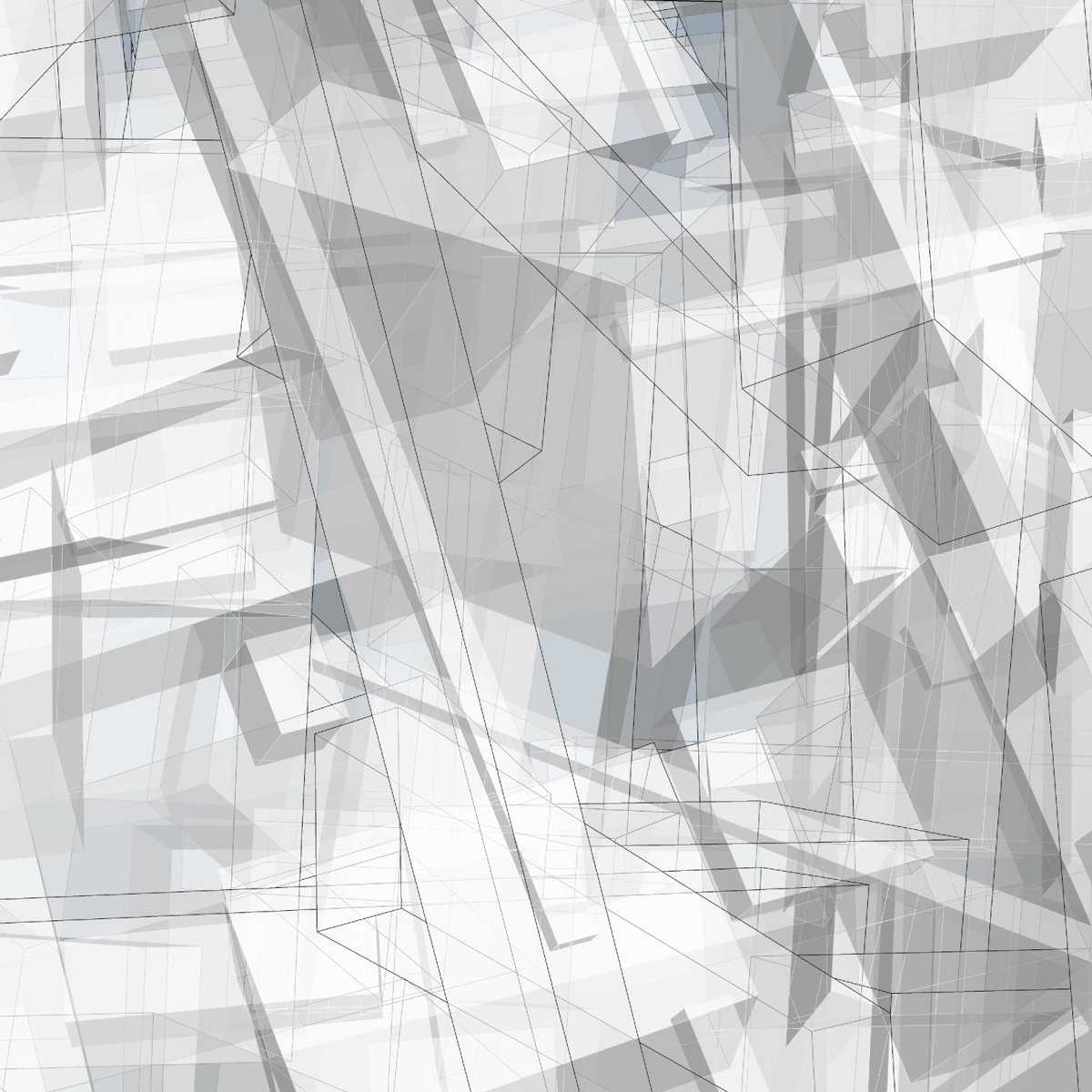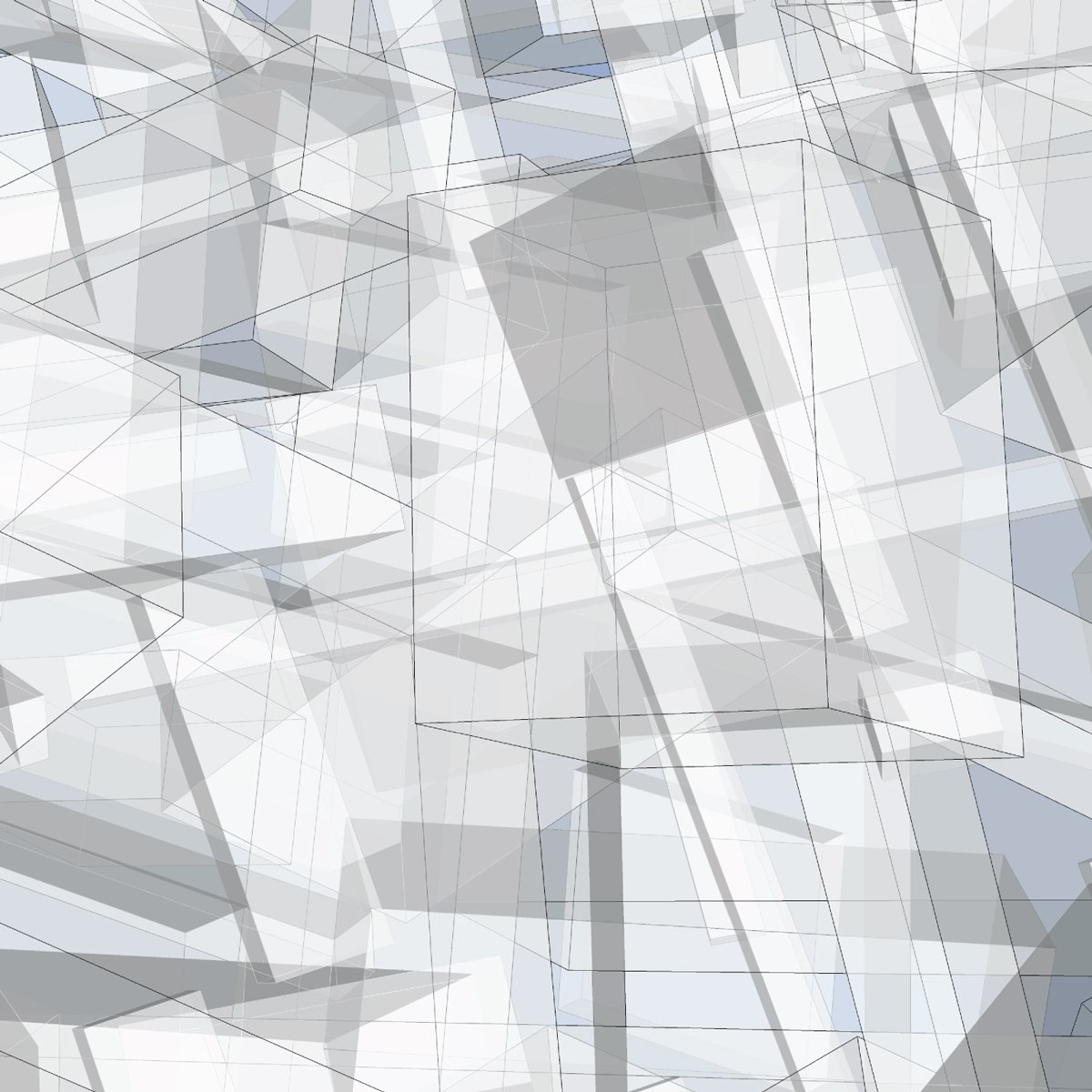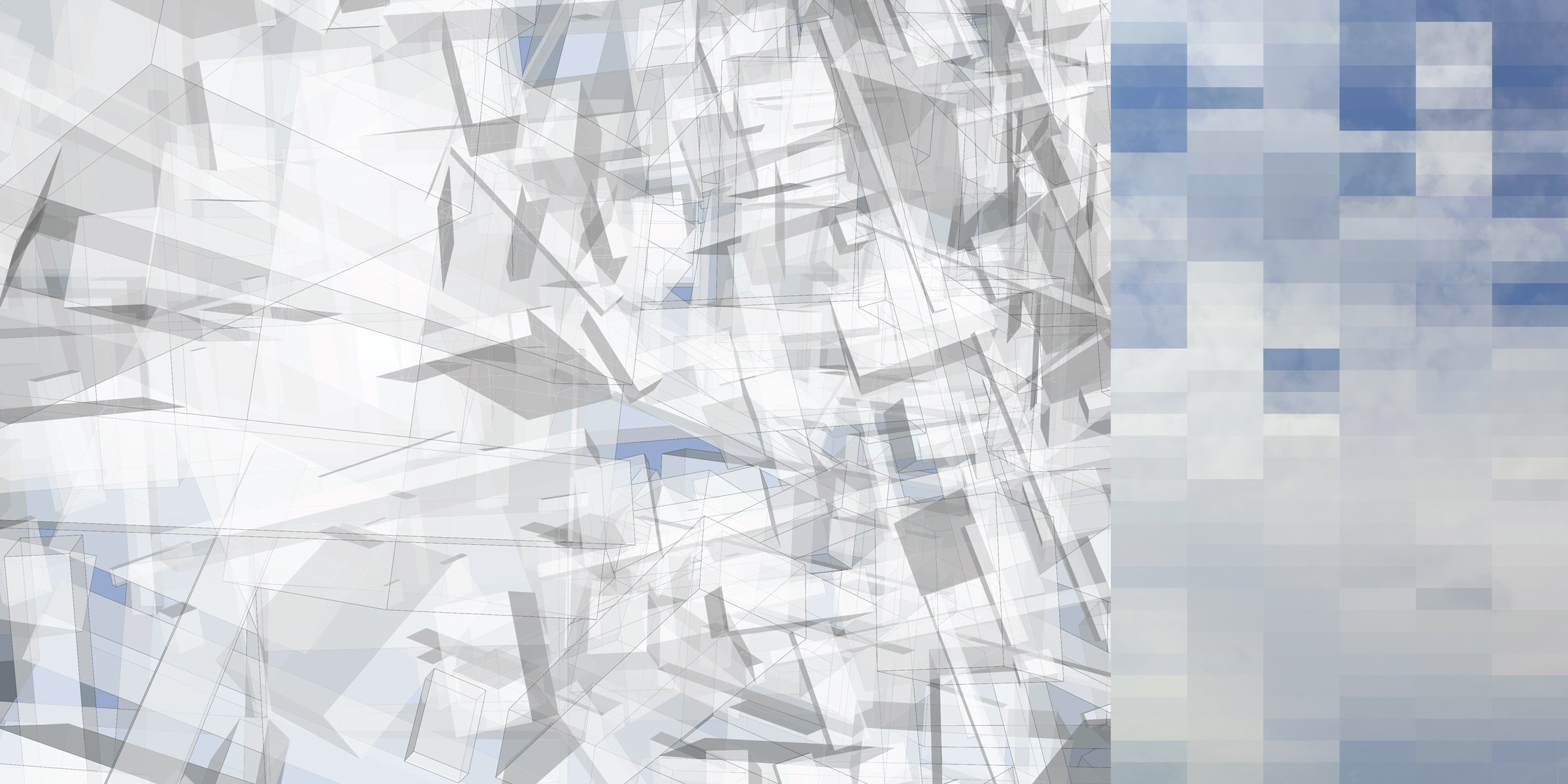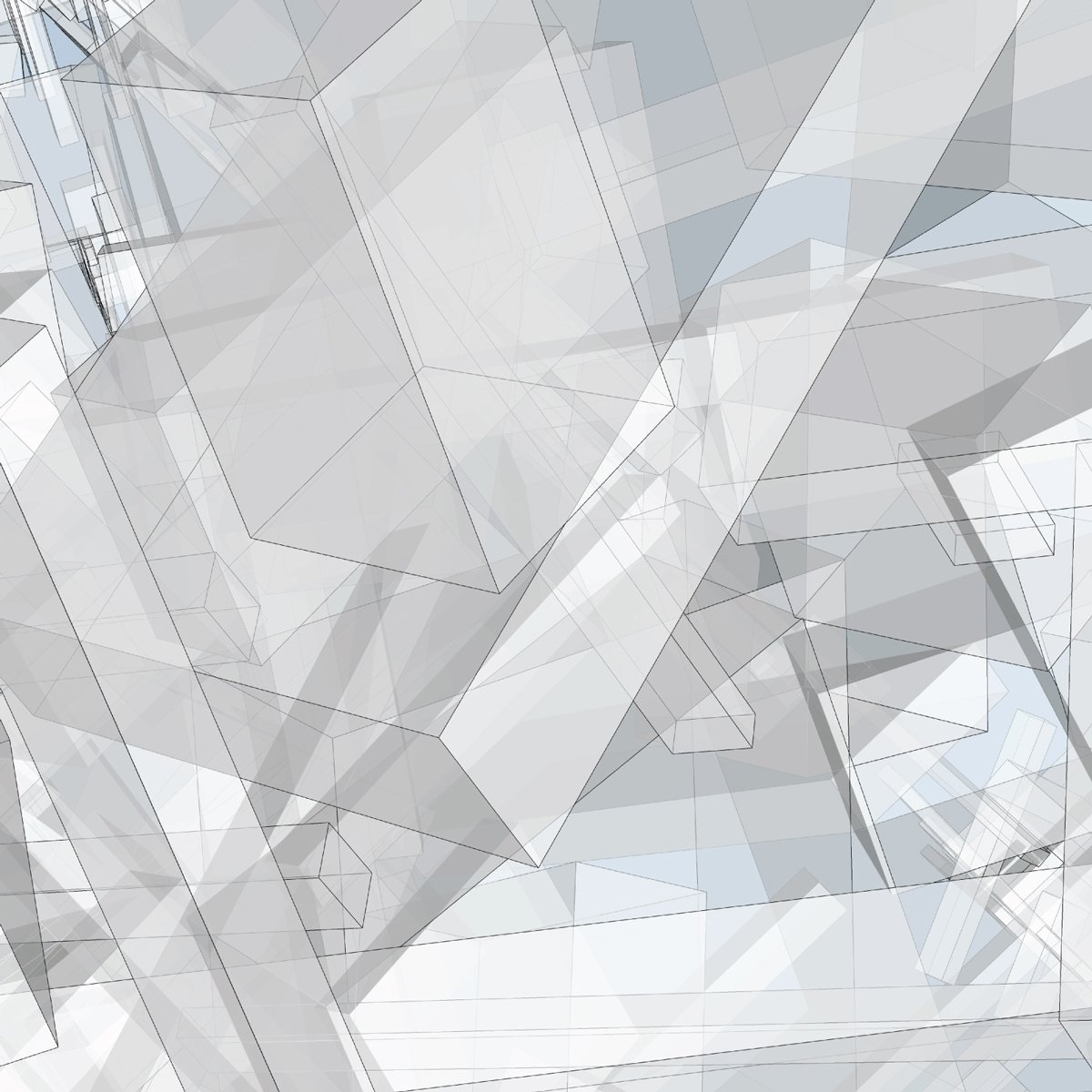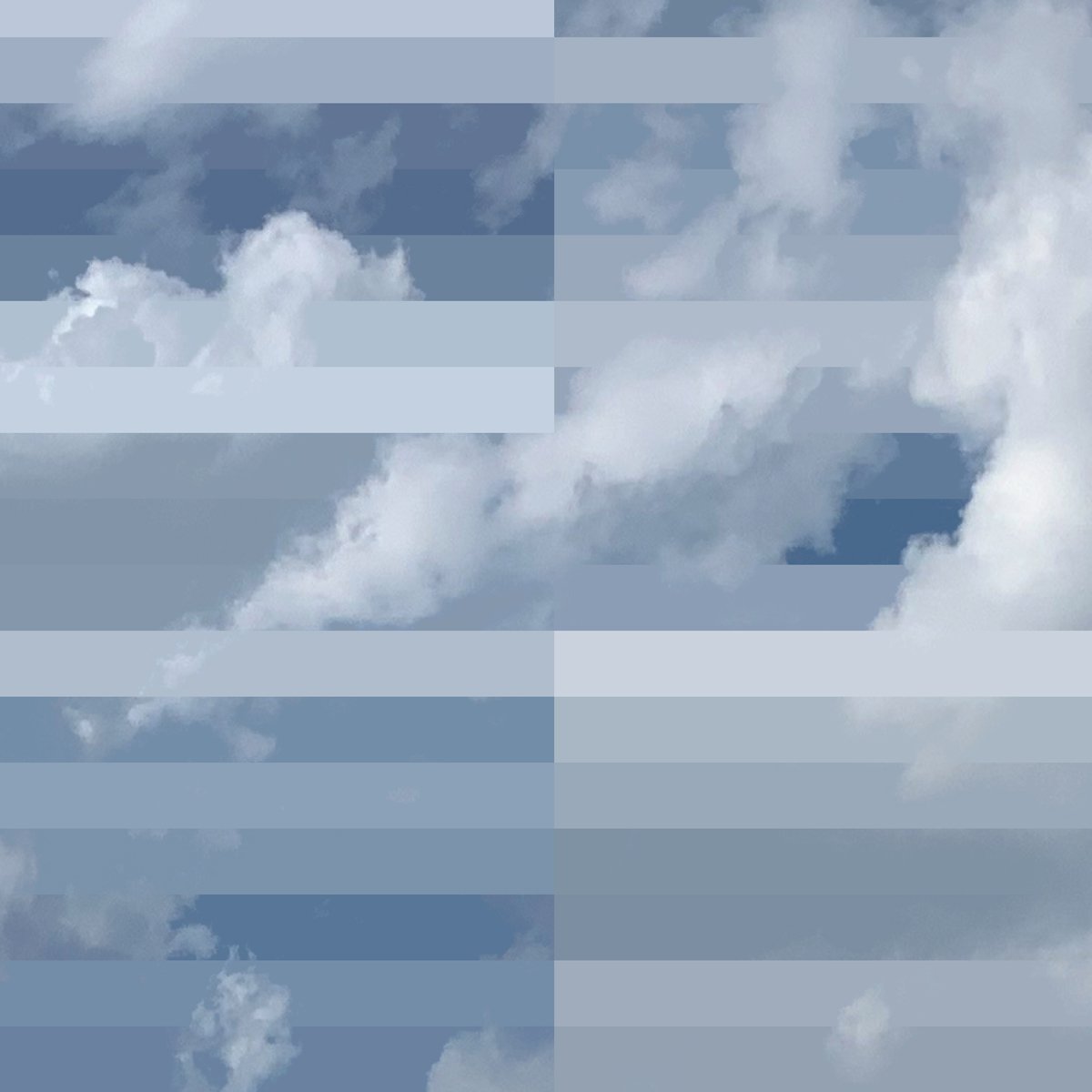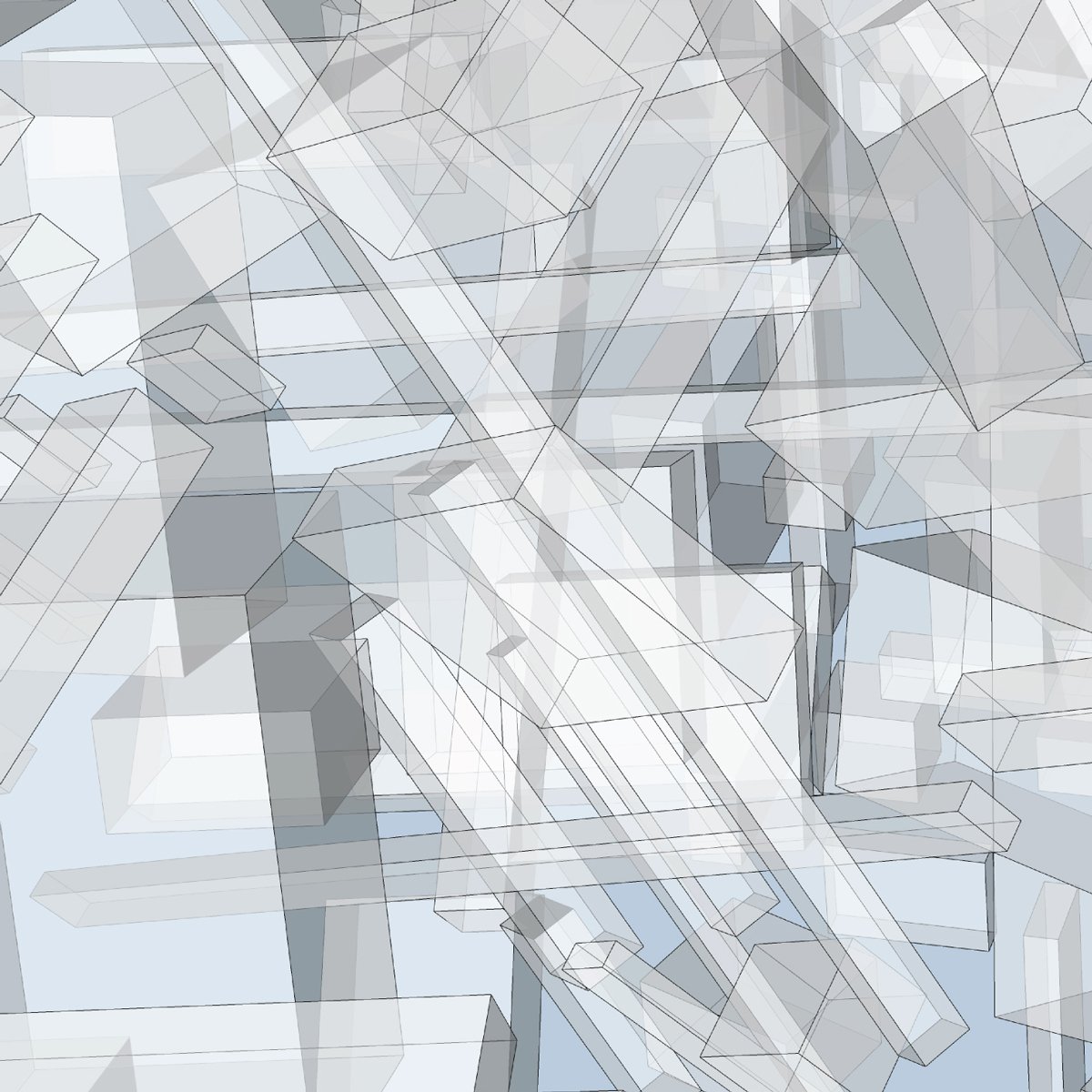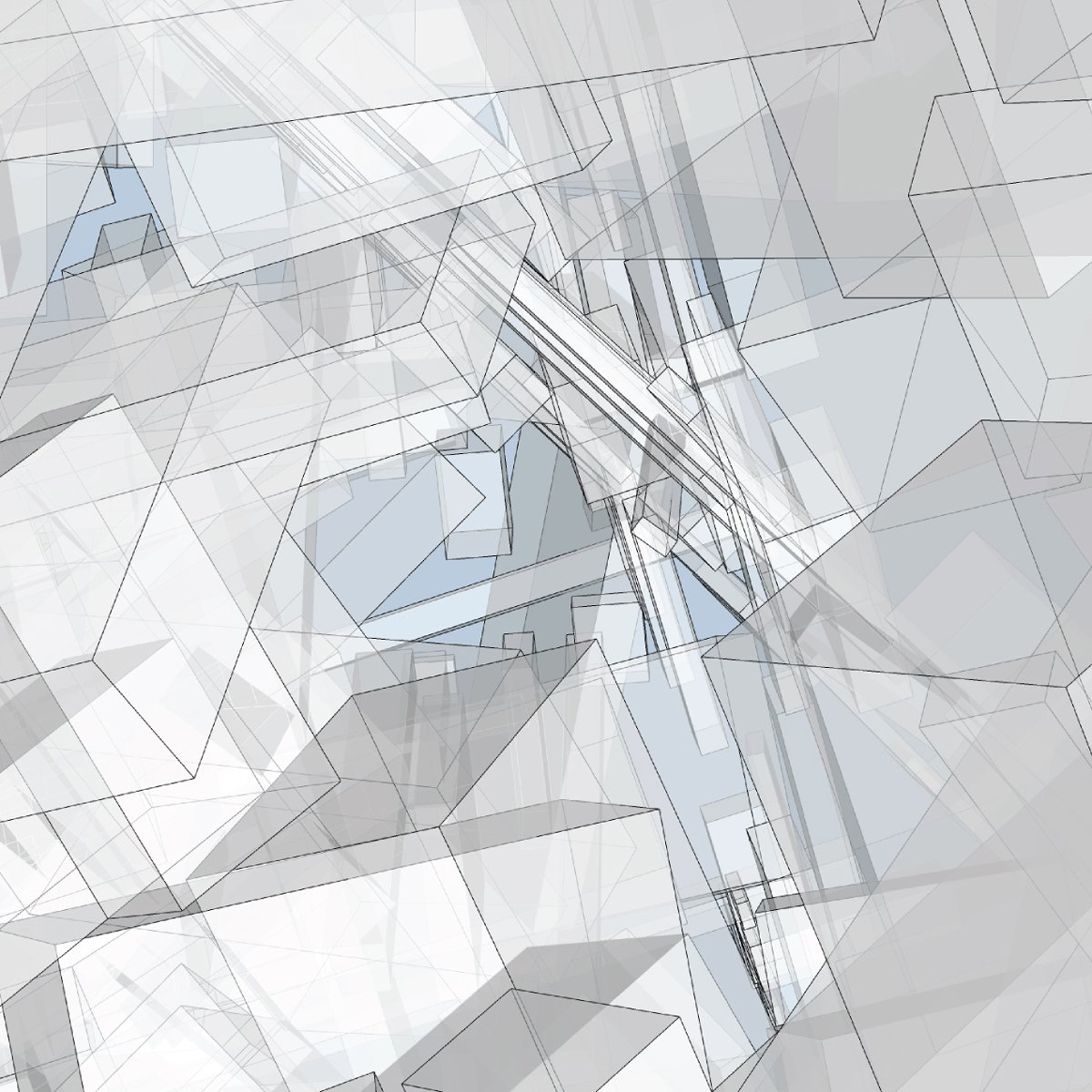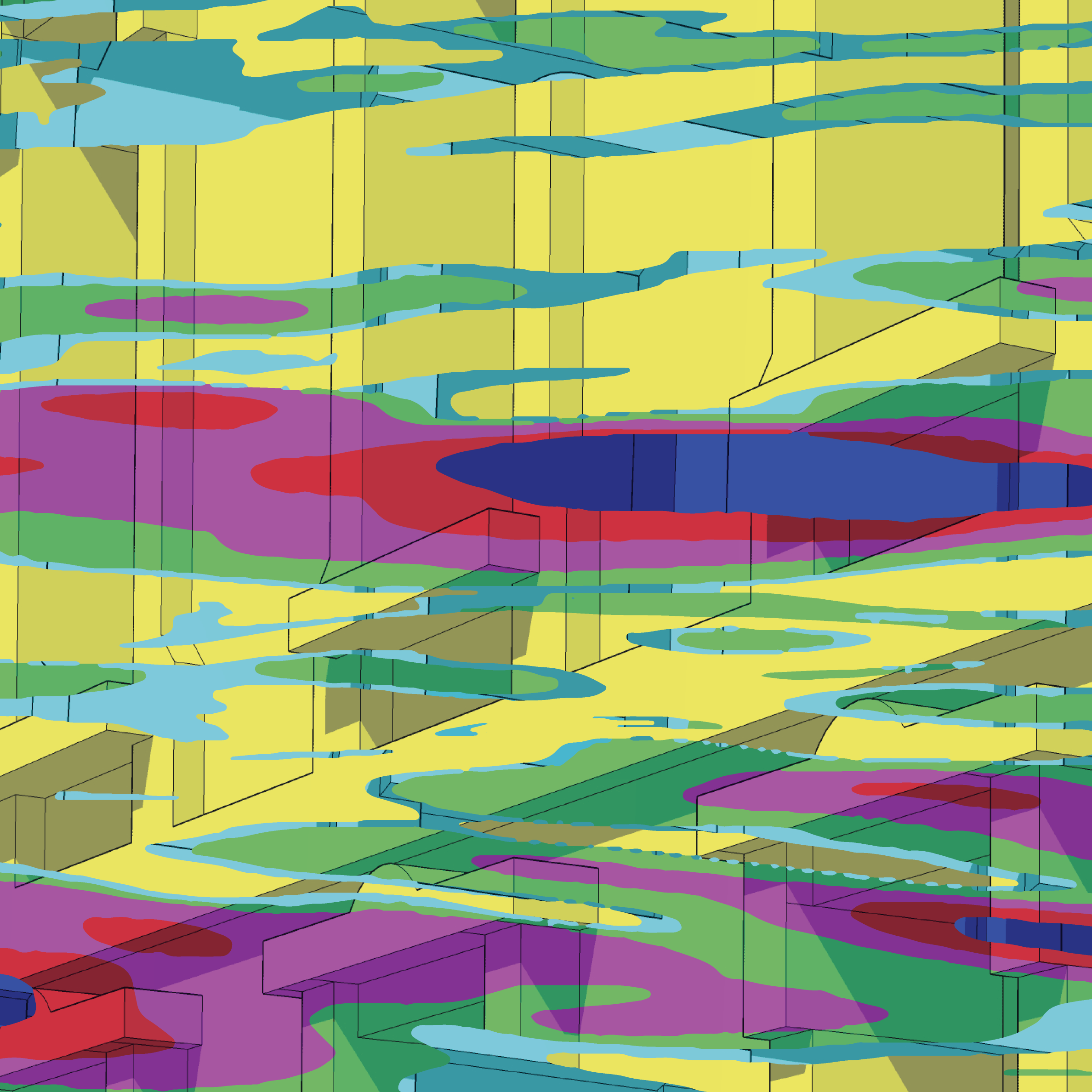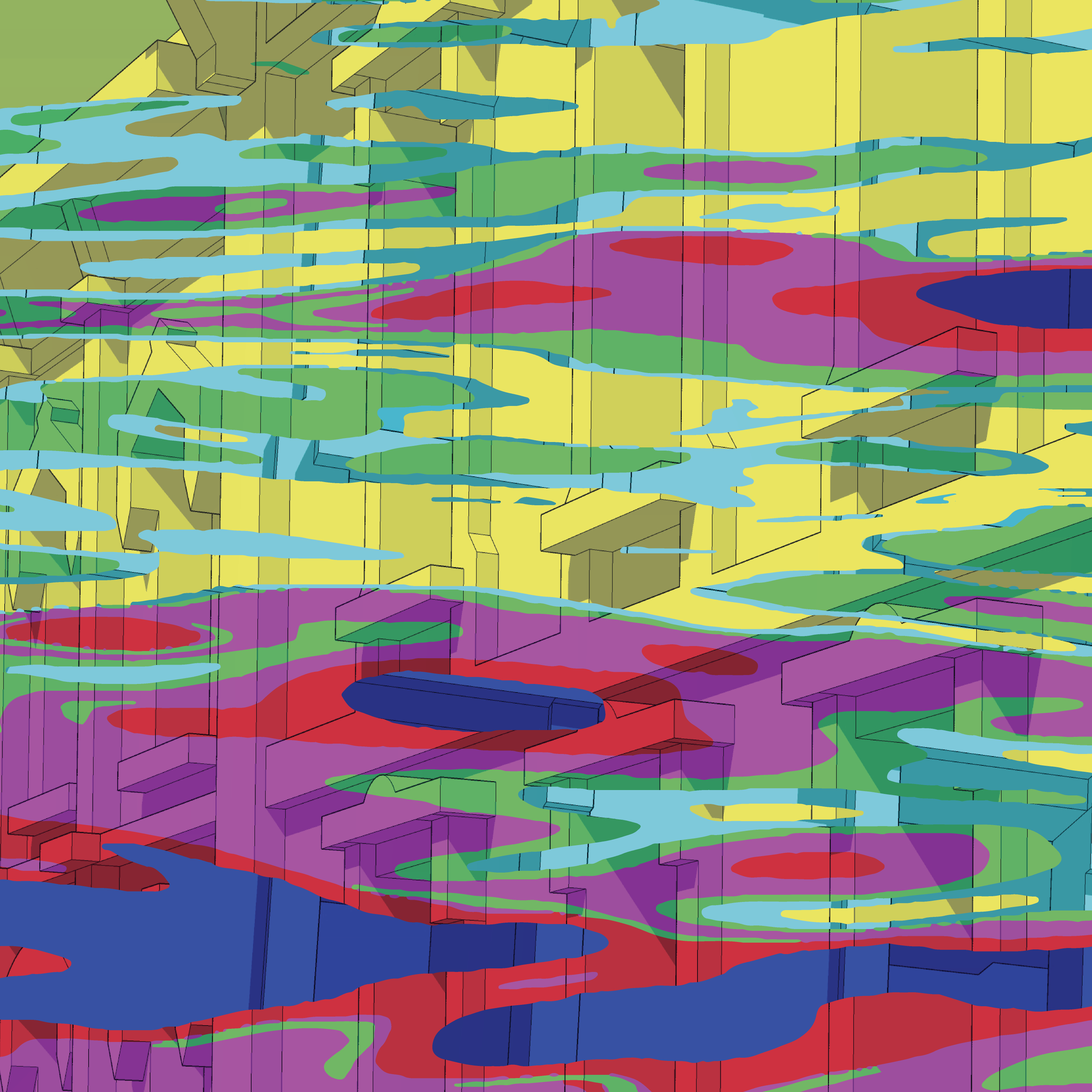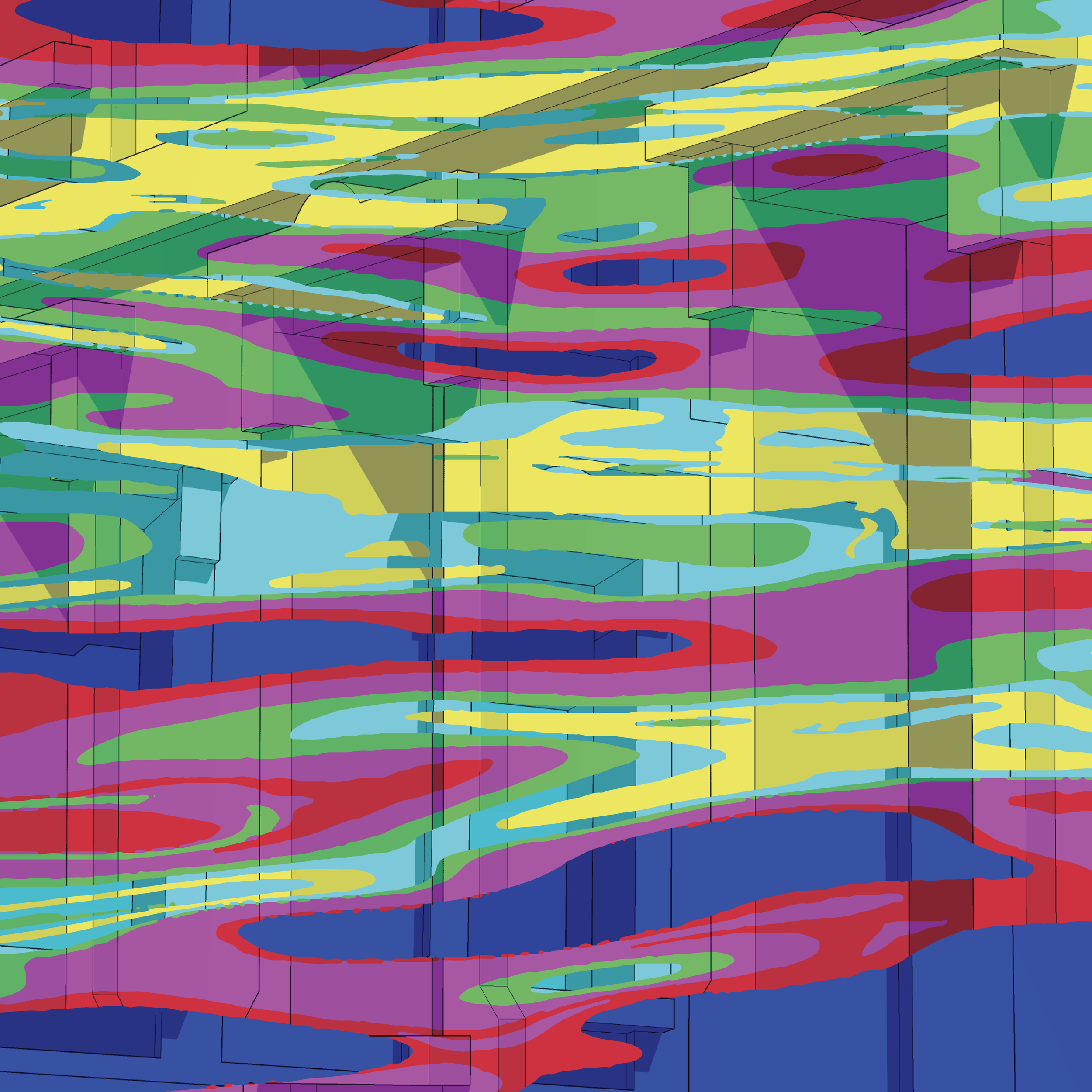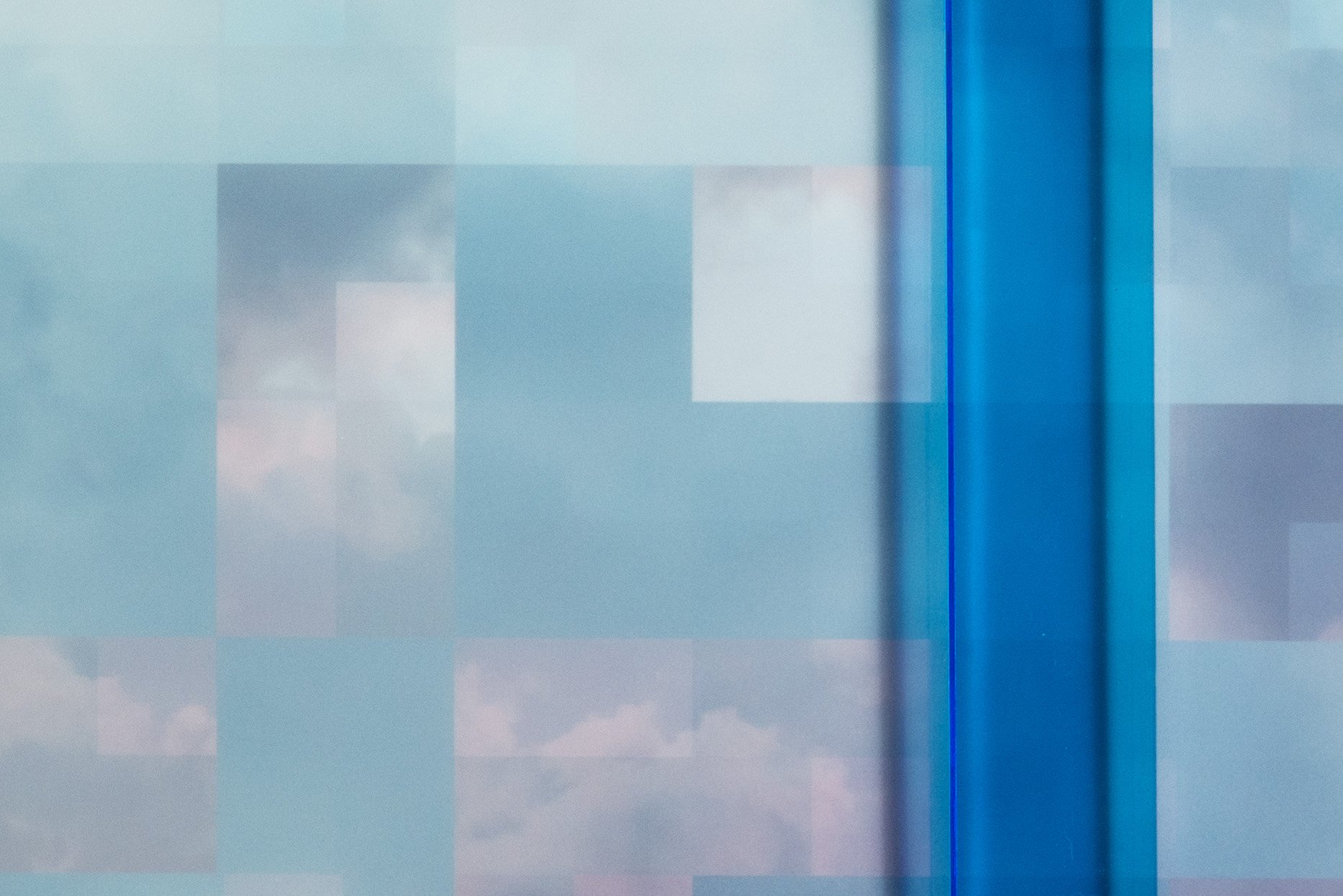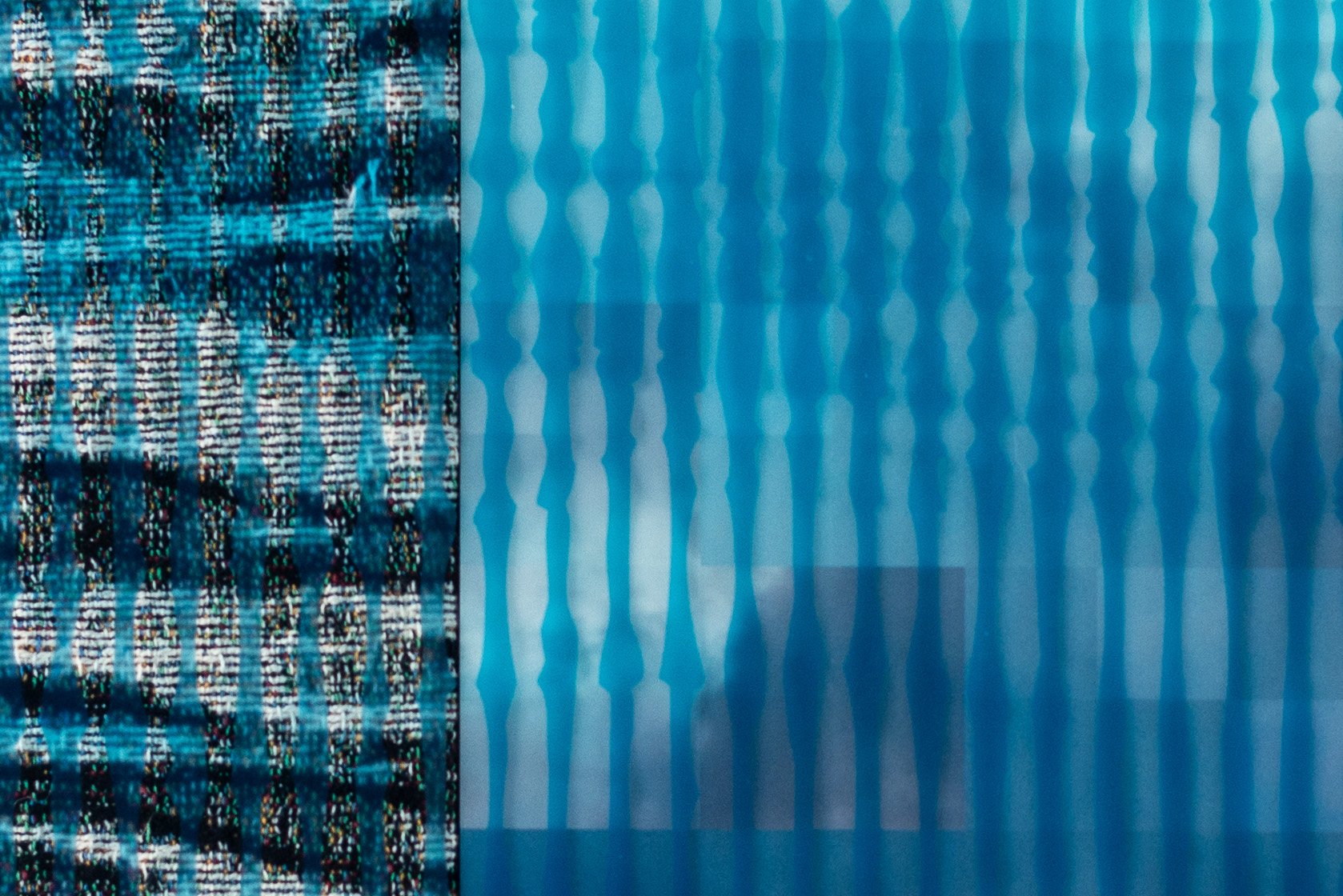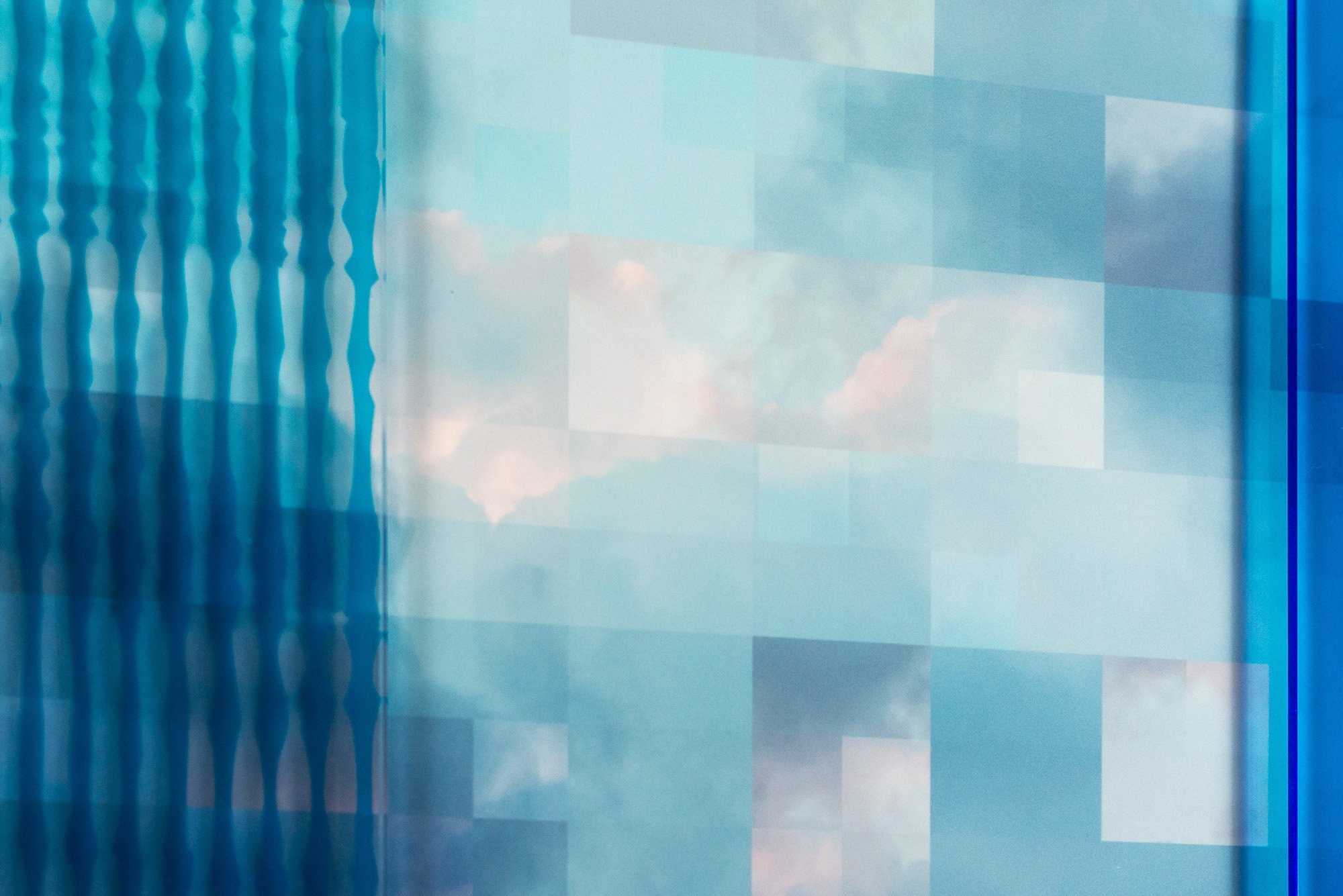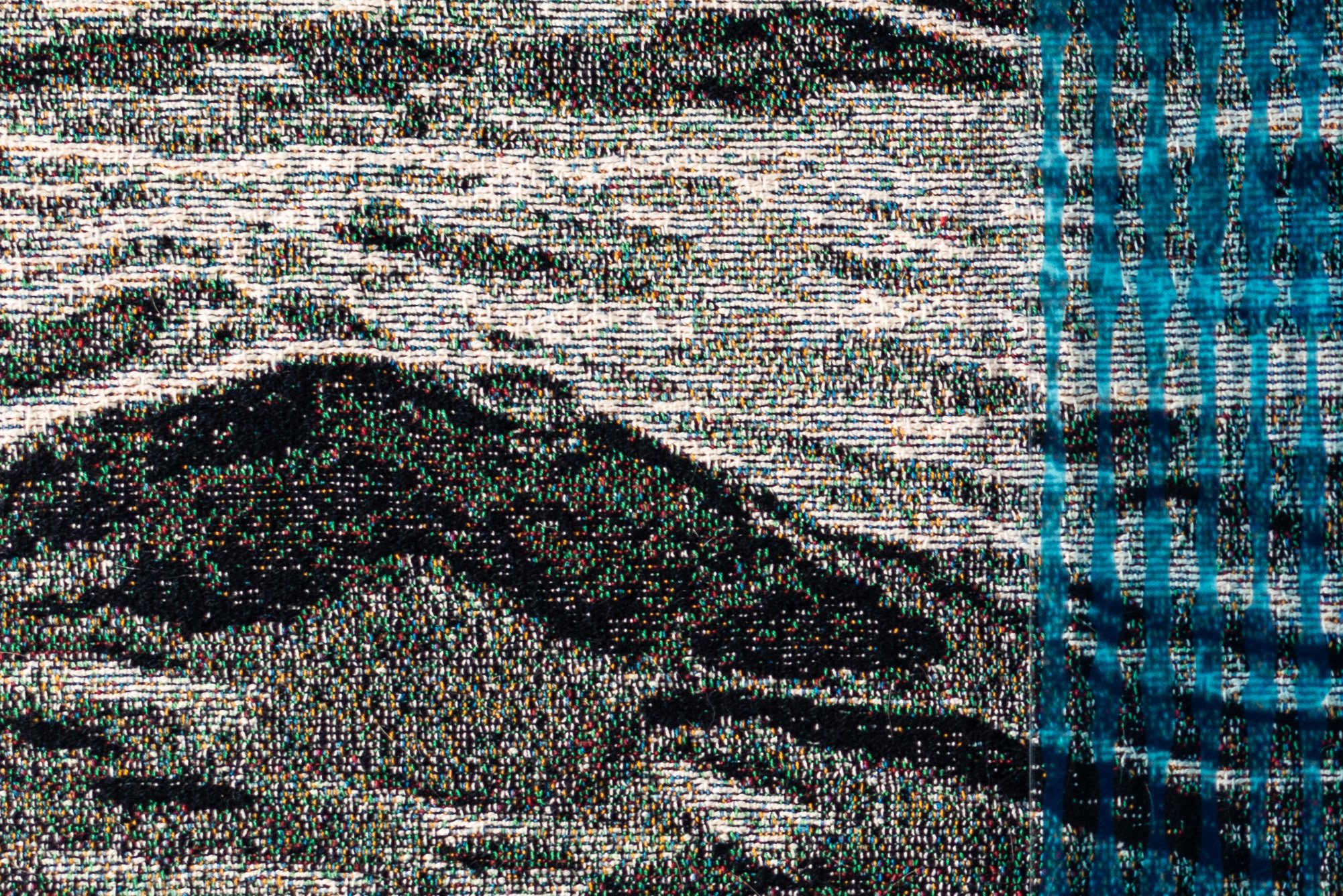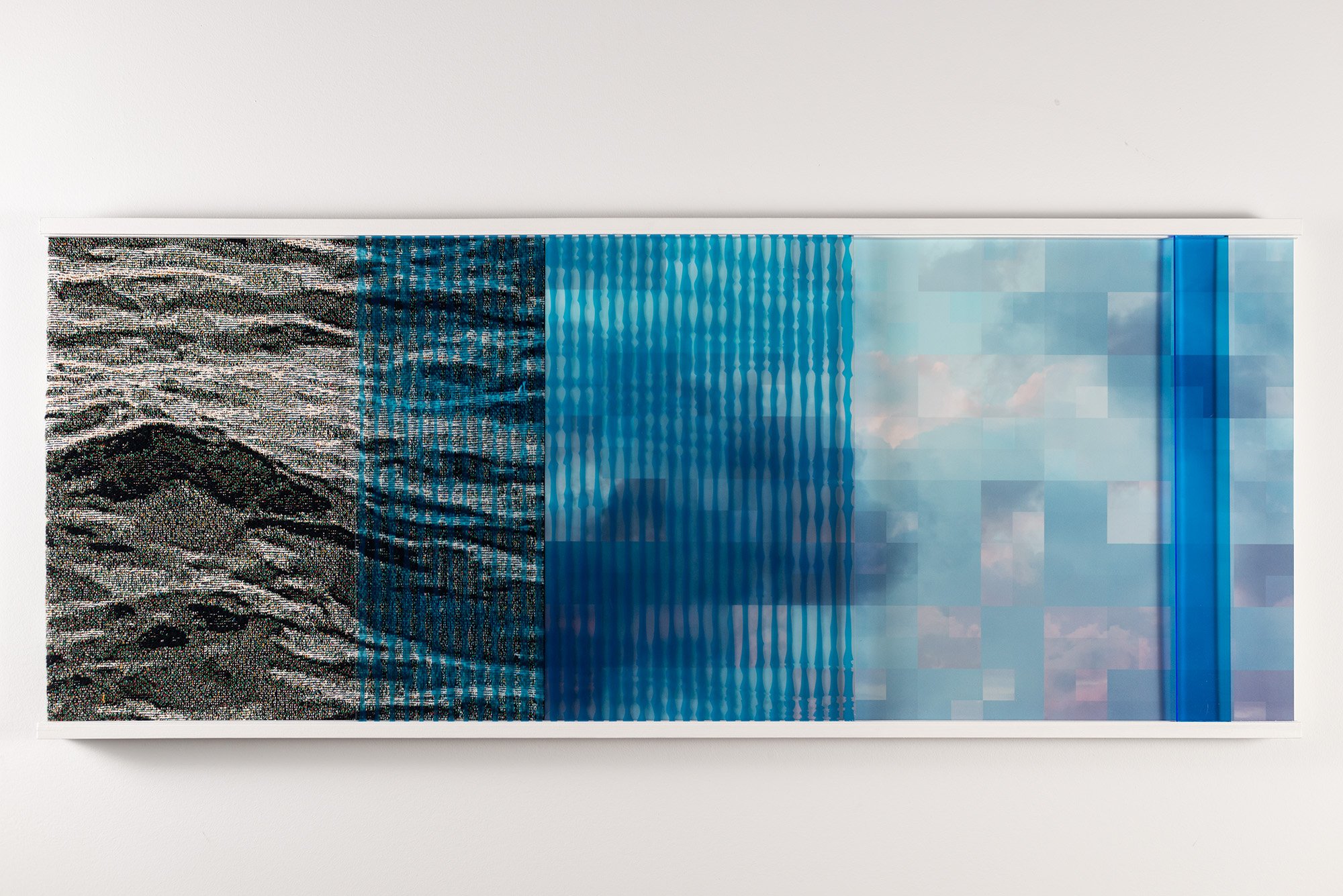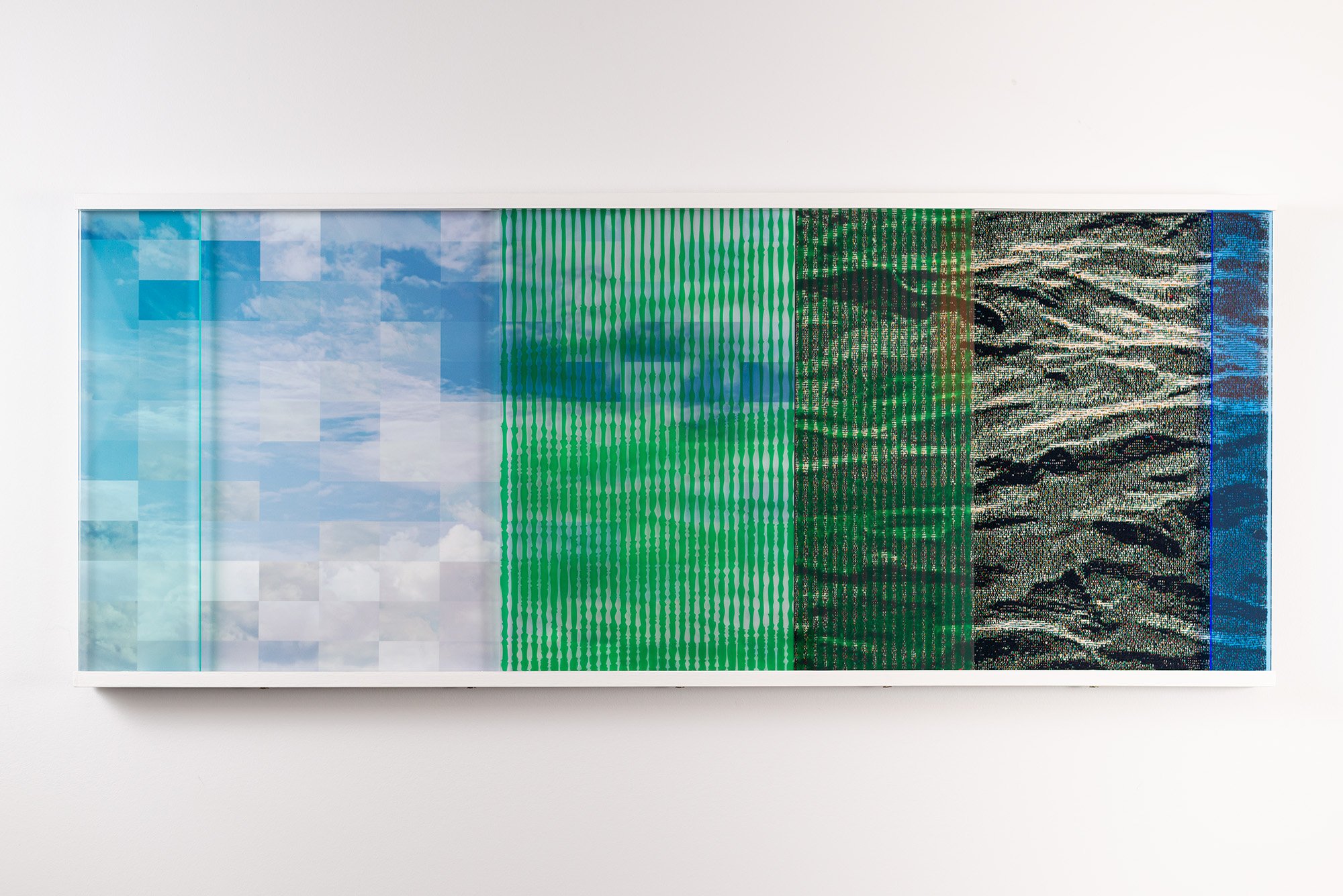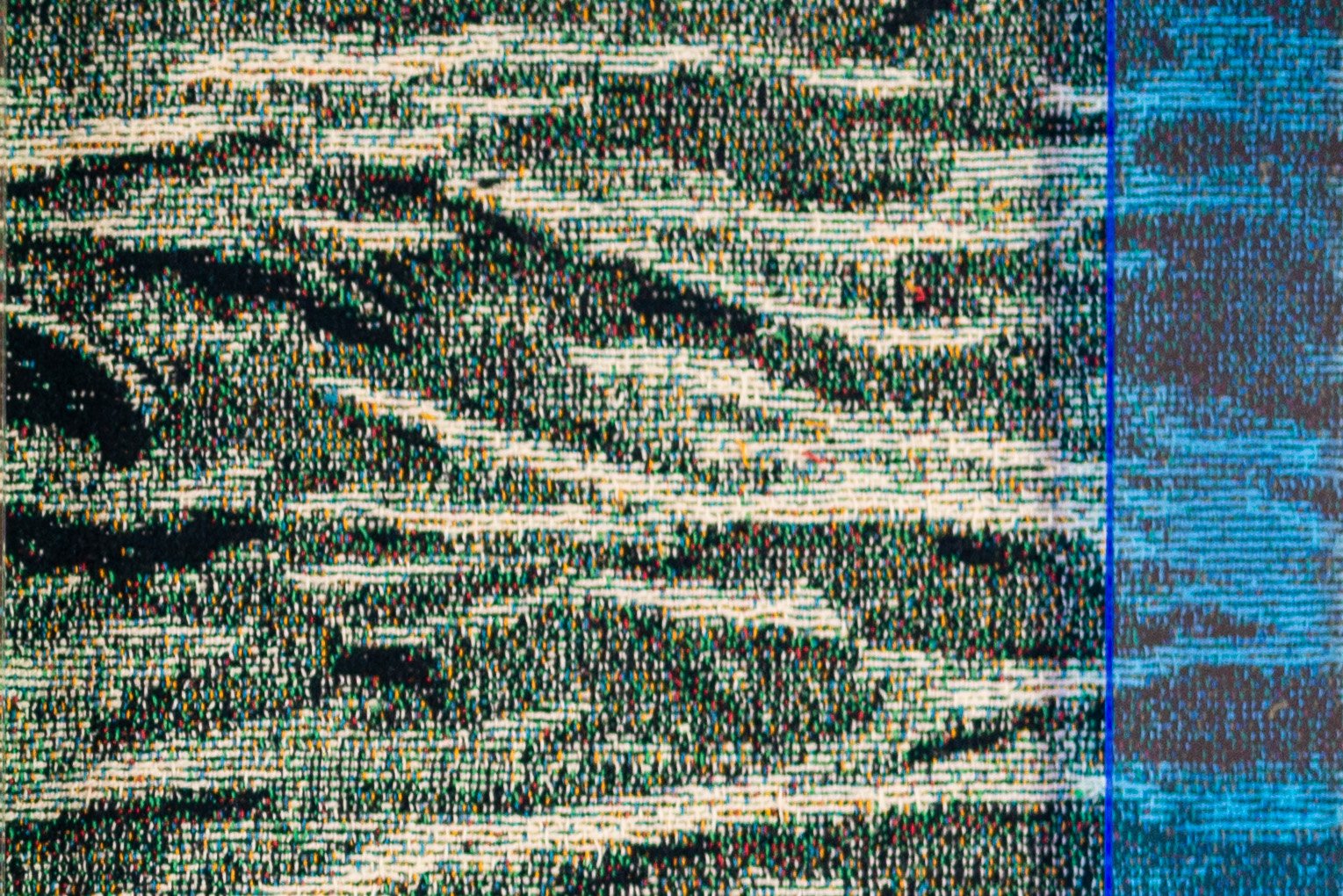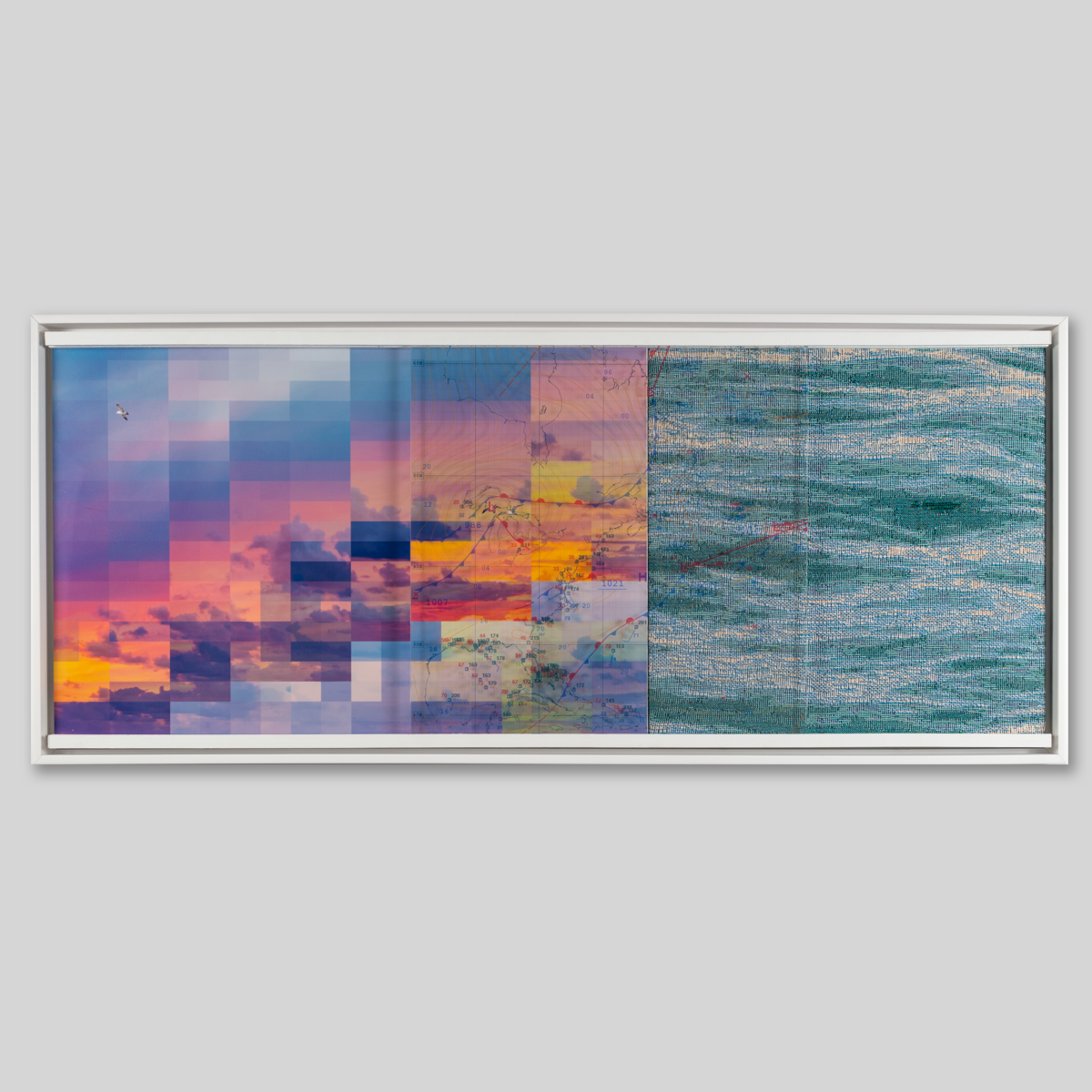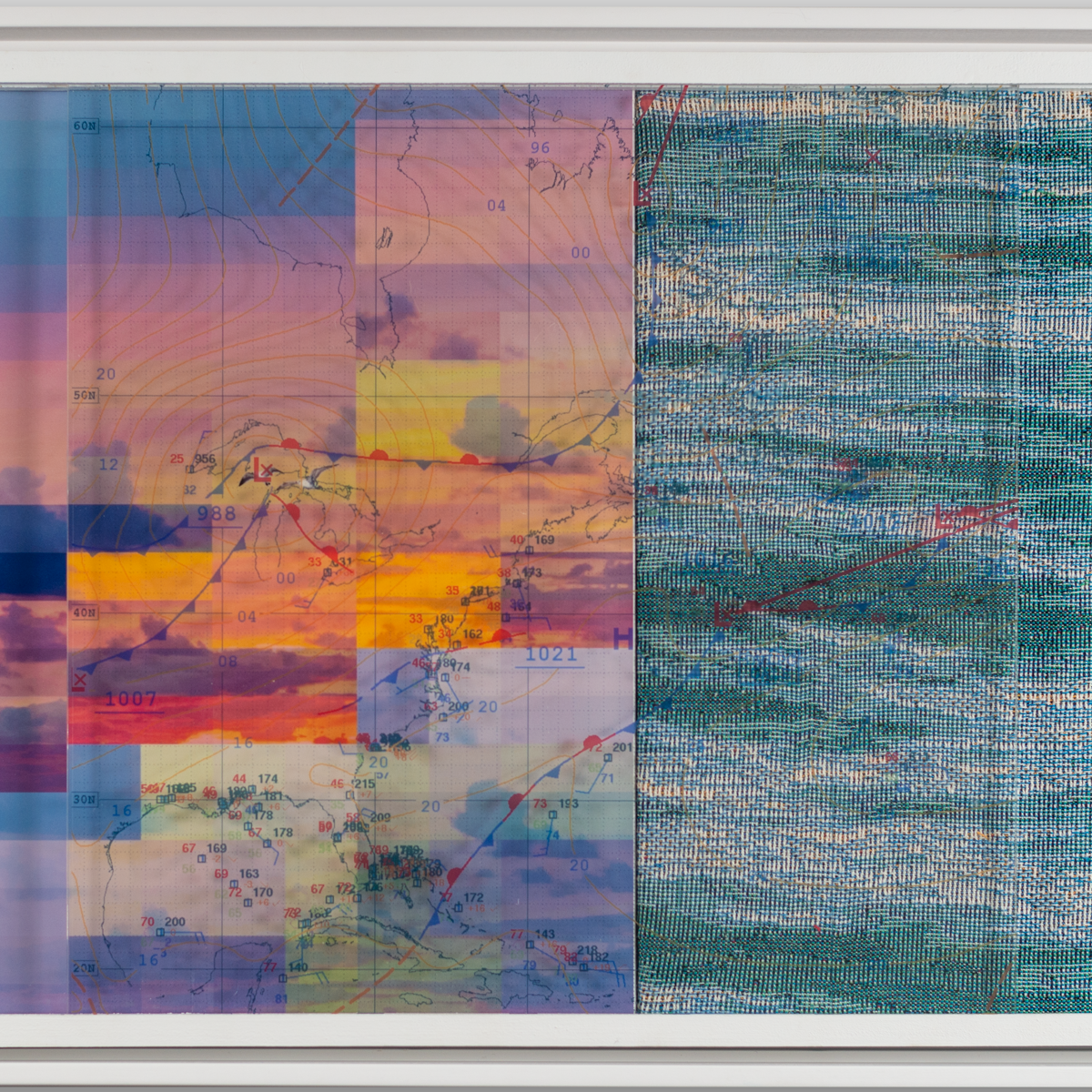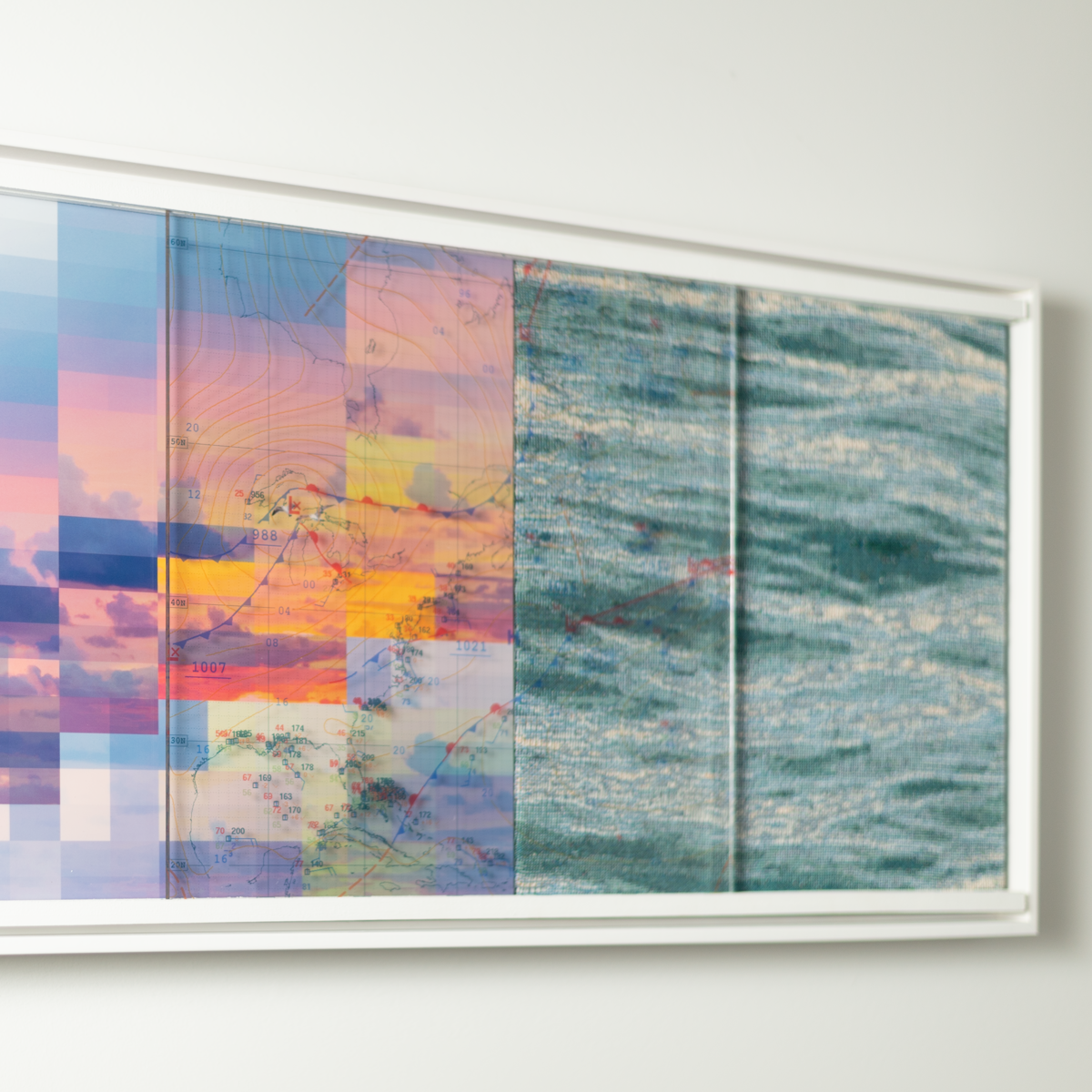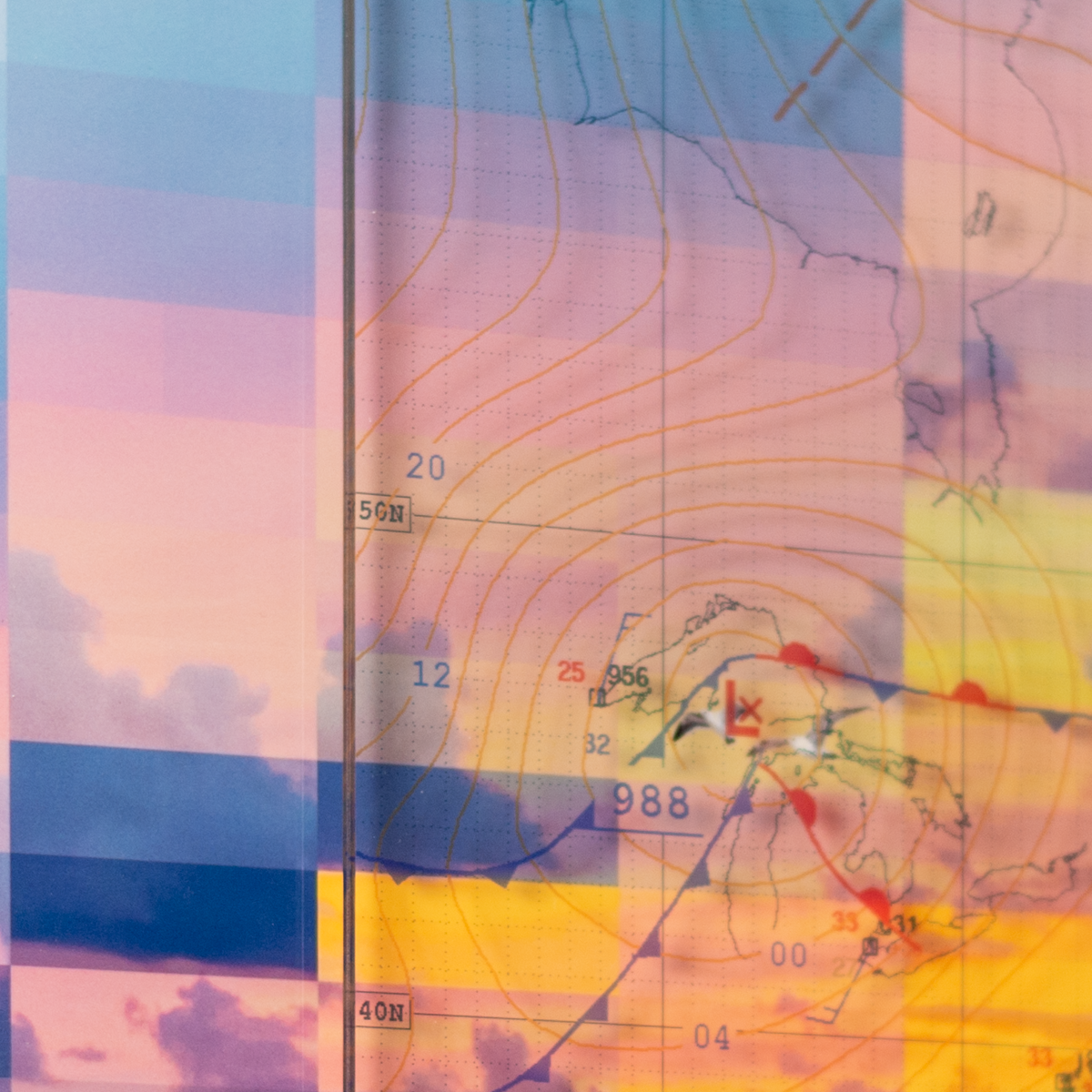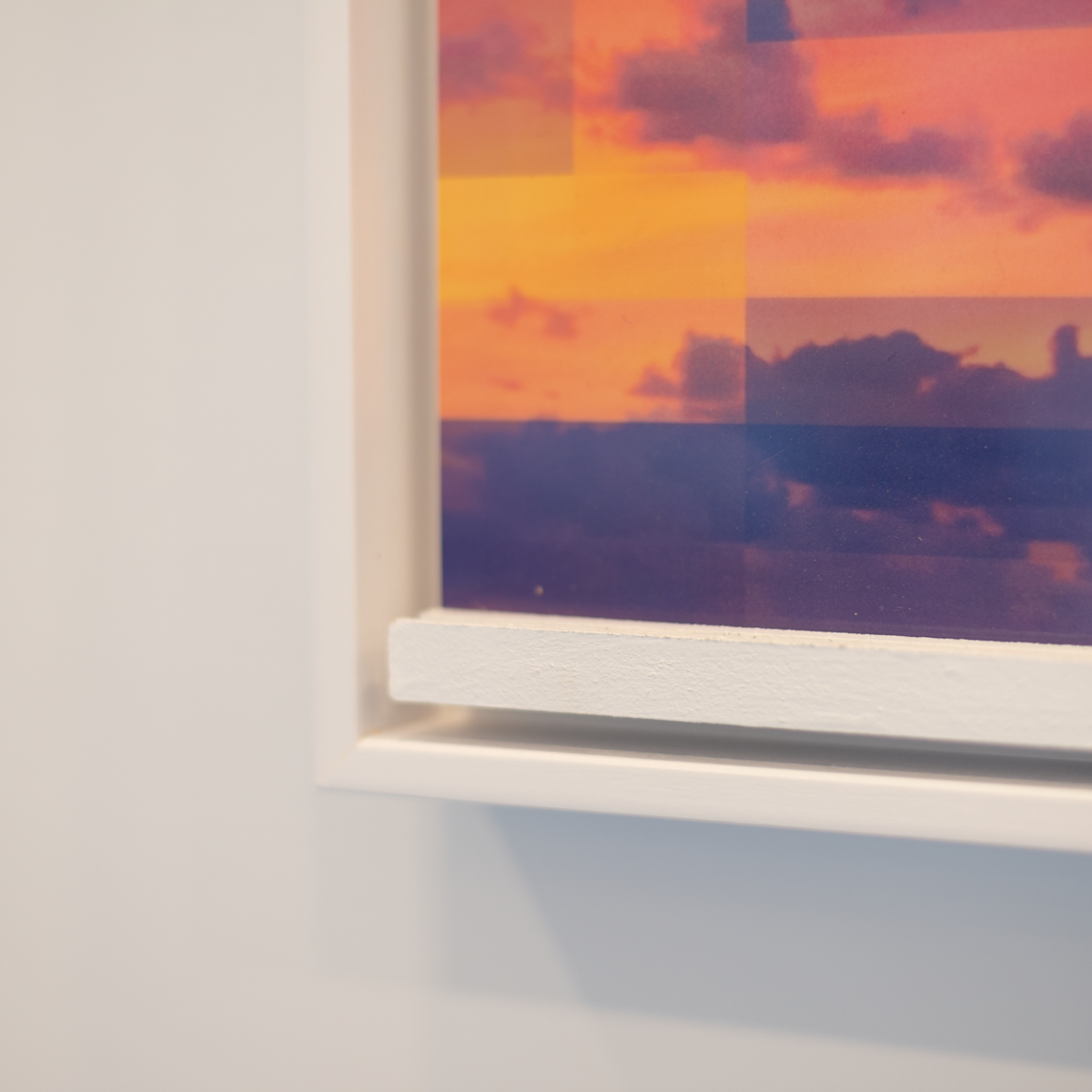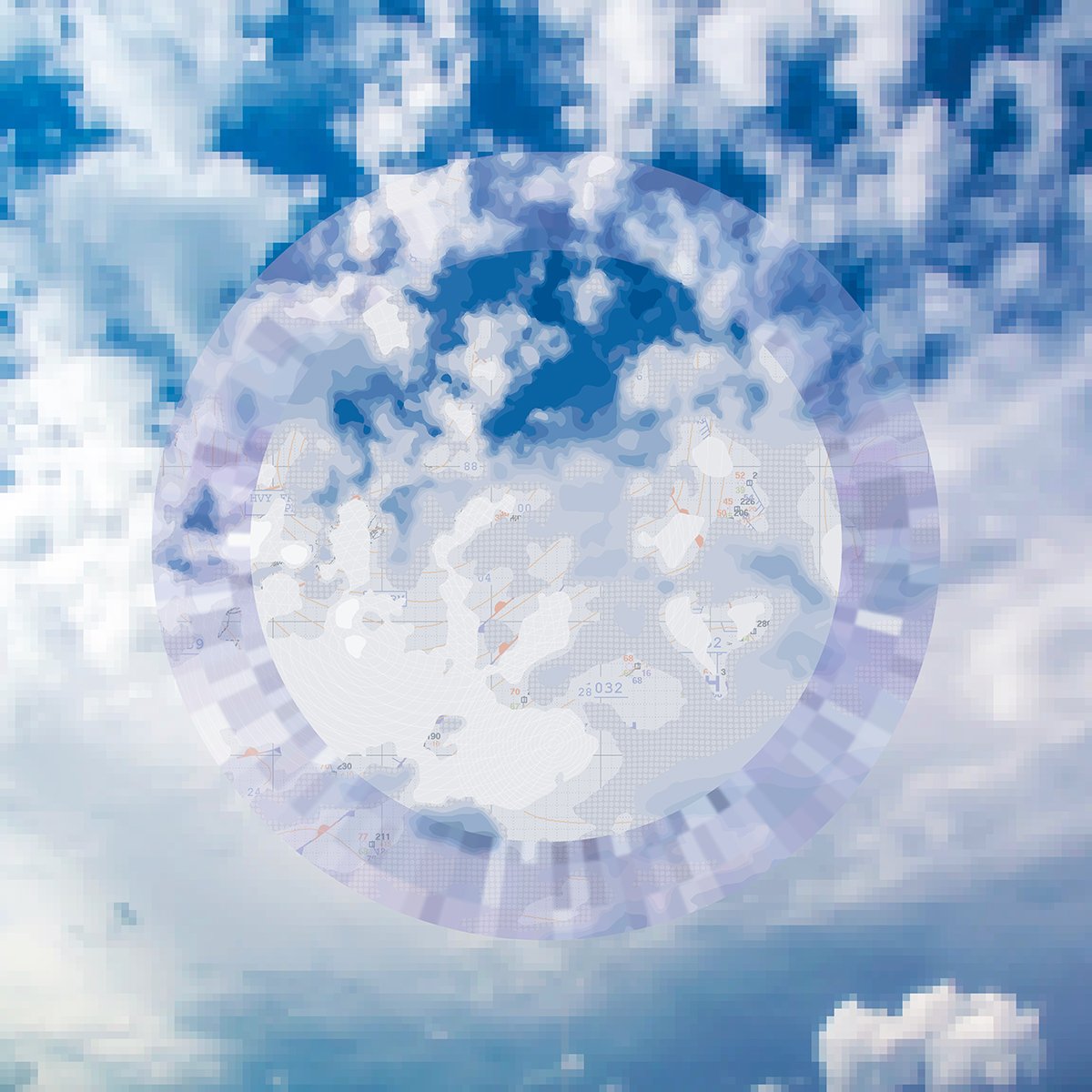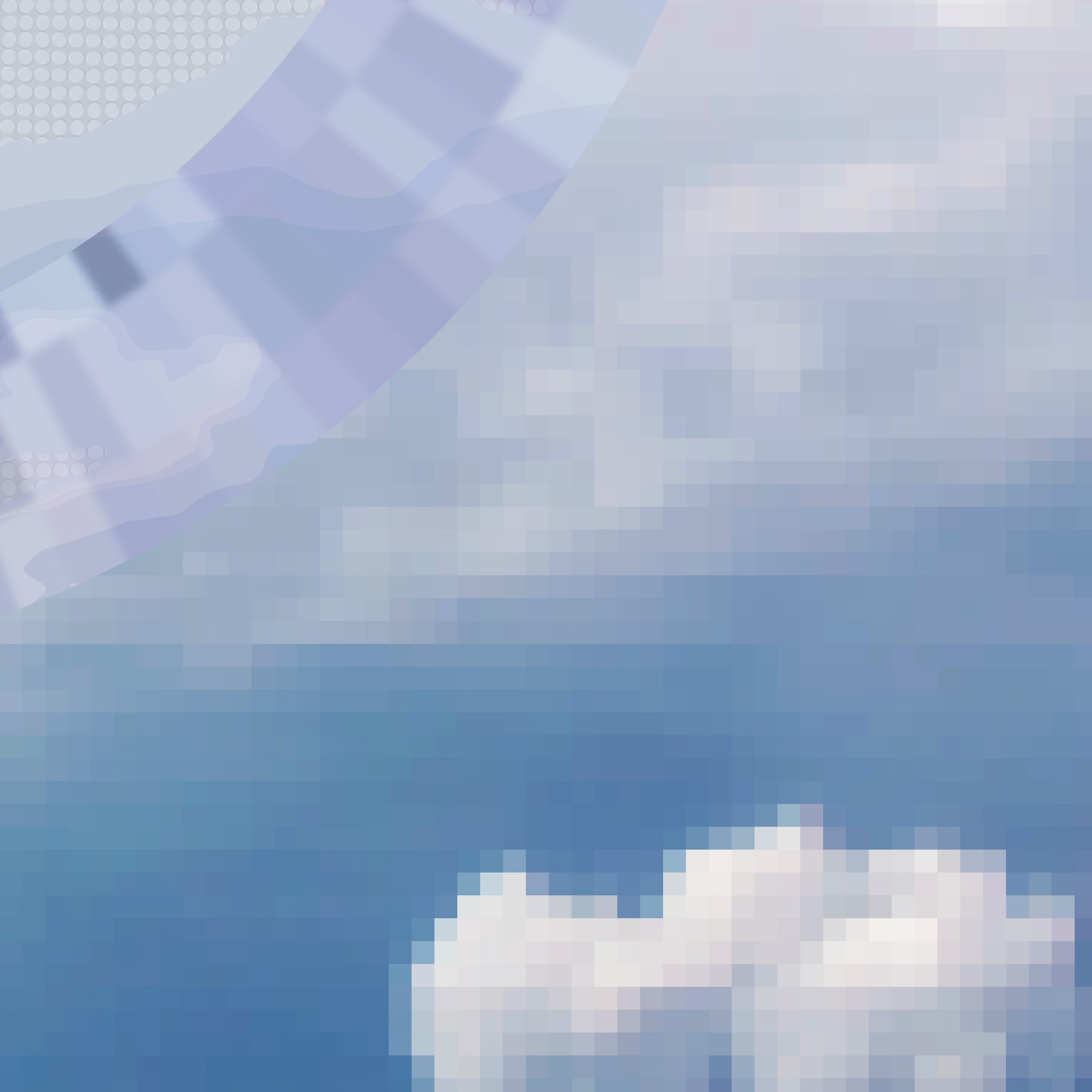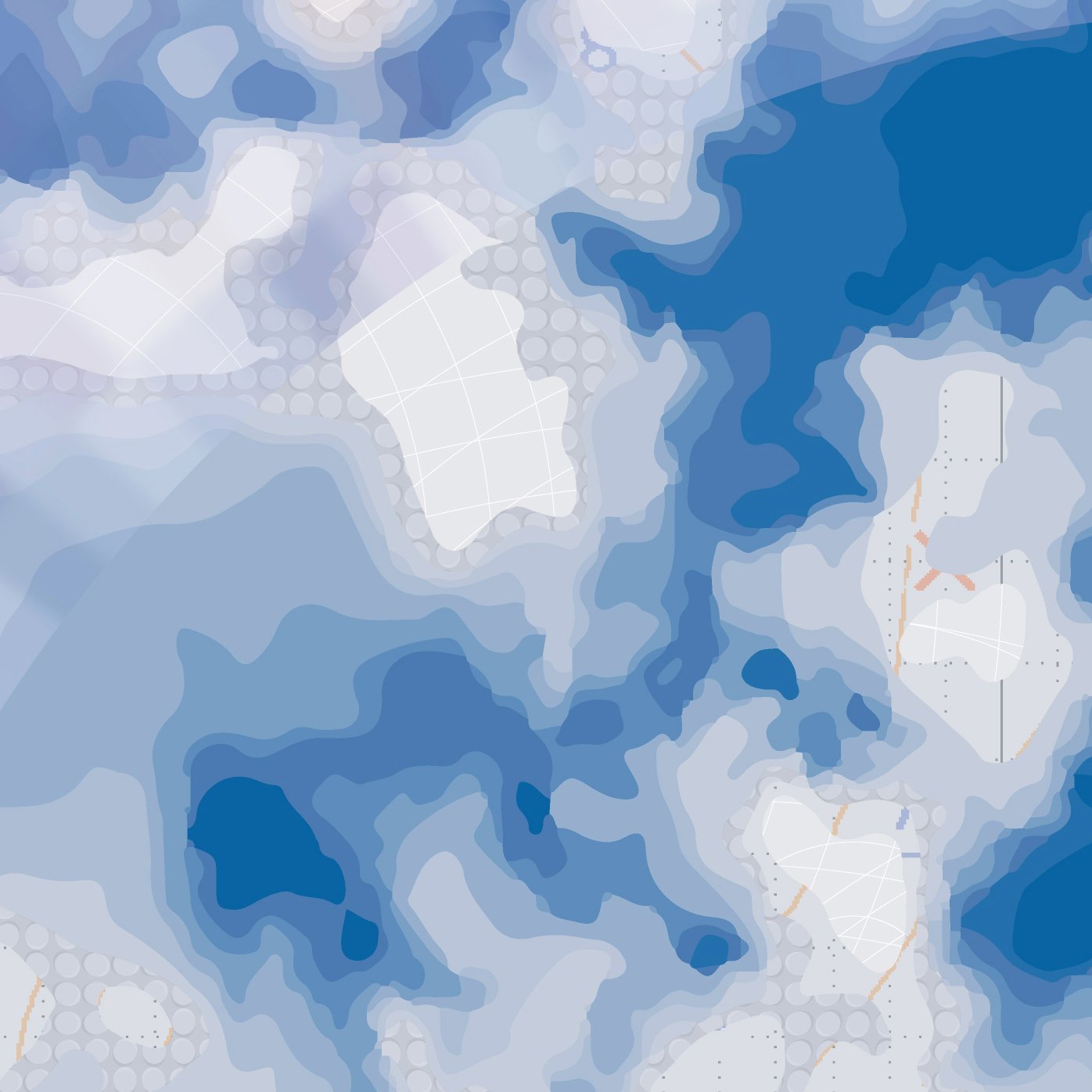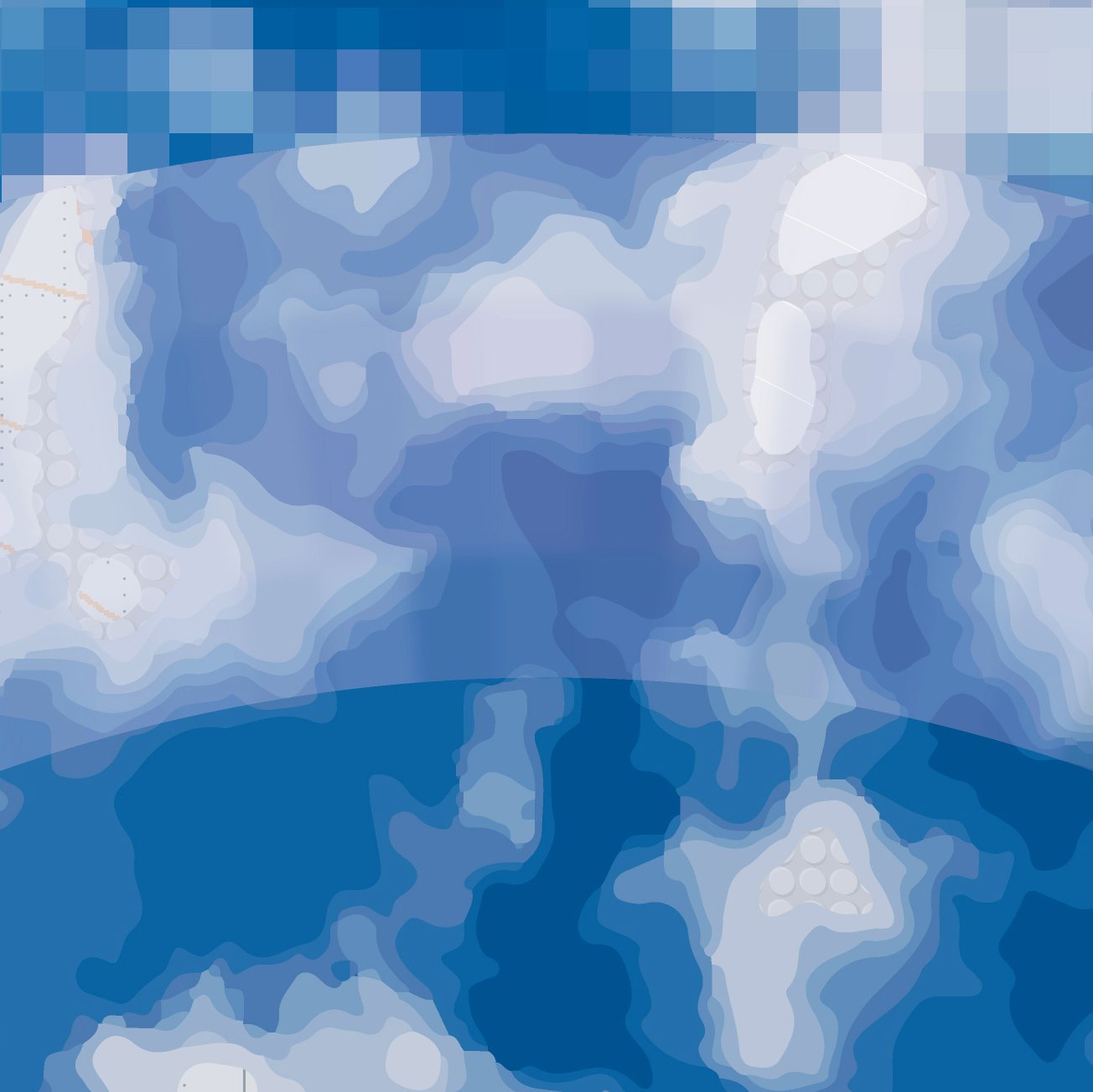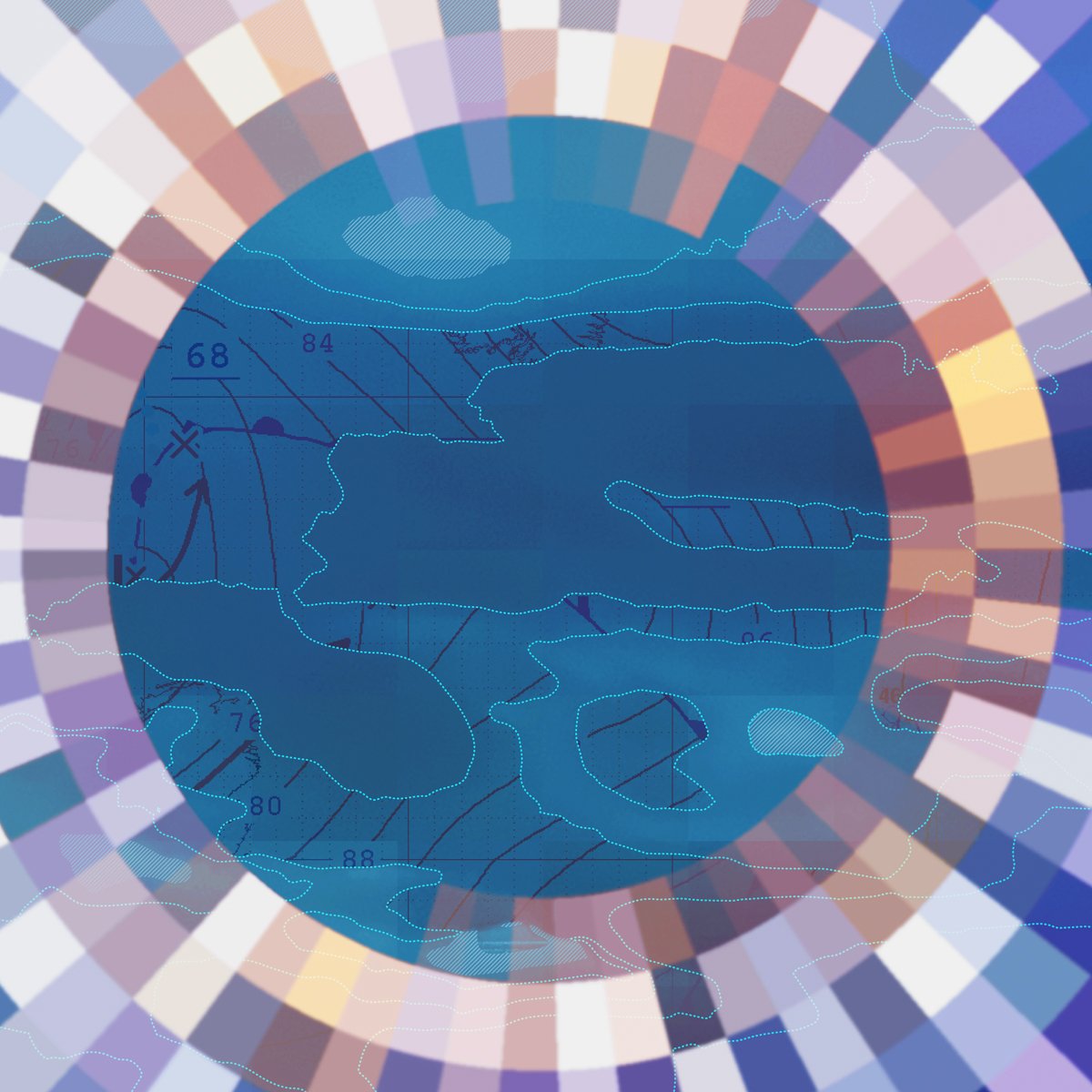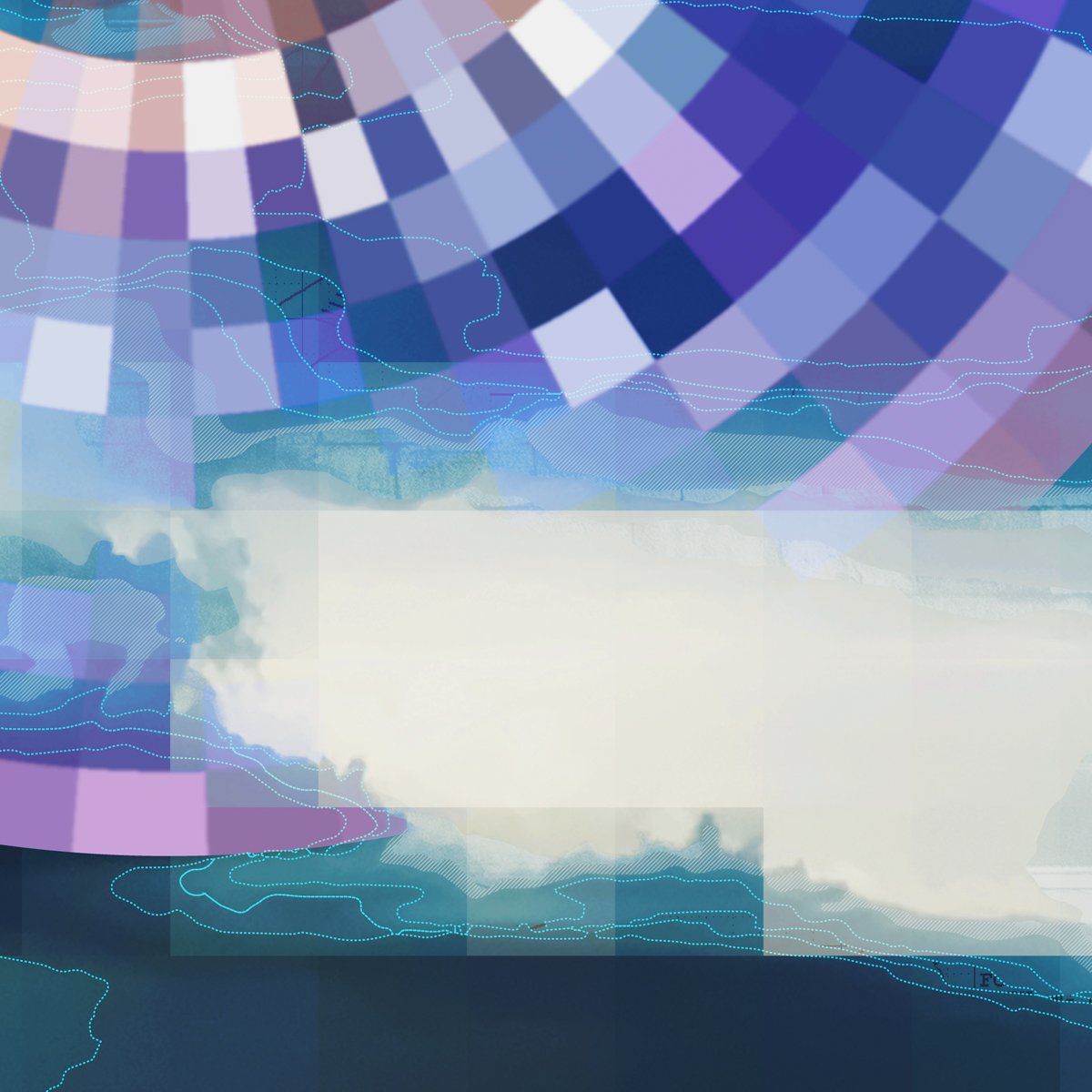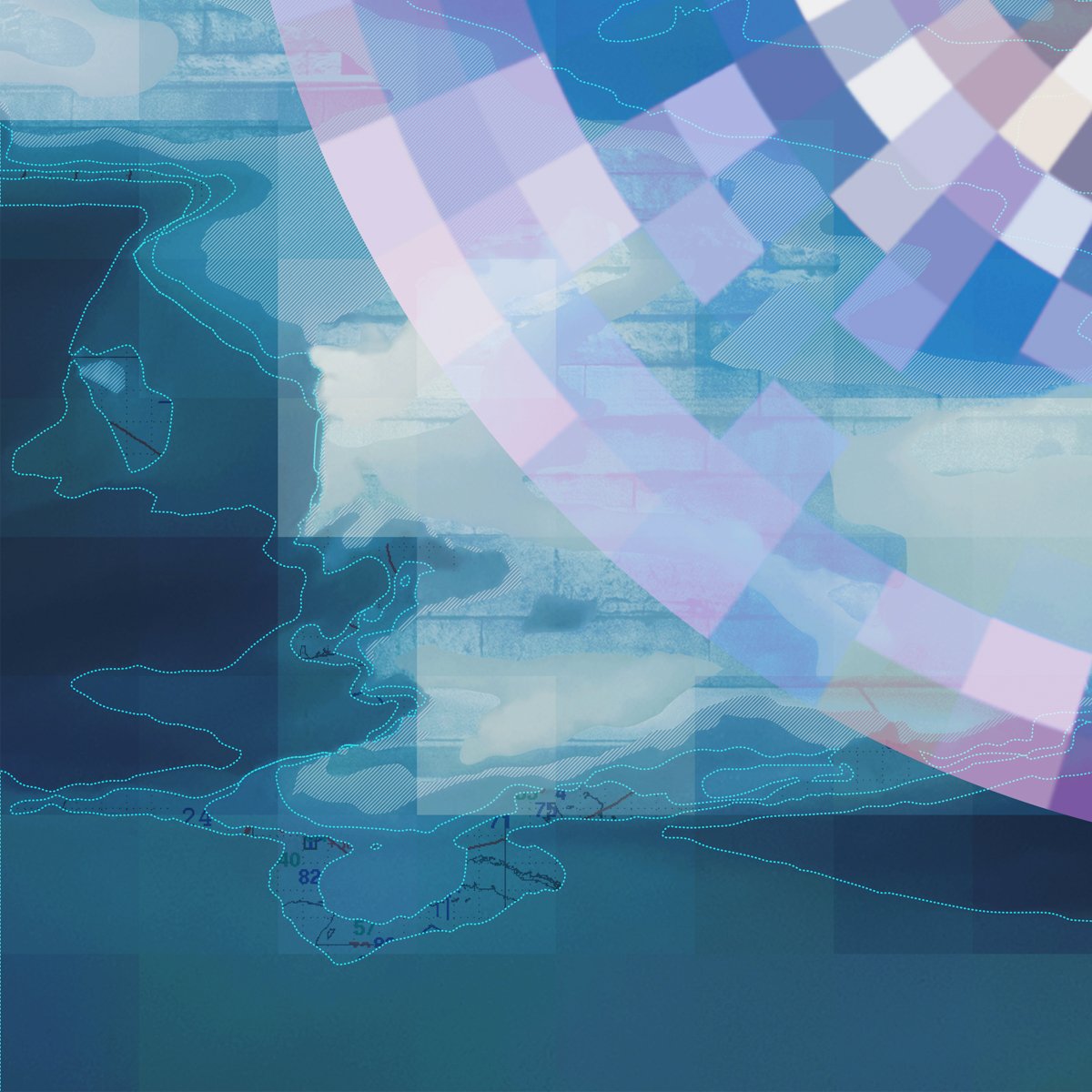From my talk at the opening of Ephemeral Structures at the Gallery at L.E. Shore in Thornbury
What is it like to see?
That’s a silly question you might think, we all know what its like to see. We’re doing it right now.
But when I look closely at waves on the water, I try to follow them with my eyes. Well, that’s too hard so I follow just one but quickly I lose it amongst all the others.
And if I stare at the clouds I try to see and remember their shapes. I imagine buildings, landscapes, and creatures, but I can’t see the entire sky and before I can take it all in, everything has changed. I can’t find where first I started.
If you look at a landscape, a painting or photograph, you can see all those details at once. You can see the shapes of clouds and the pattern of waves. In one way you can now see more because time is frozen. But in another, more accurate way, you see much less because time is frozen!
We can perceive less than we think we do. The actual area of detail vision that we see is a very narrow cone. It is the size of your thumbnail at arm’s length. Fovea Centralis. The detail in the rest of your field of vision declines rapidly as you move away from the centre towards the periphery.
So how can we experience such a complex and detailed environment? If I only see a thumbnail’s worth of detail, how can this room seem so intricate? Full of people and art? If we’re stuck with such limited inputs? The answer is that we’re making it up! Our brain builds a model of what the world is like and then our senses just check for accuracy and provide updates and corrections. Bayesian inference it’s called. The world we experience is a hallucination. – fact checked buy the senses.
This is not my idea by the way; it’s based on the research of neuroscientists such as Anil Seth.
Horizon
I wanted to play with this idea – that we create the image of the world. In these pictures, your mind goes between seeing the material, the fabric the lines and seeing through to the image – that is constructed in the mind. And with these different surfaces and representational modes, you never ‘see’ everything at the same time. Not just material, not just waves, not just clouds not just Plexiglas layers. The work is always changing as you look at it – as you switch from one mode to the next.
Cloud Structures 1
These cloud structures are based on sightings from my cloud observatory as I call it – which is really anywhere I can see the sky. They are based on the imaginary architecture I’ve projected onto the clouds. But they’re also cloud-like in that the shapes within them break apart and contradict each other.
A visual reference here is also something I occasionally experience – an ocular migraine aura. It’s a phenomenon in the visual field that causes me to see shimmering patterns of crystalline structures for twenty minutes or so. An internal experience that only I can see – but then again so is every experience of the world if we accept the idea that each individual creates their own reality.
Station Tower
In these pieces fragments of architecture appear. They are again based on the structures I imagine in the clouds – clouds are like Rorschach tests – you see what is on your mind and what interests you. In this case the structures are historical buildings from around here such as the Meaford station and an old Wheelbarrow factory. All the architecture I reference here has been torn down. The point being that even things around us that seem solid and permanent such as buildings are really only temporary, ephemeral structures in a longer time frame.
Perceiving creates the world. By looking carefully, we discover that we often unnecessarily narrow our experience of what is possible. At the same time, we make the mistake of believing that the world we conjure with our minds is complete, solid, and permanent. What we see is not all there is.

















